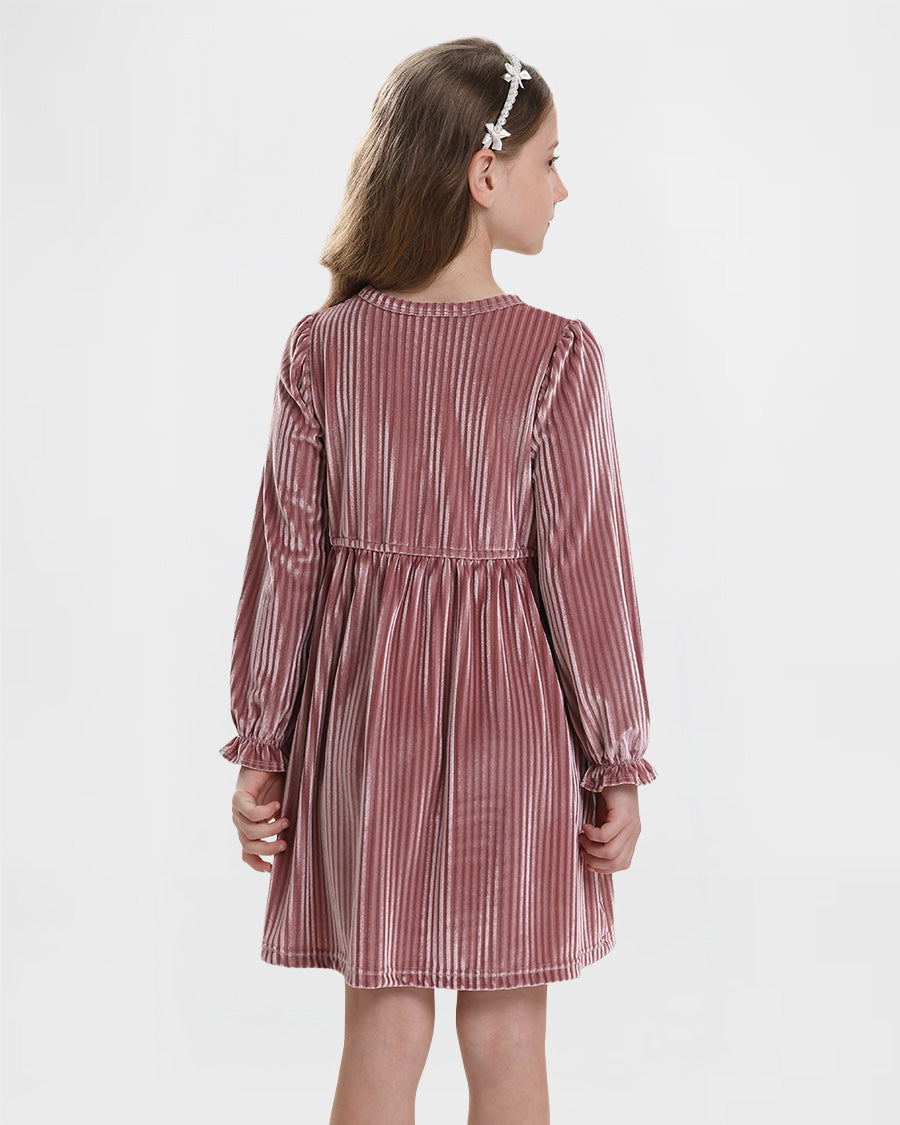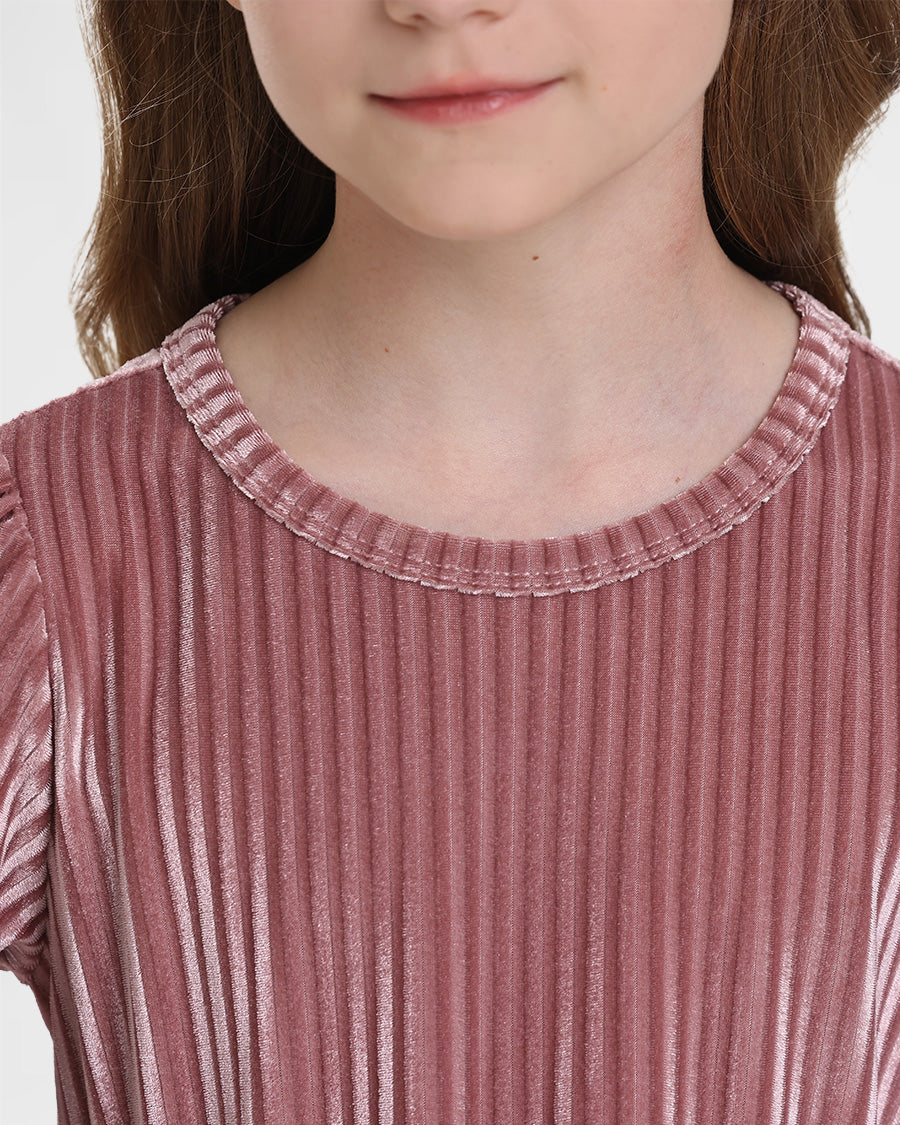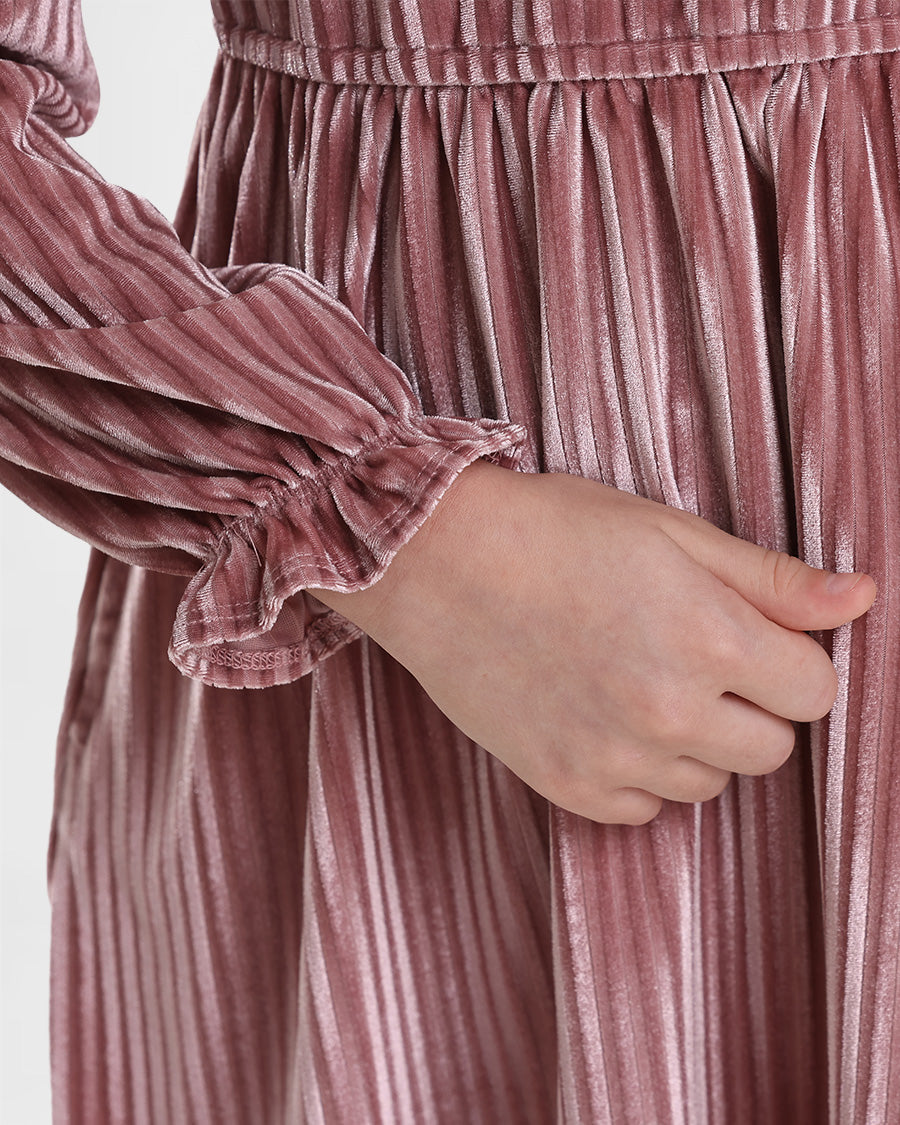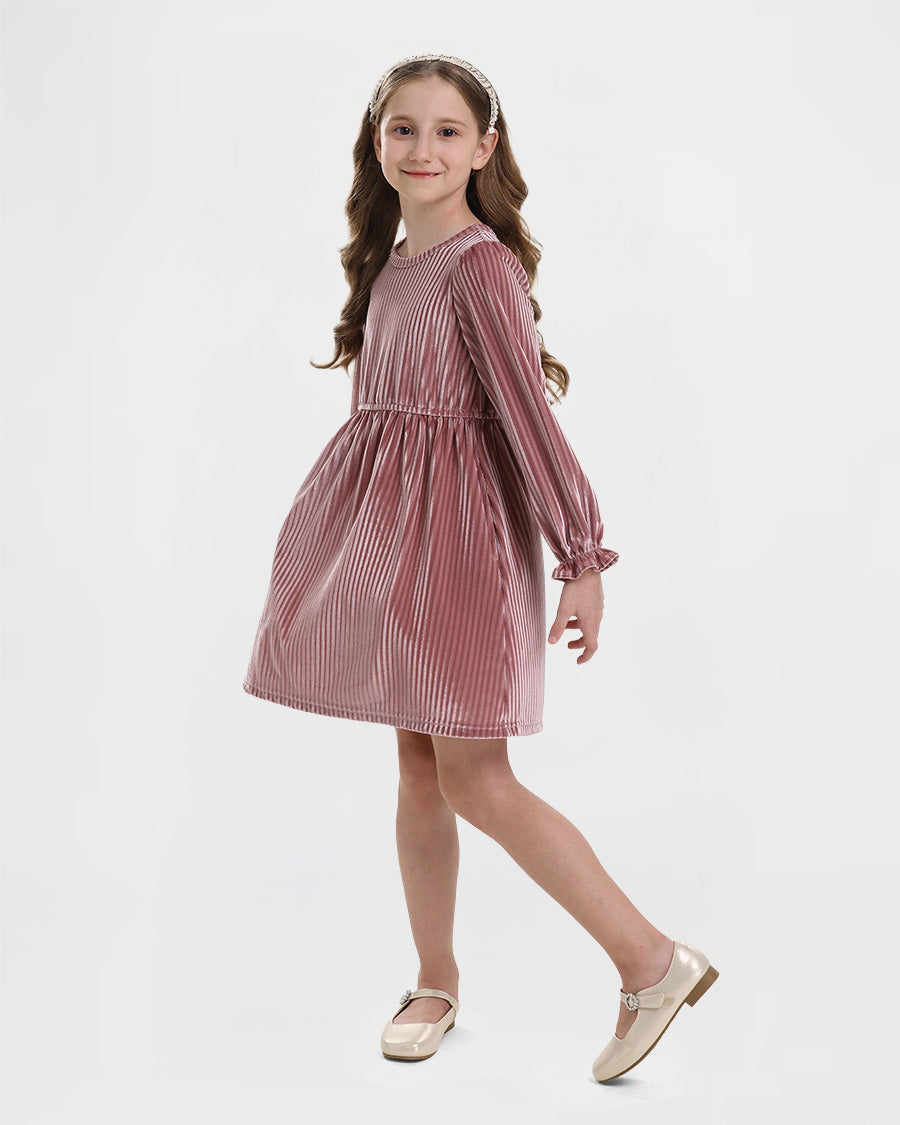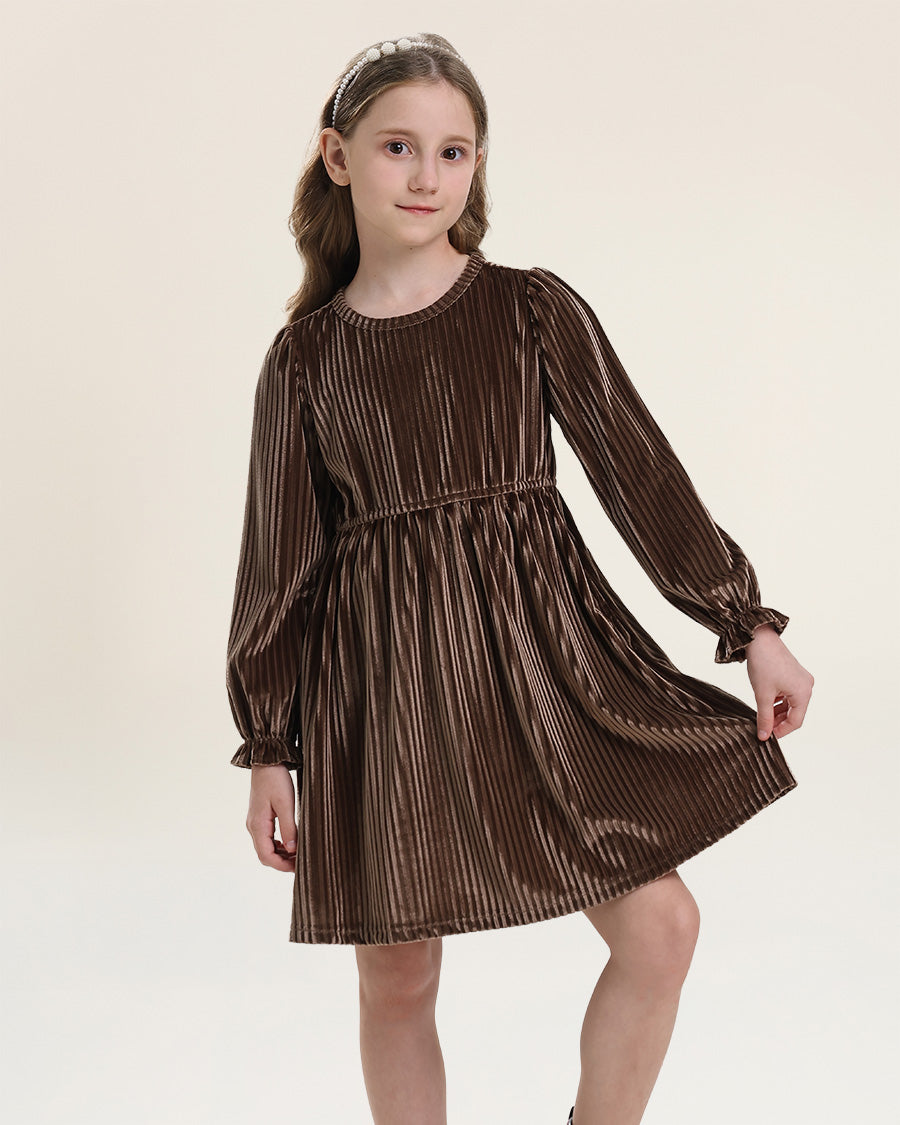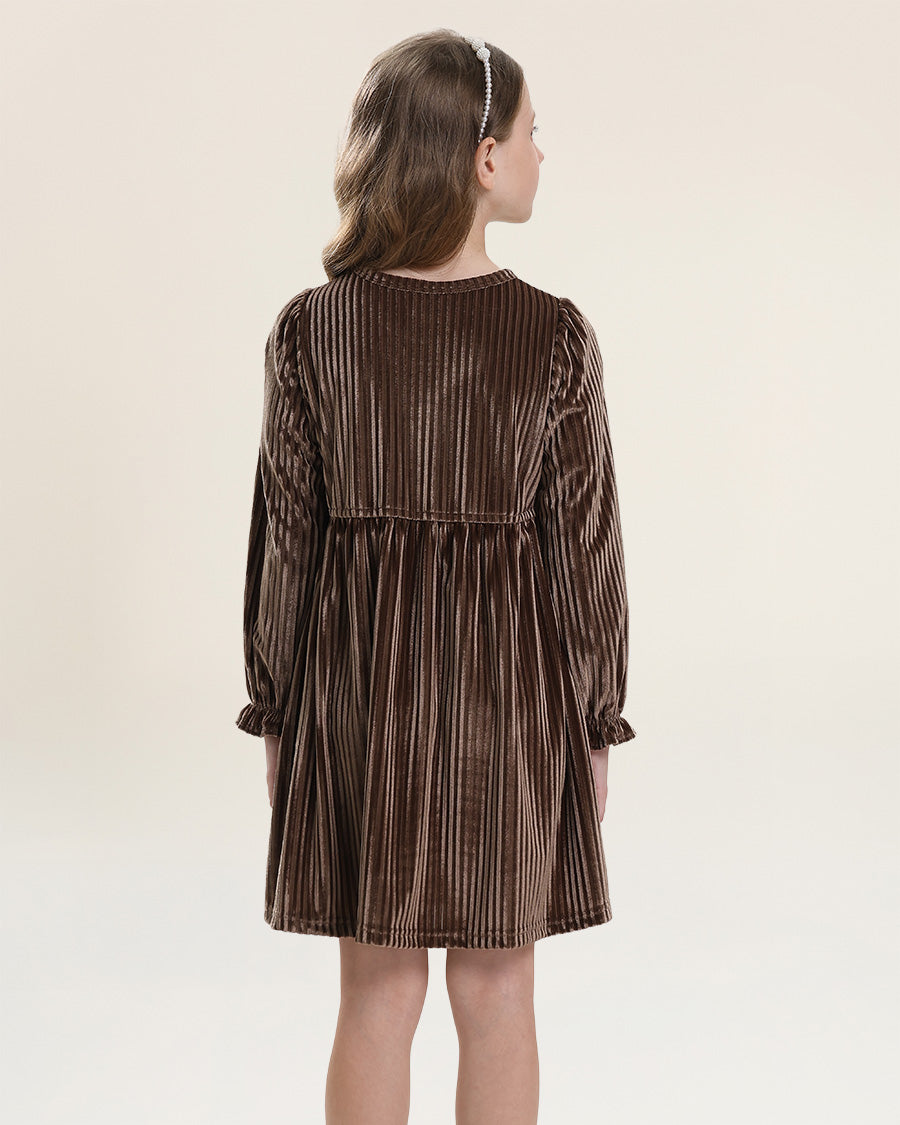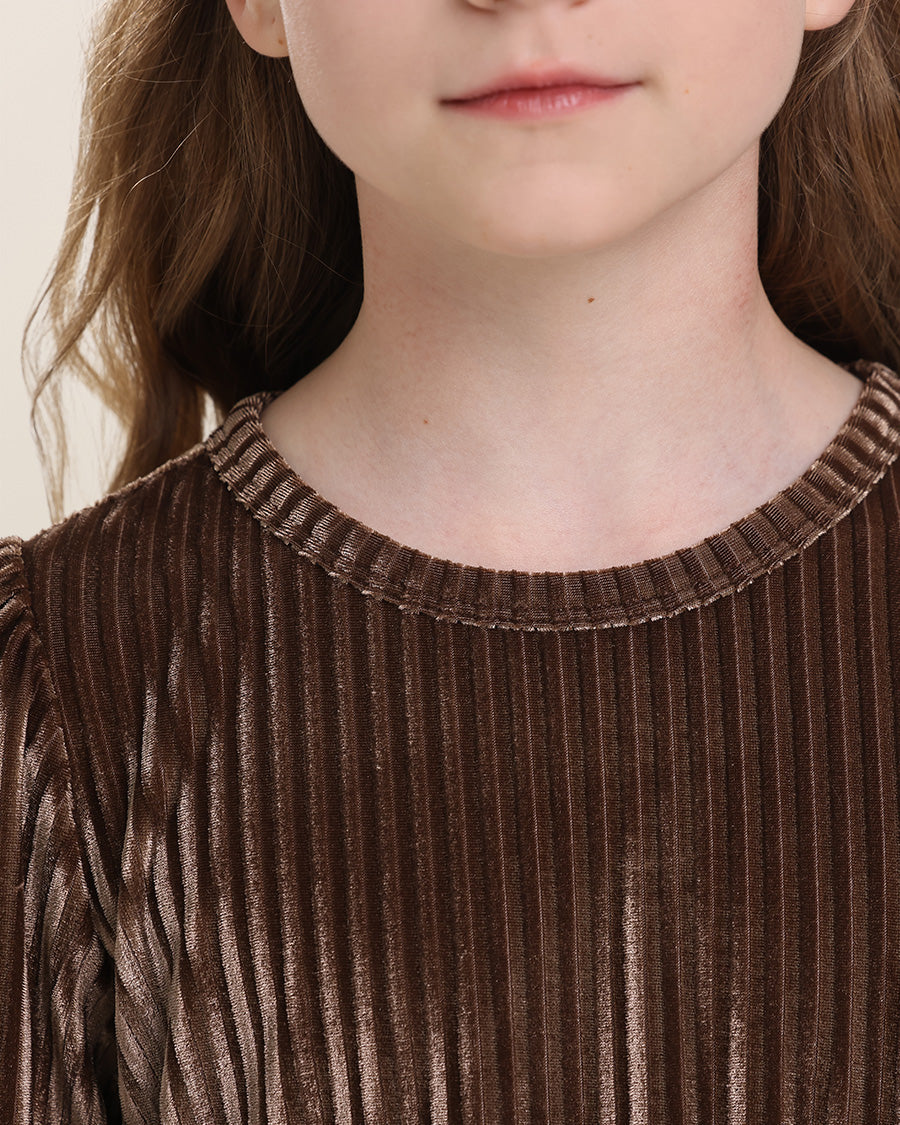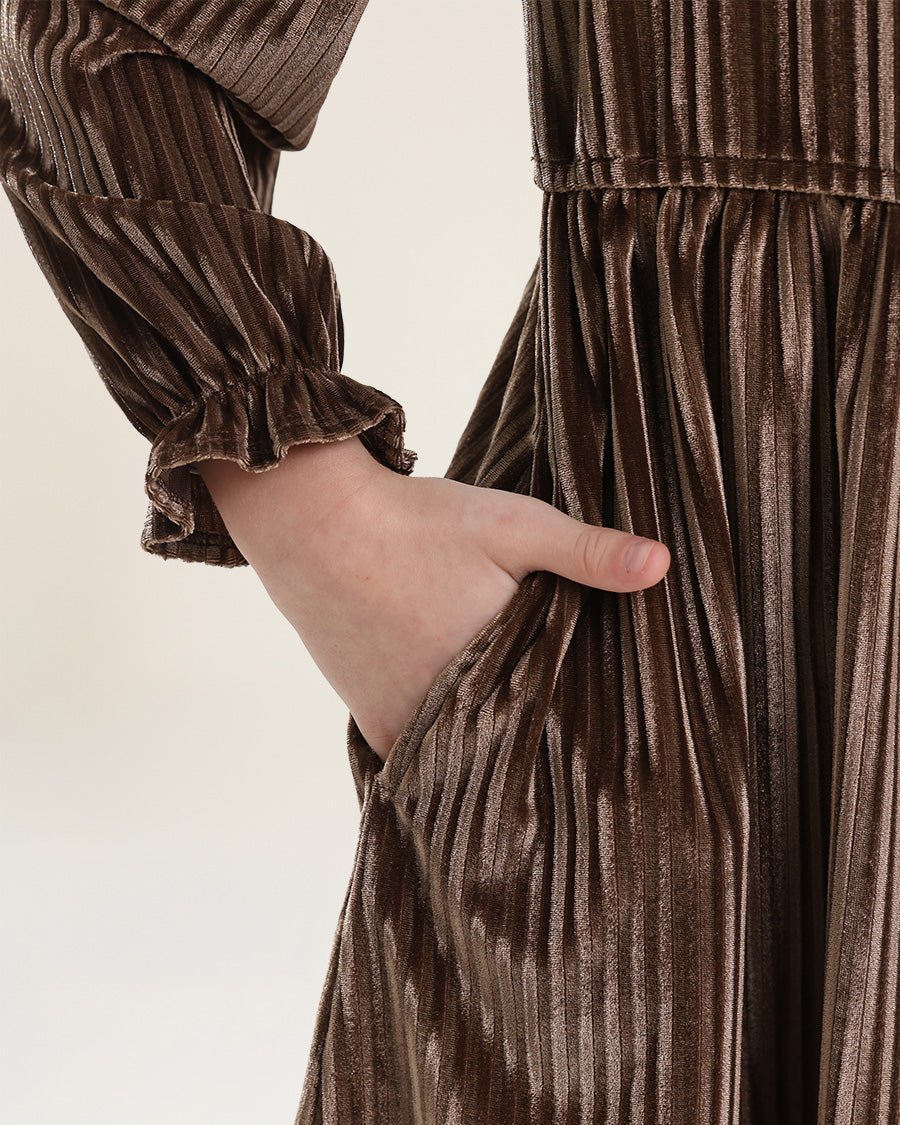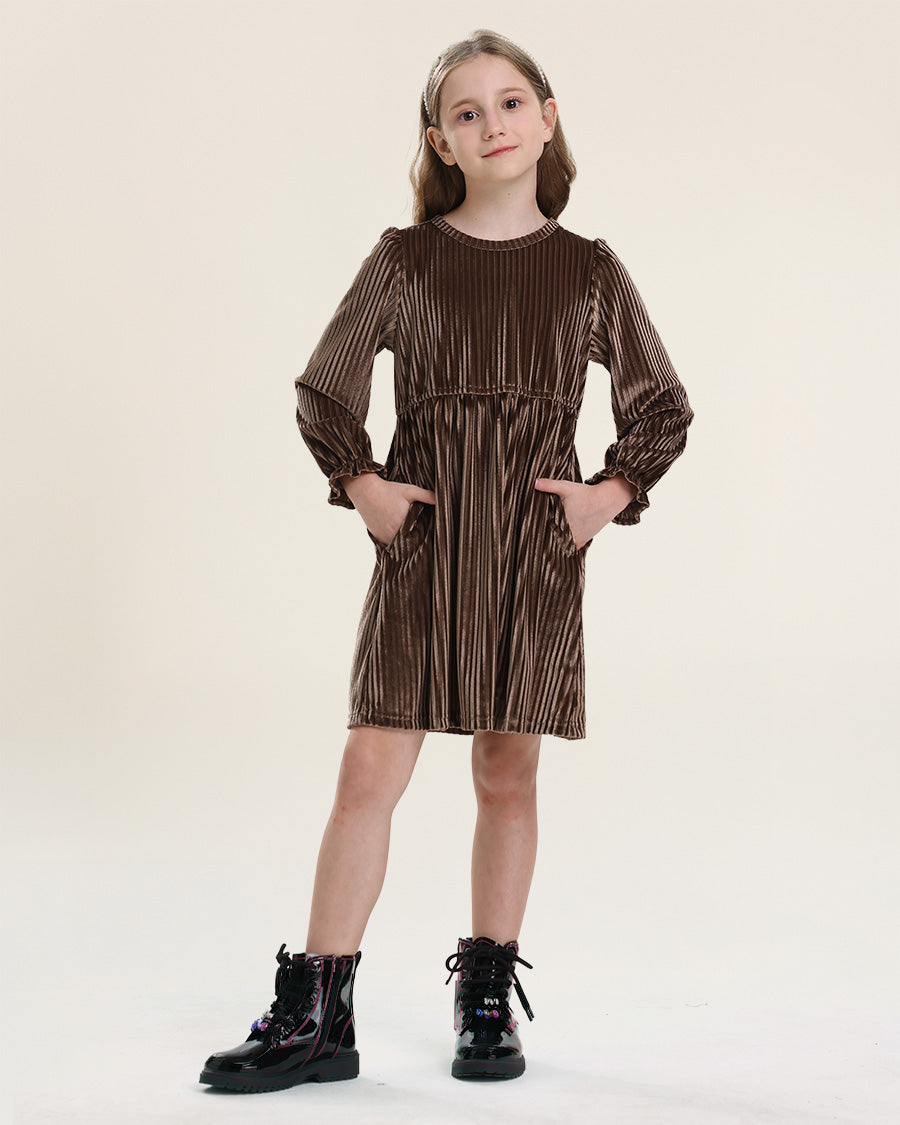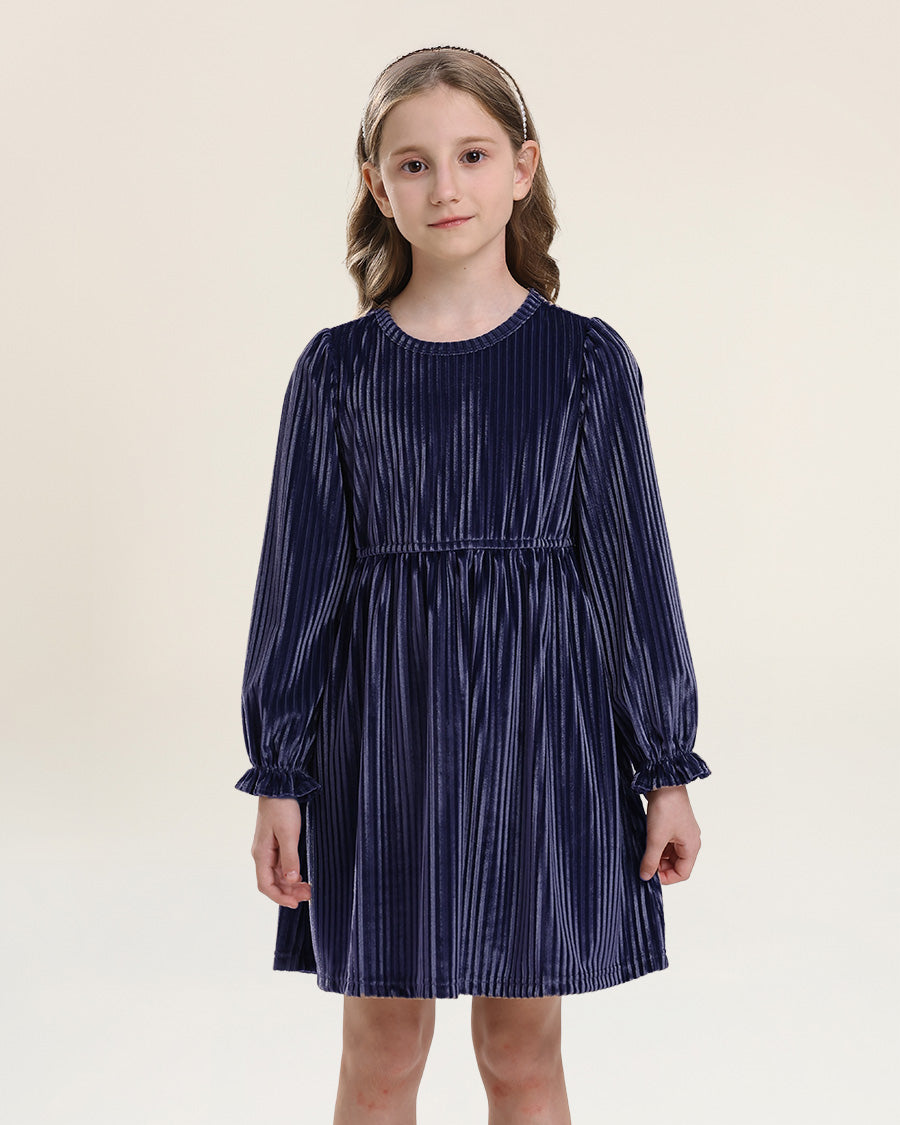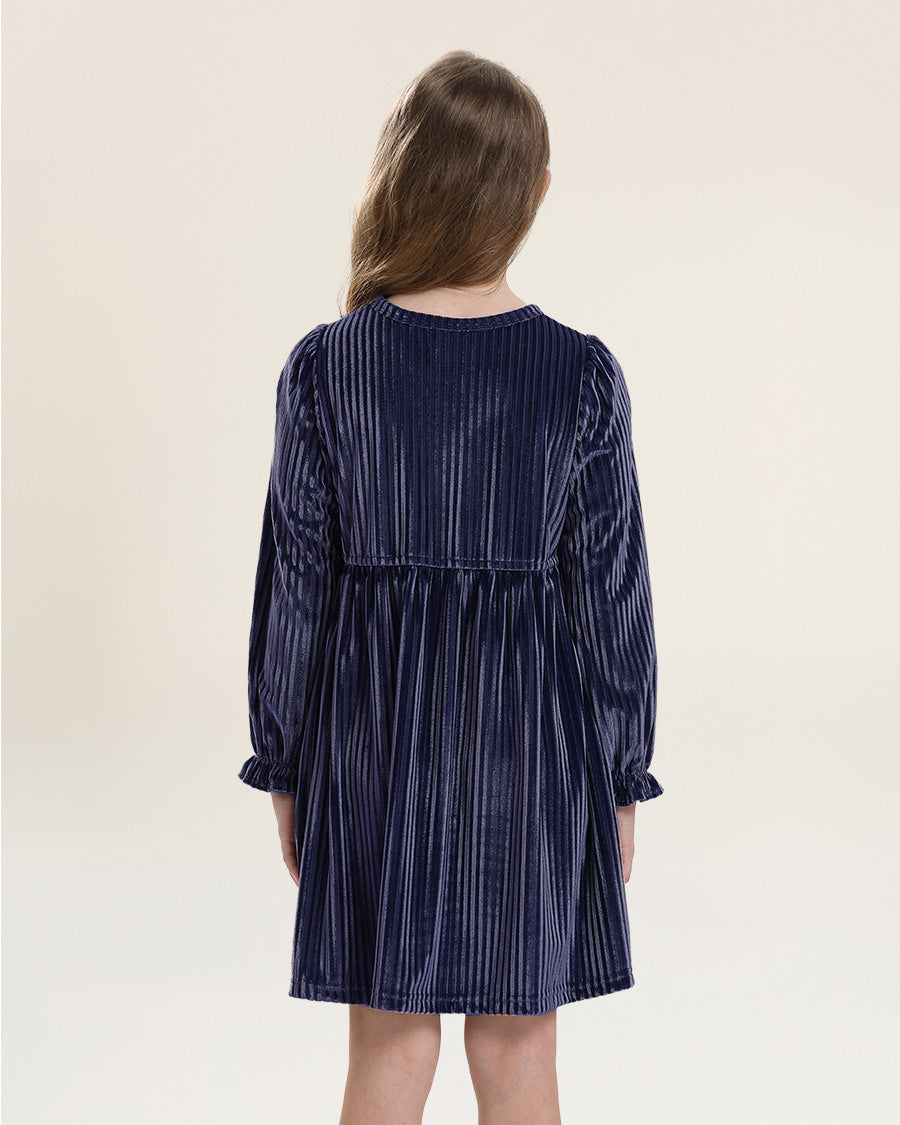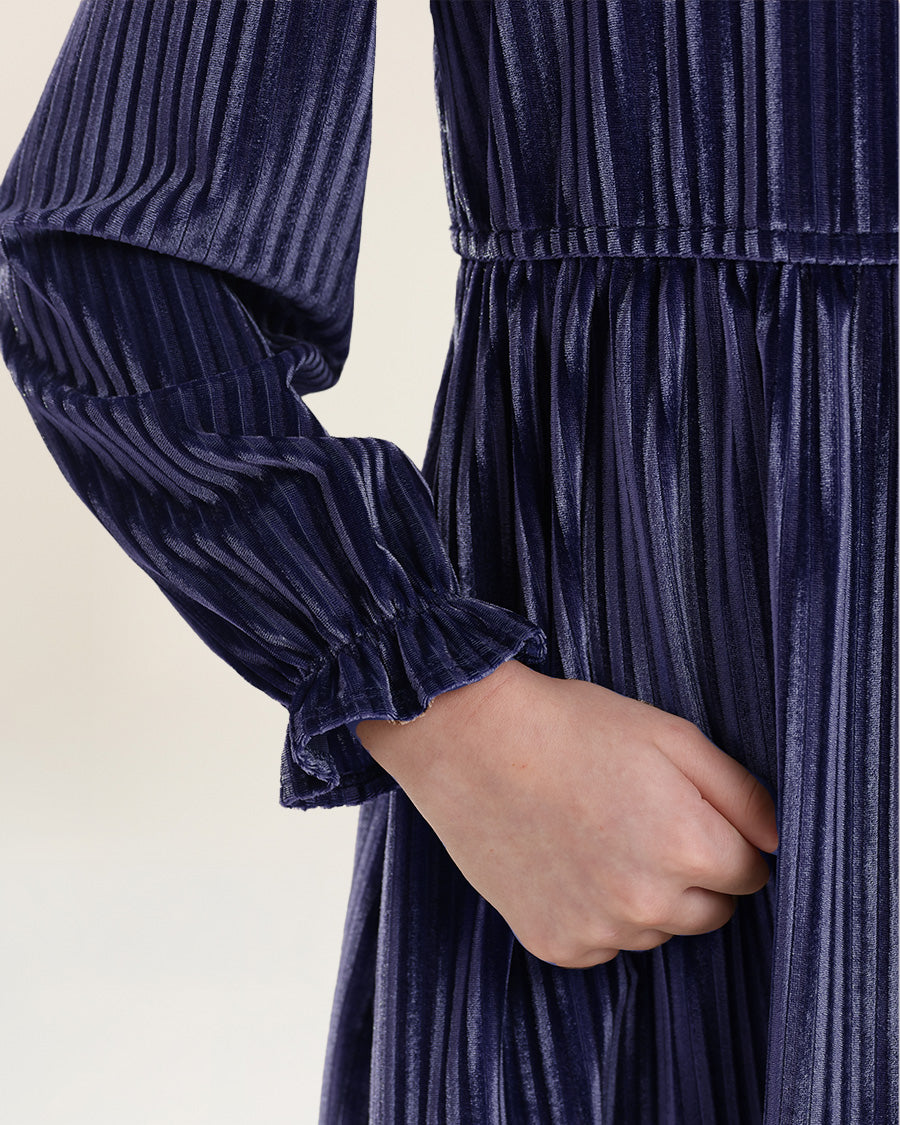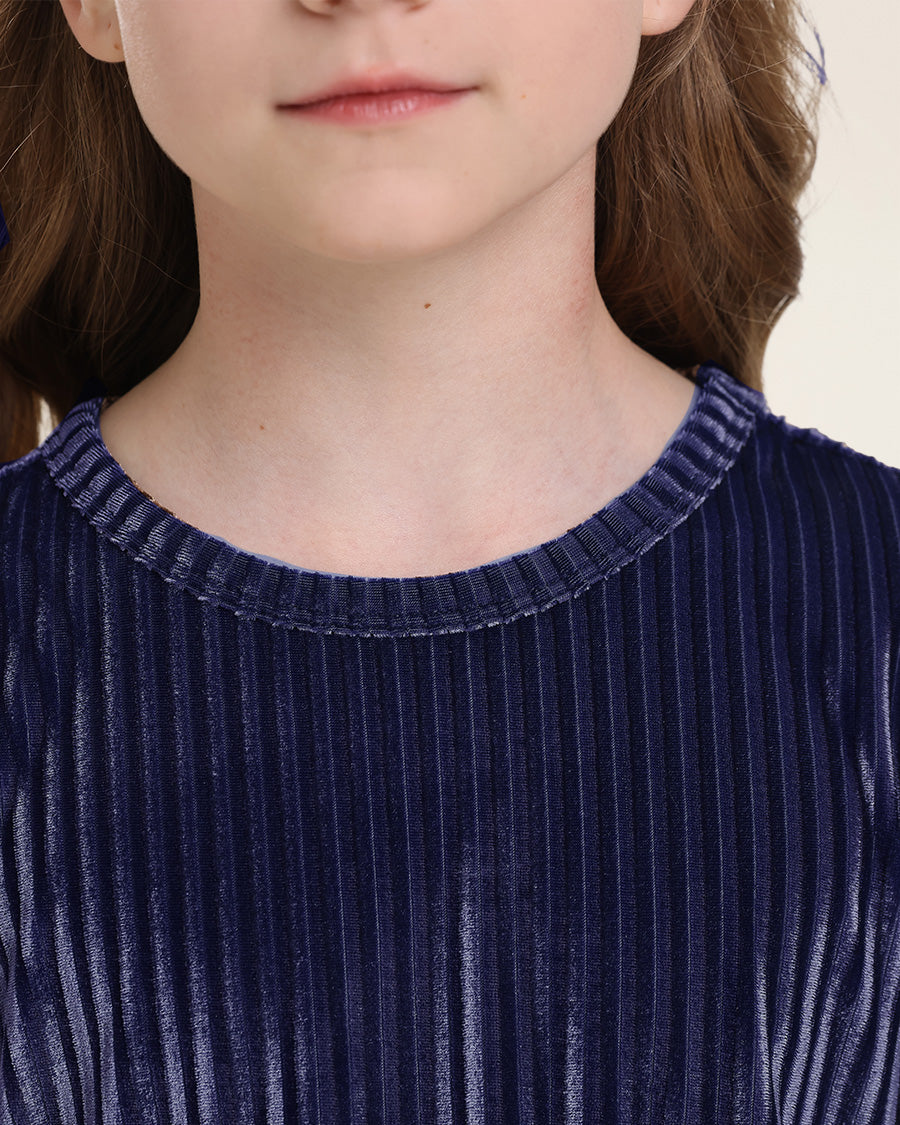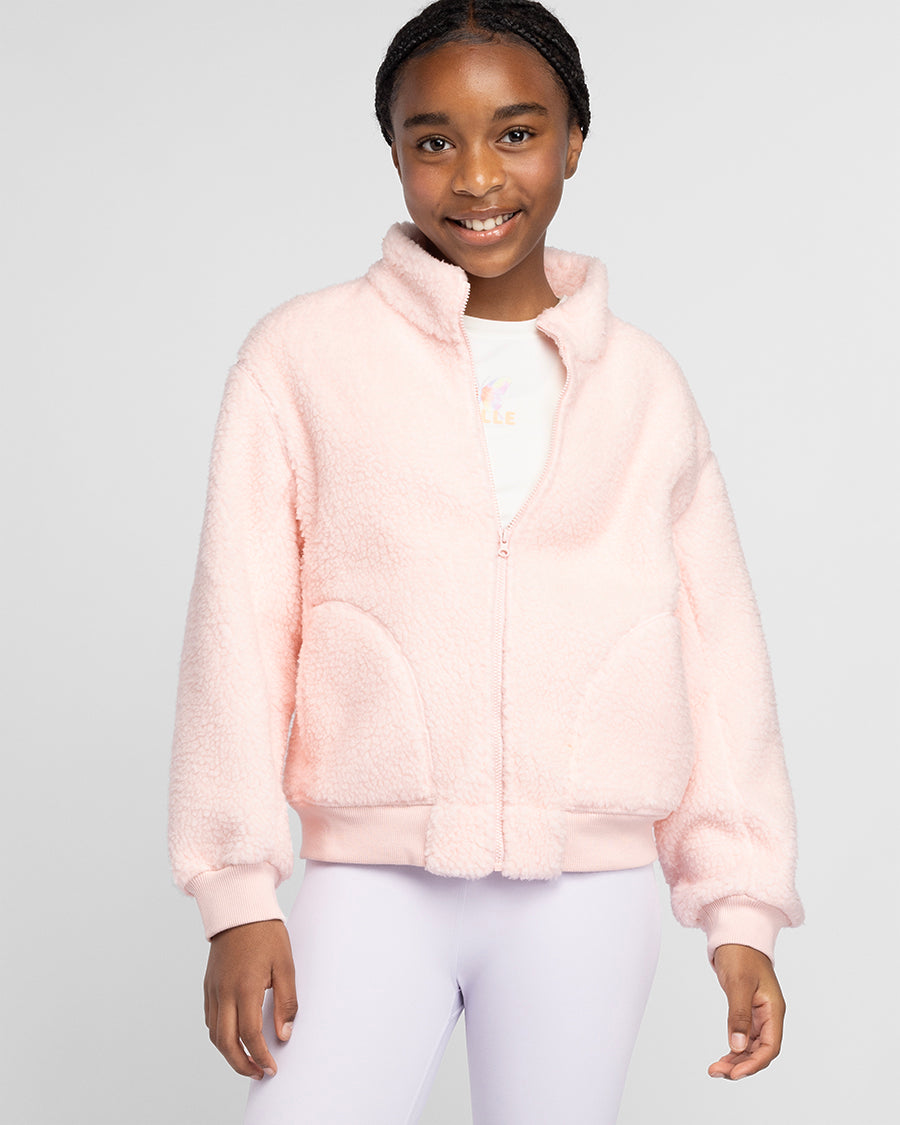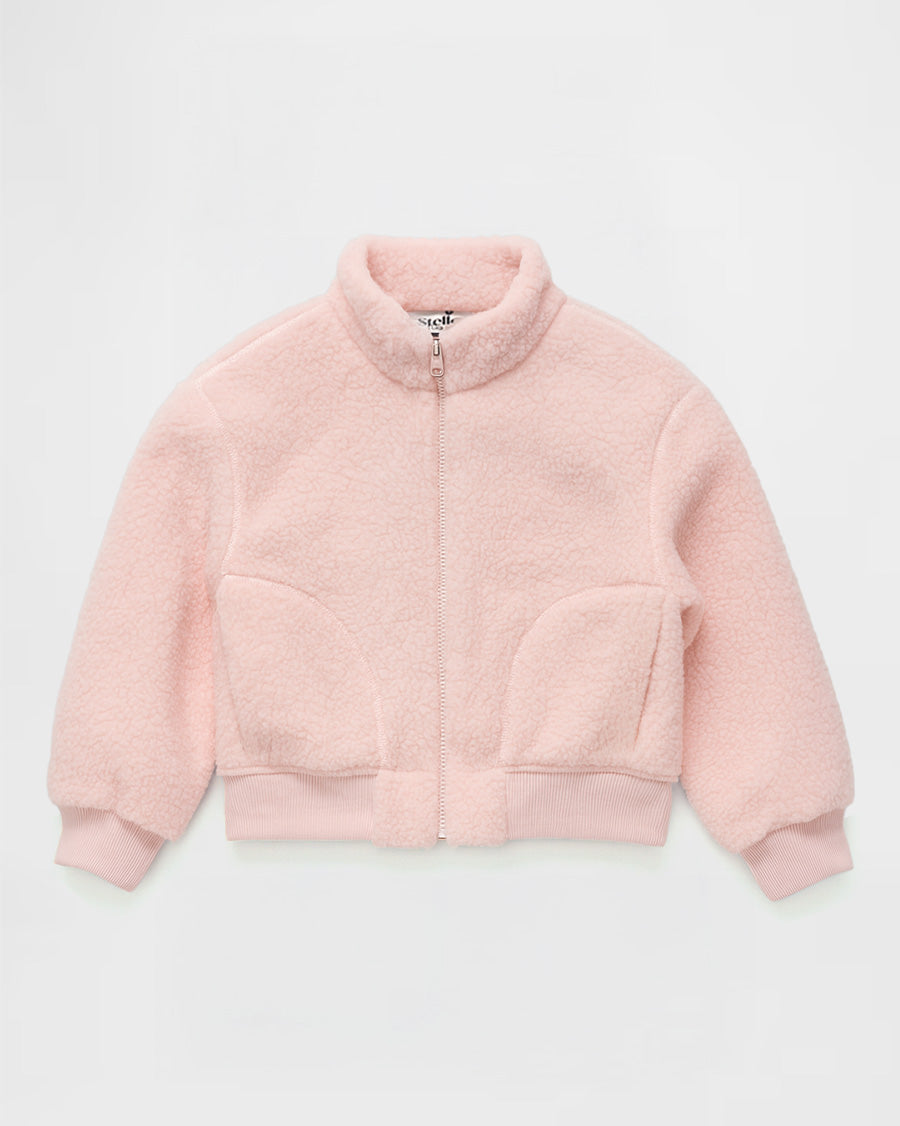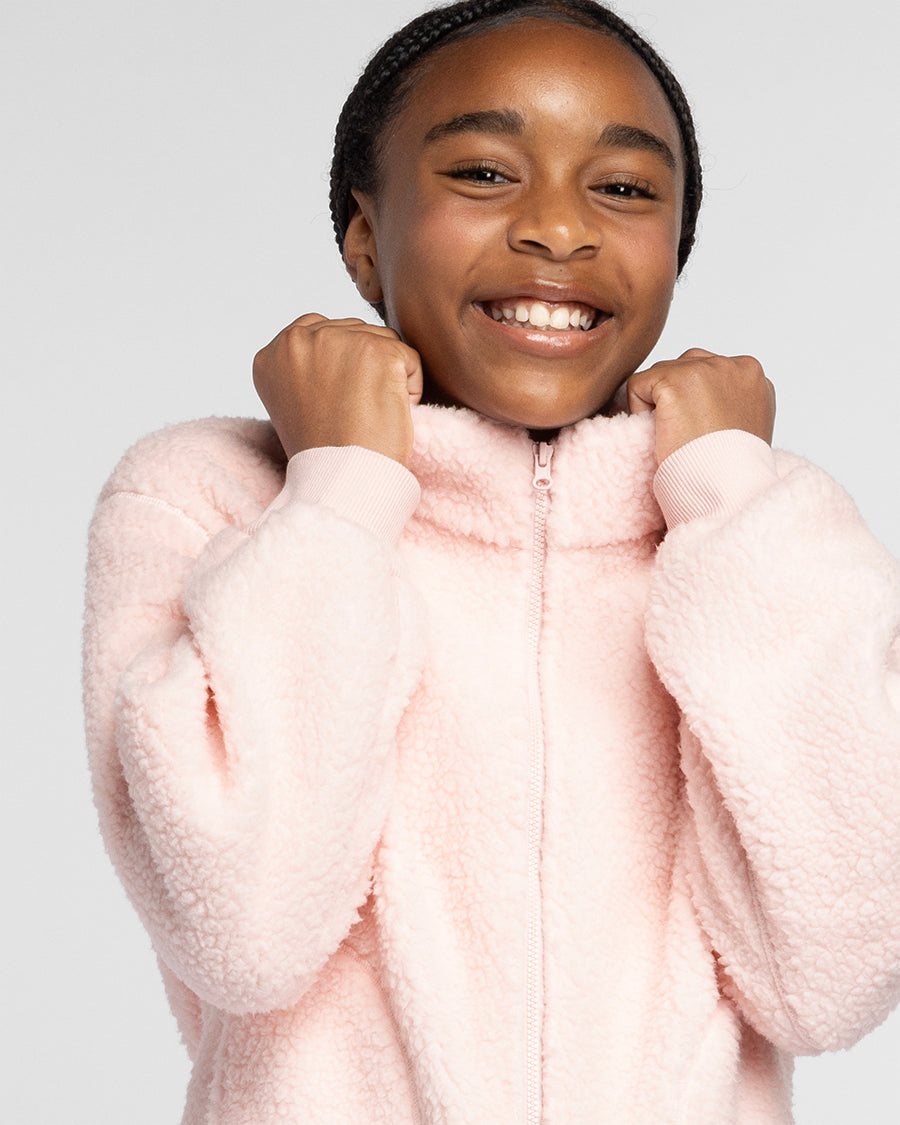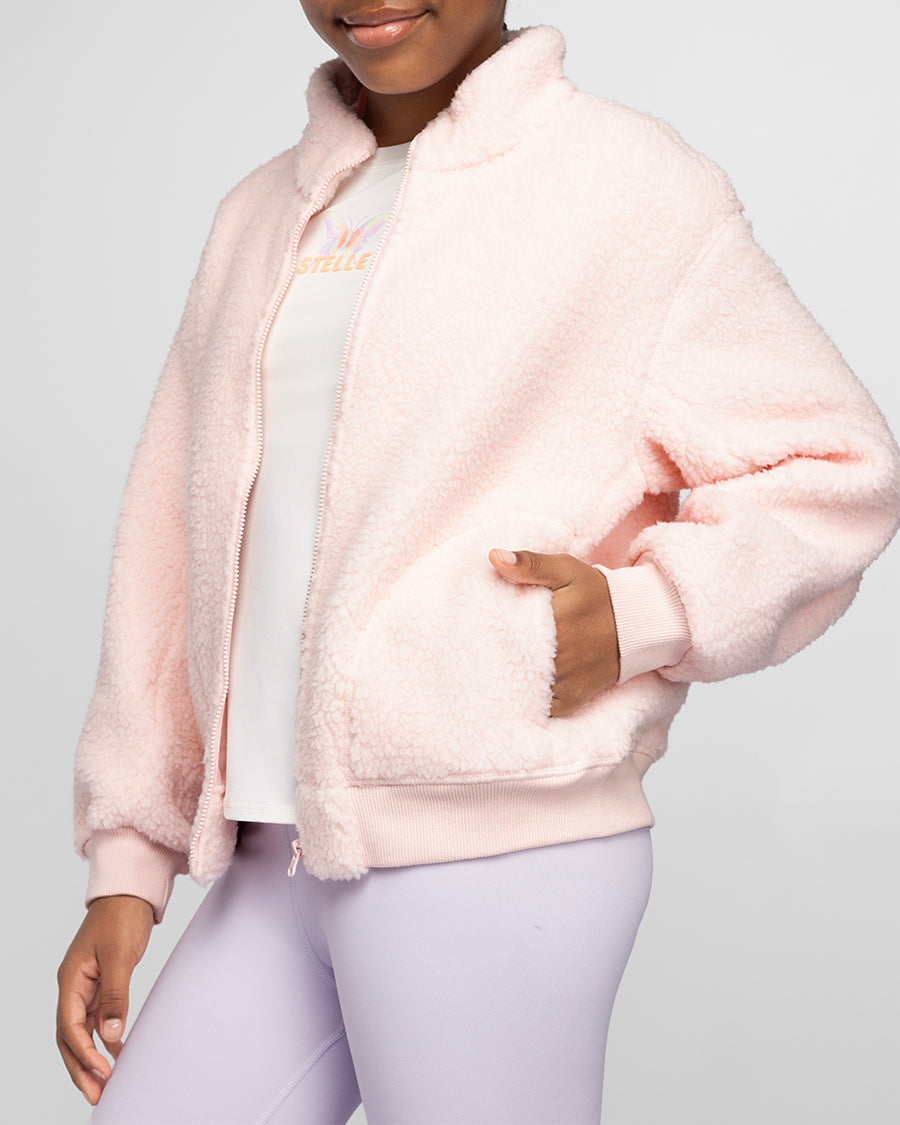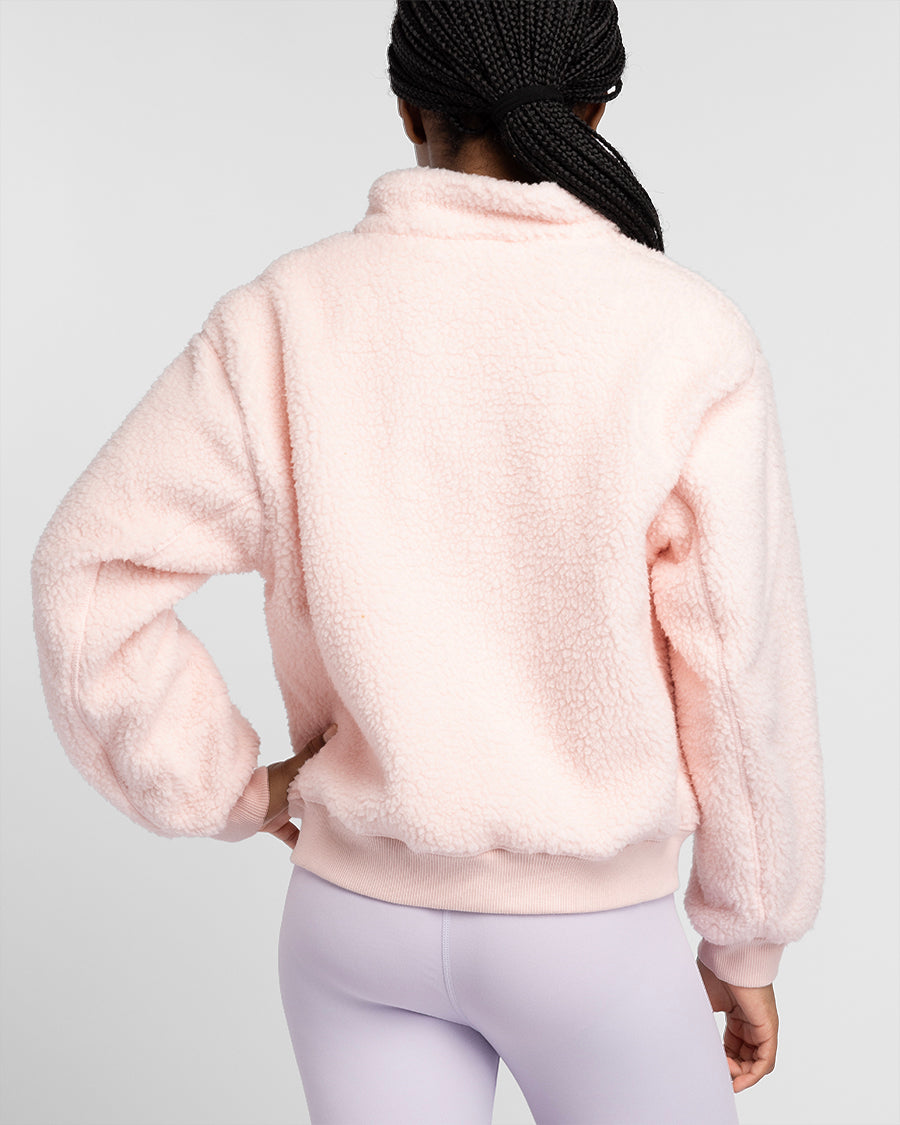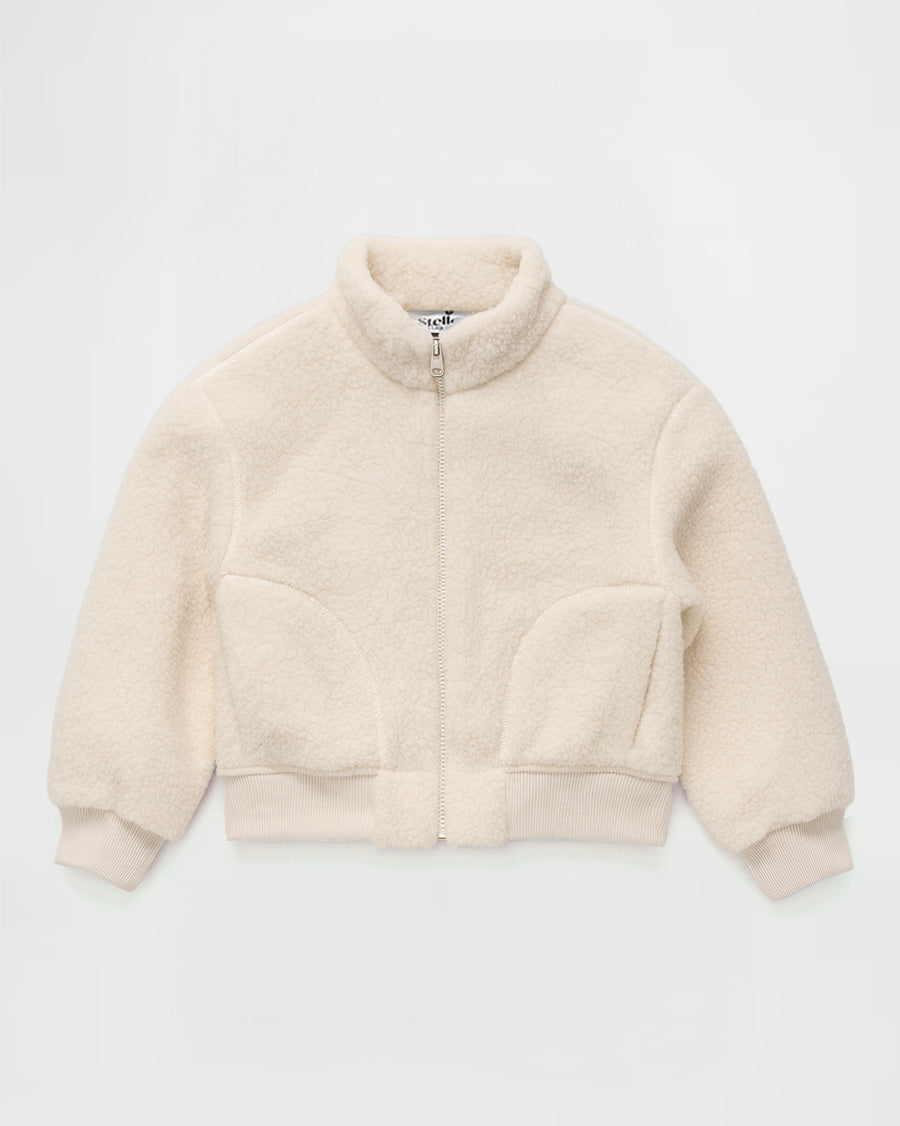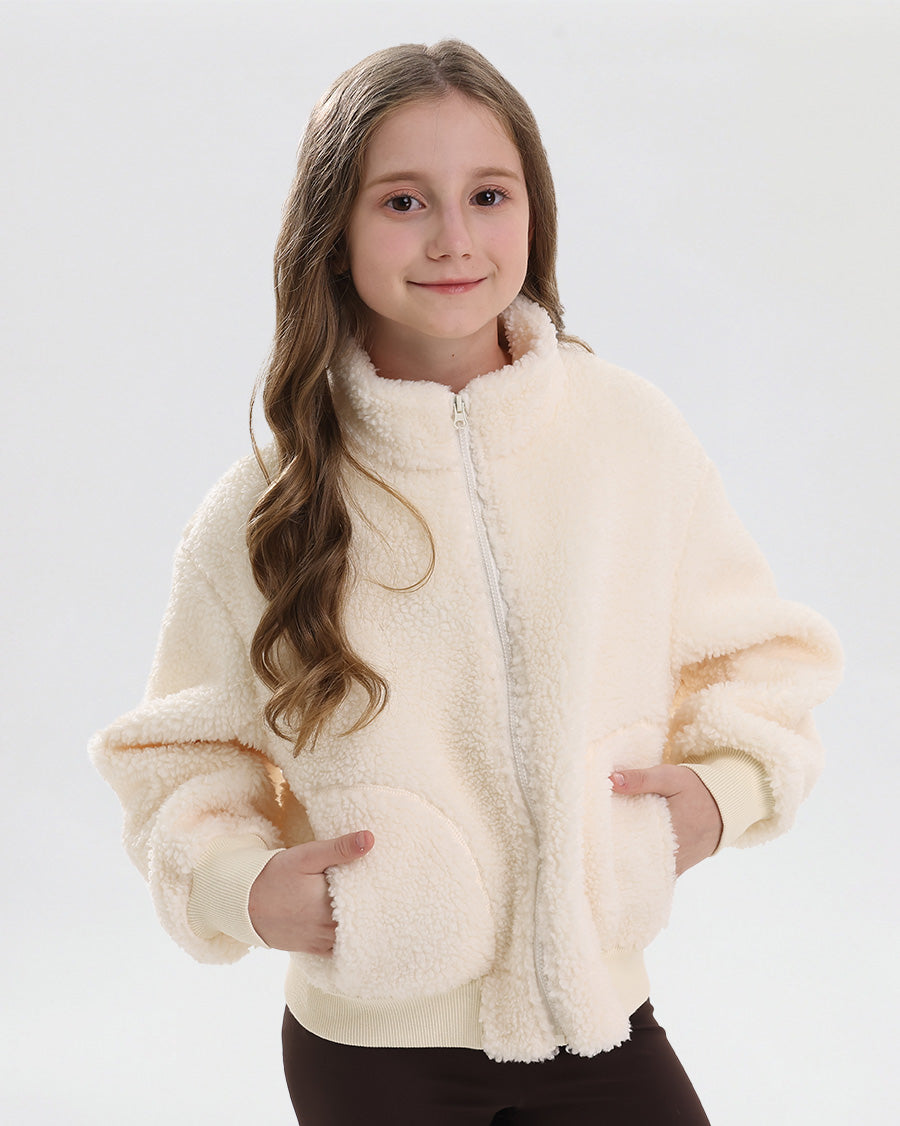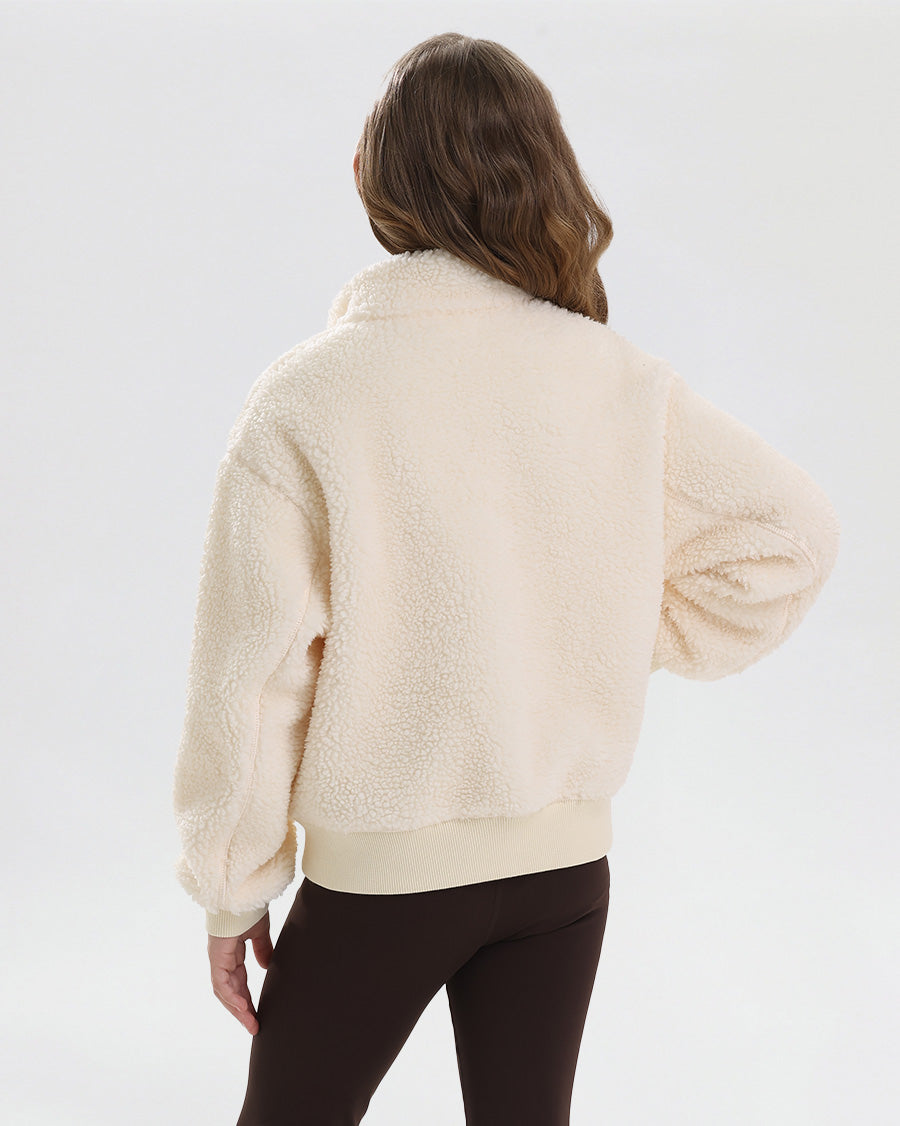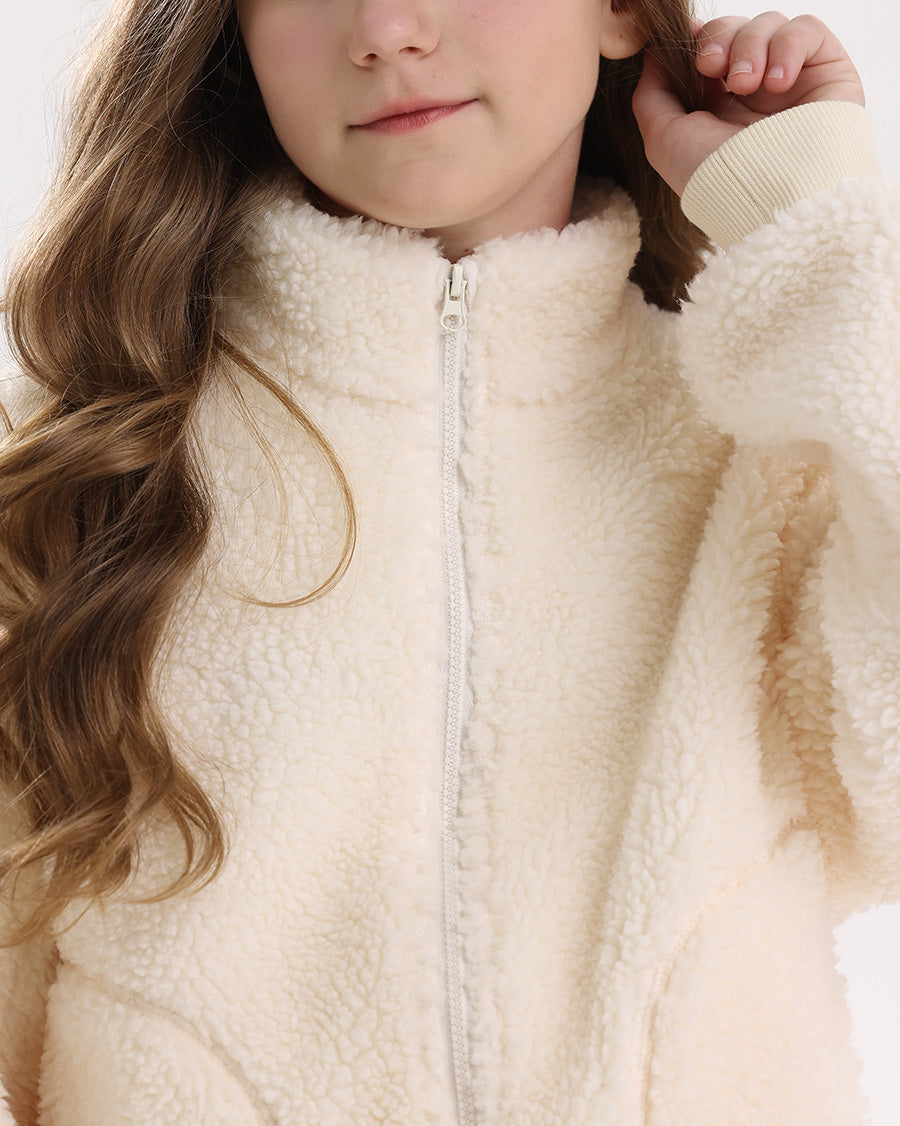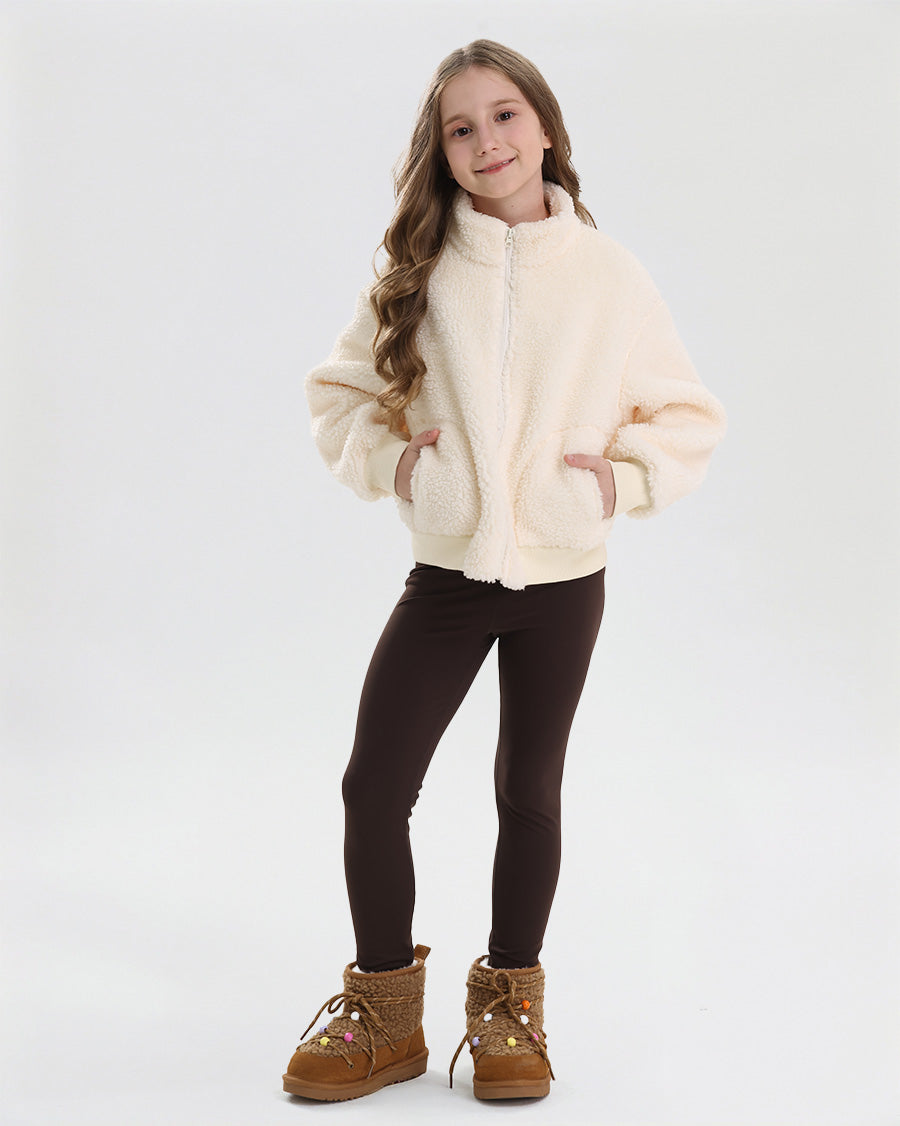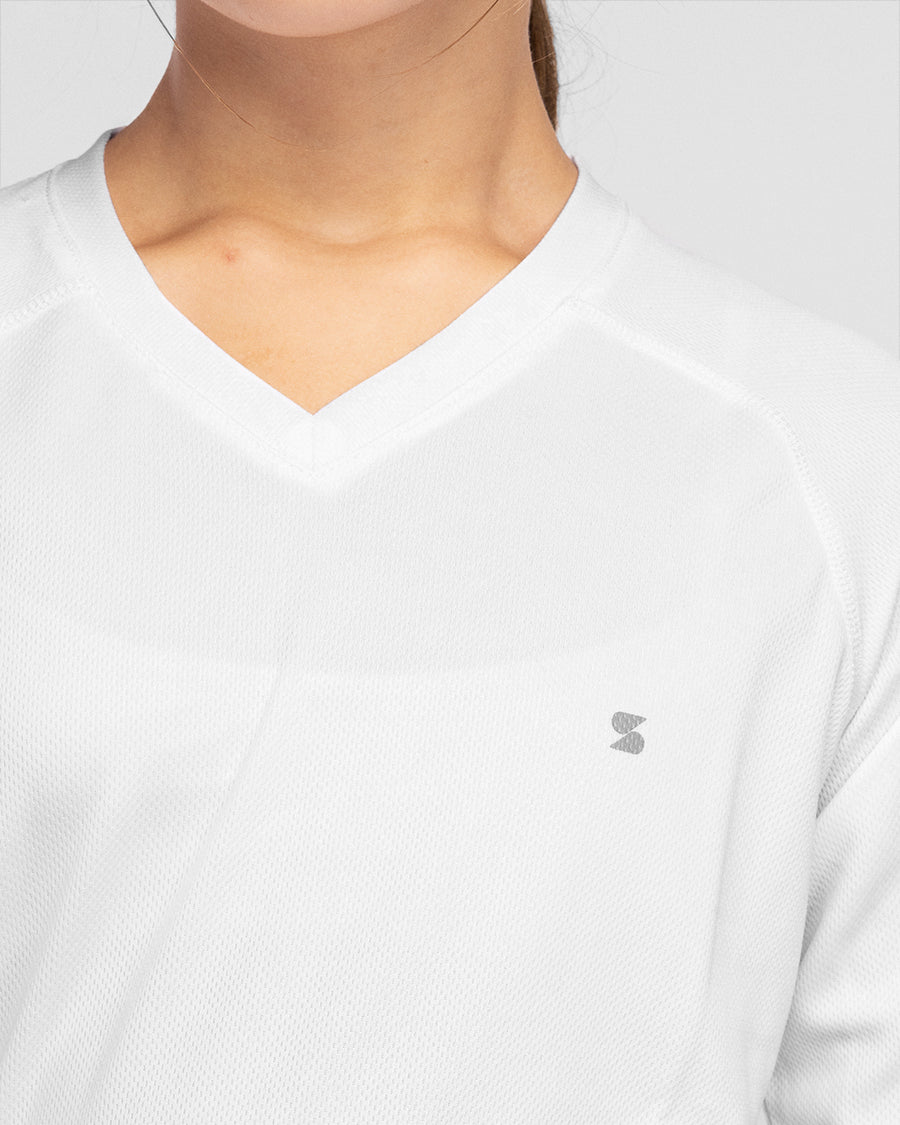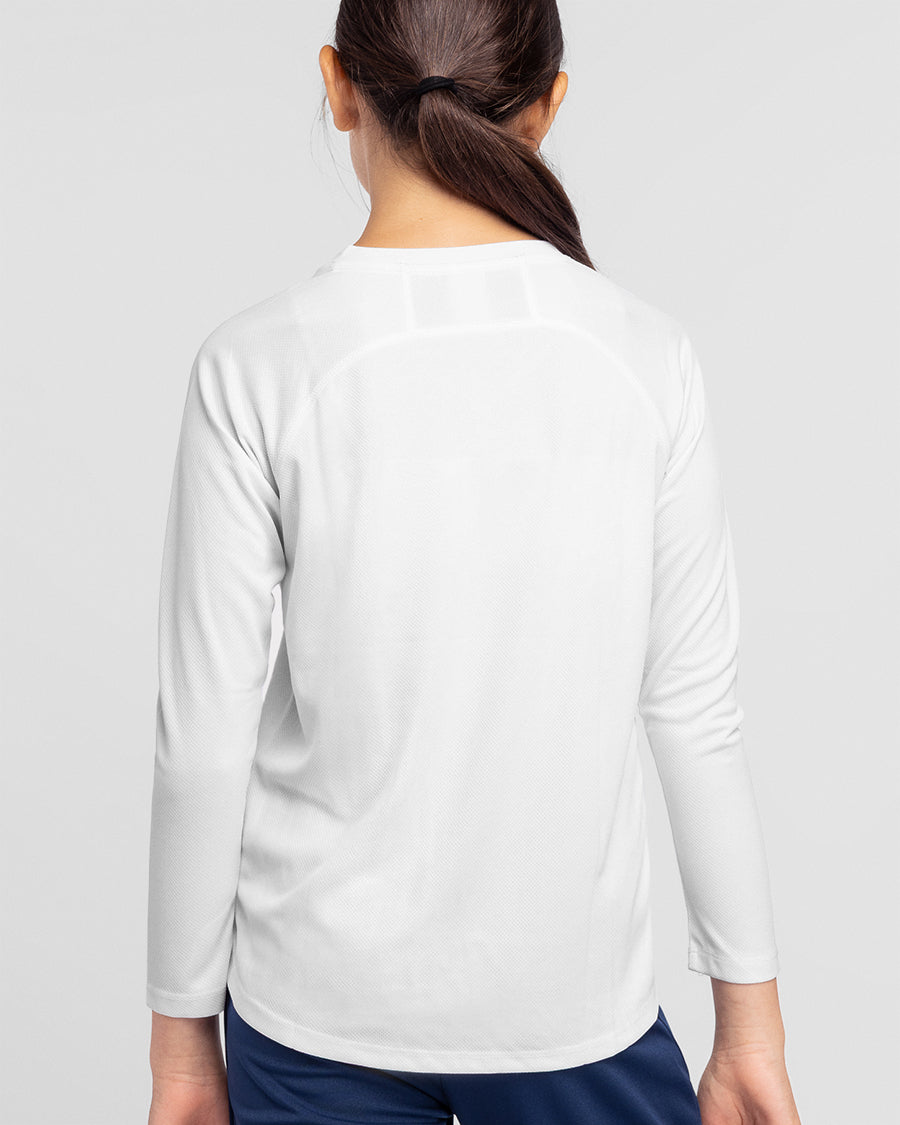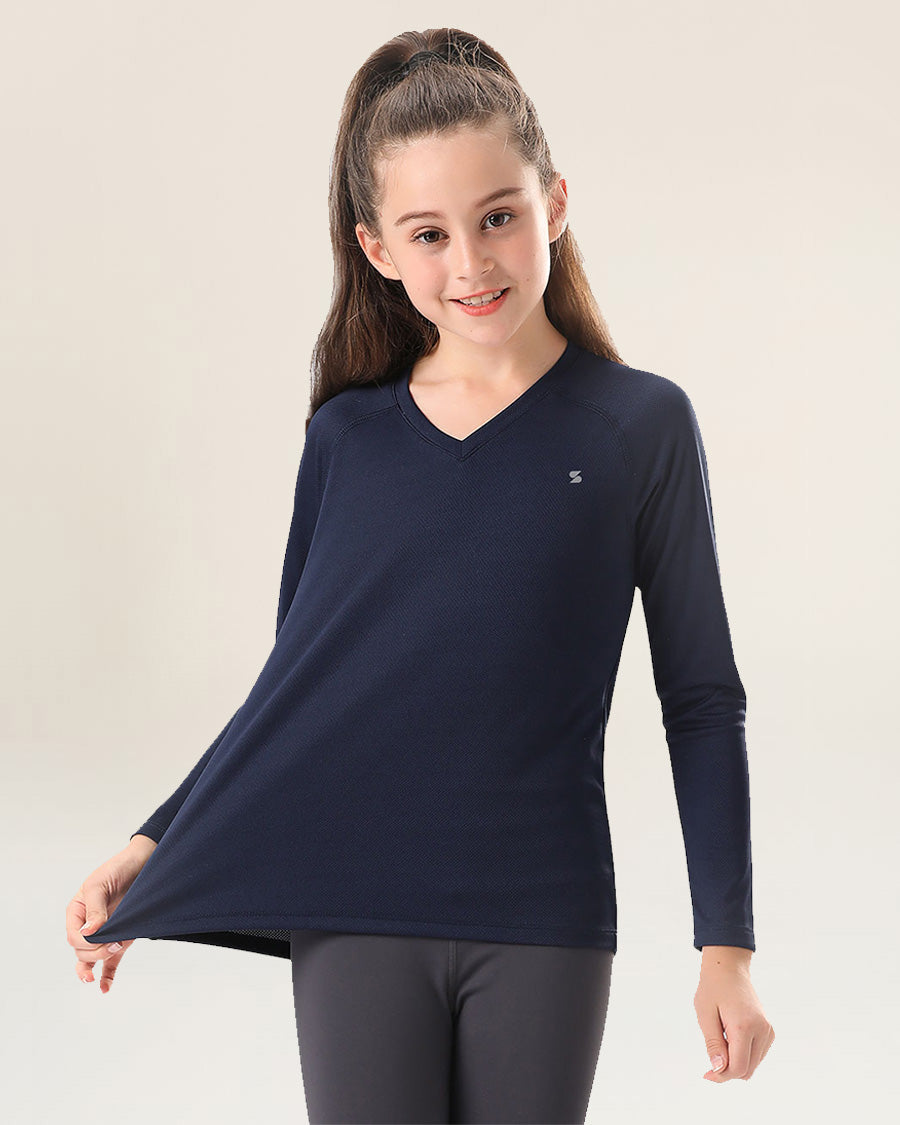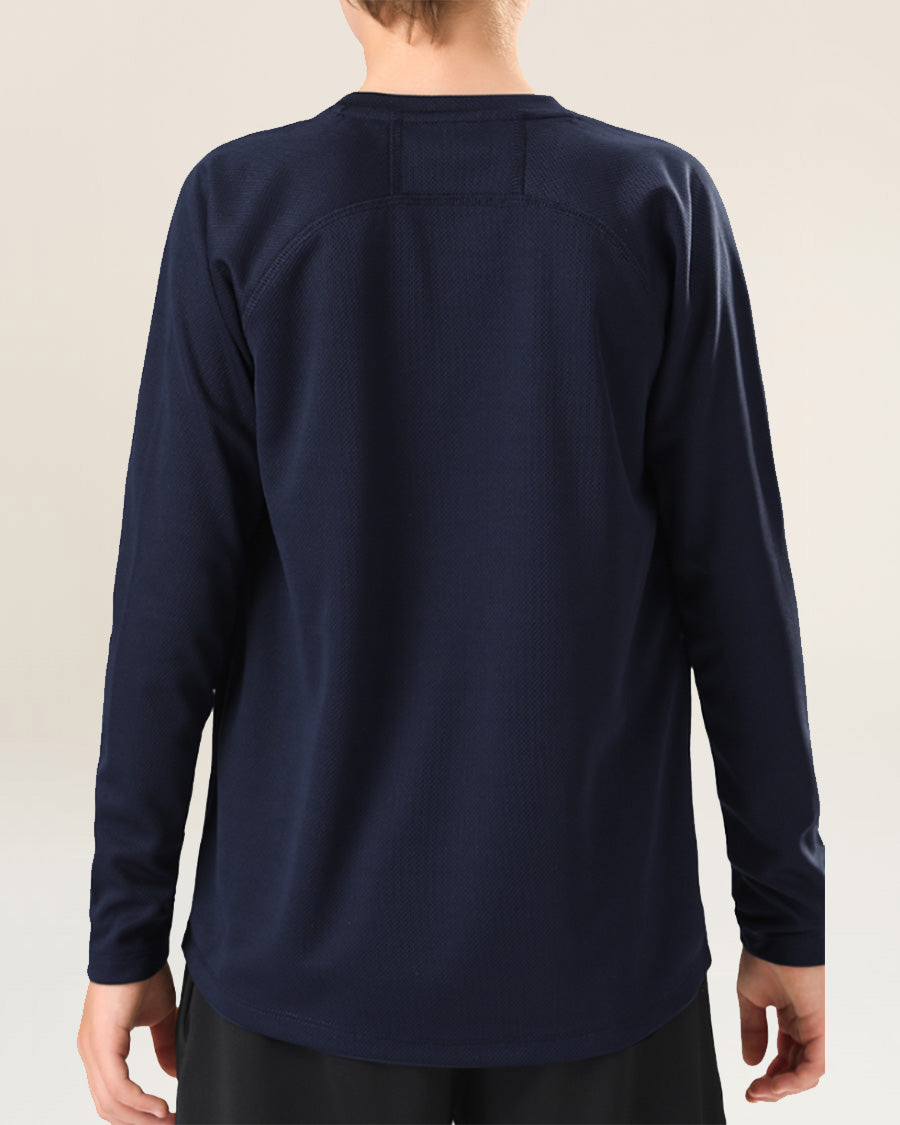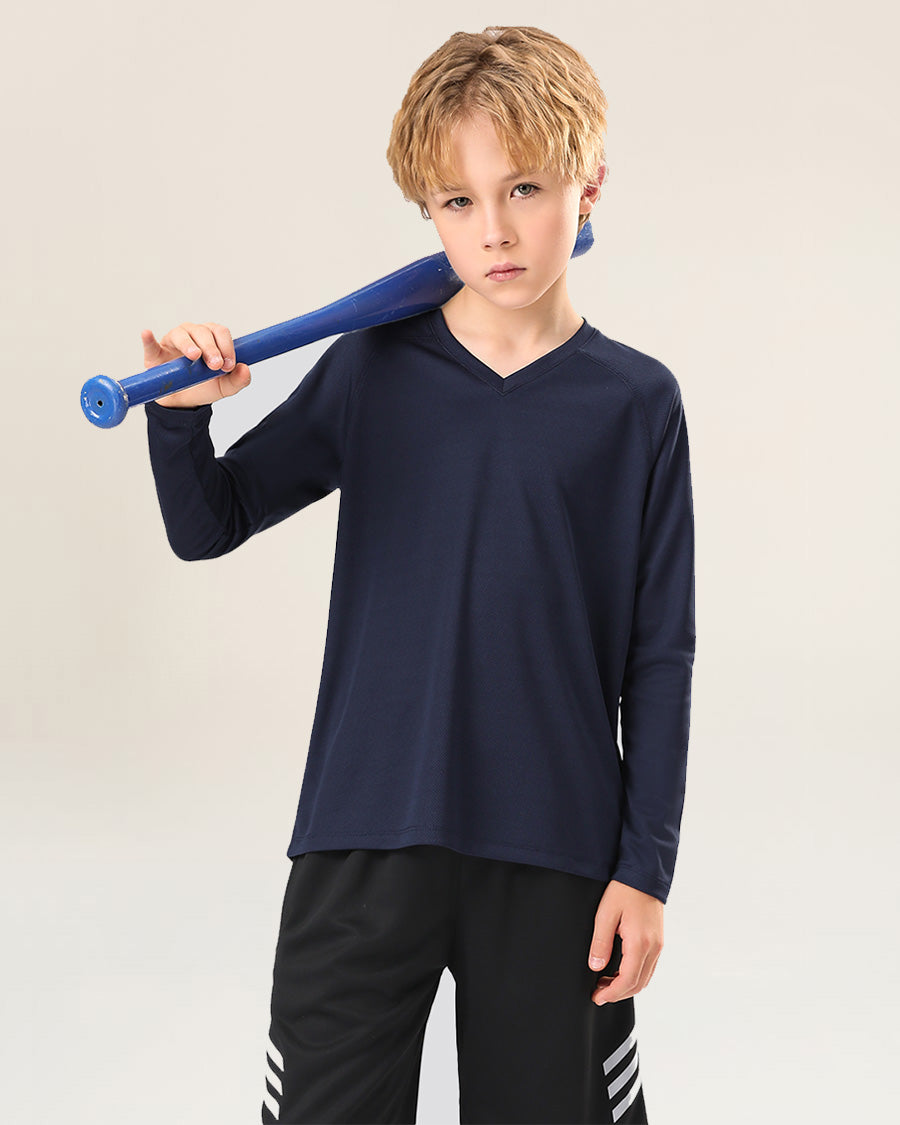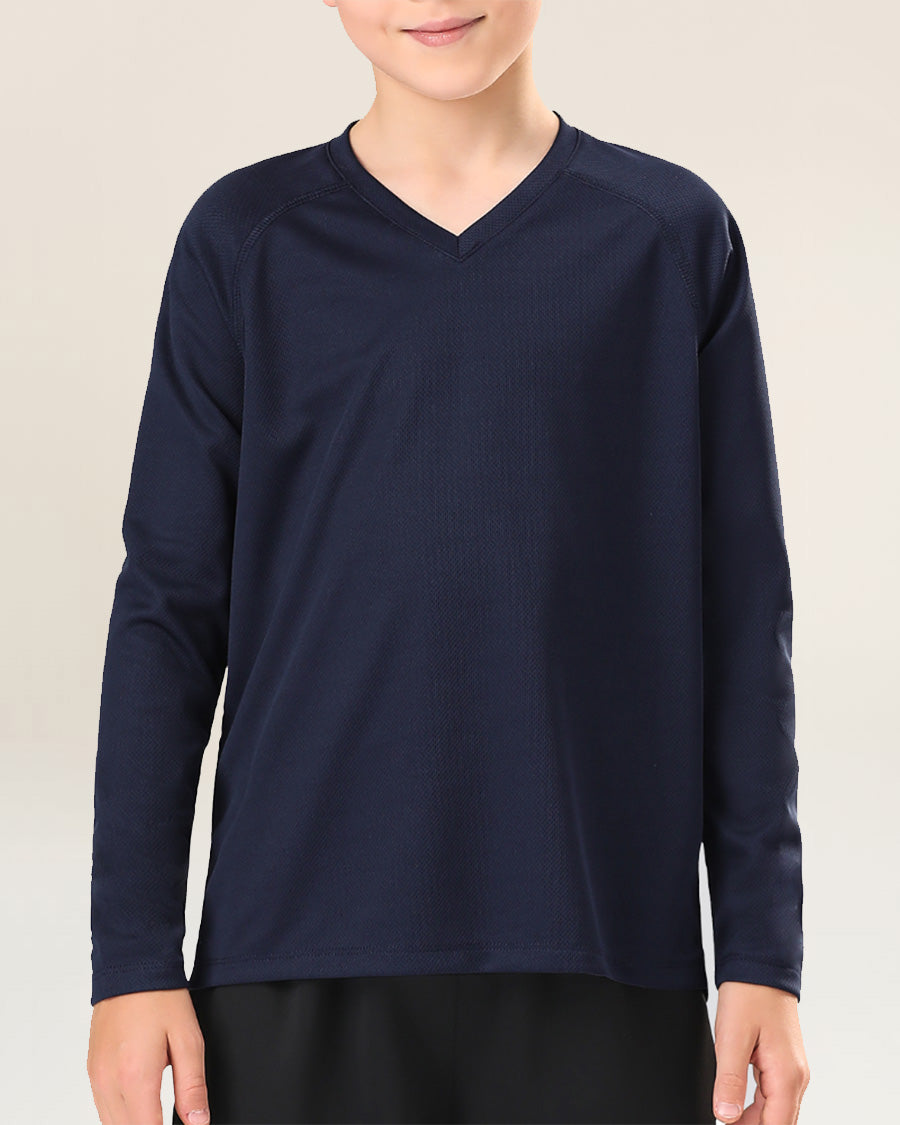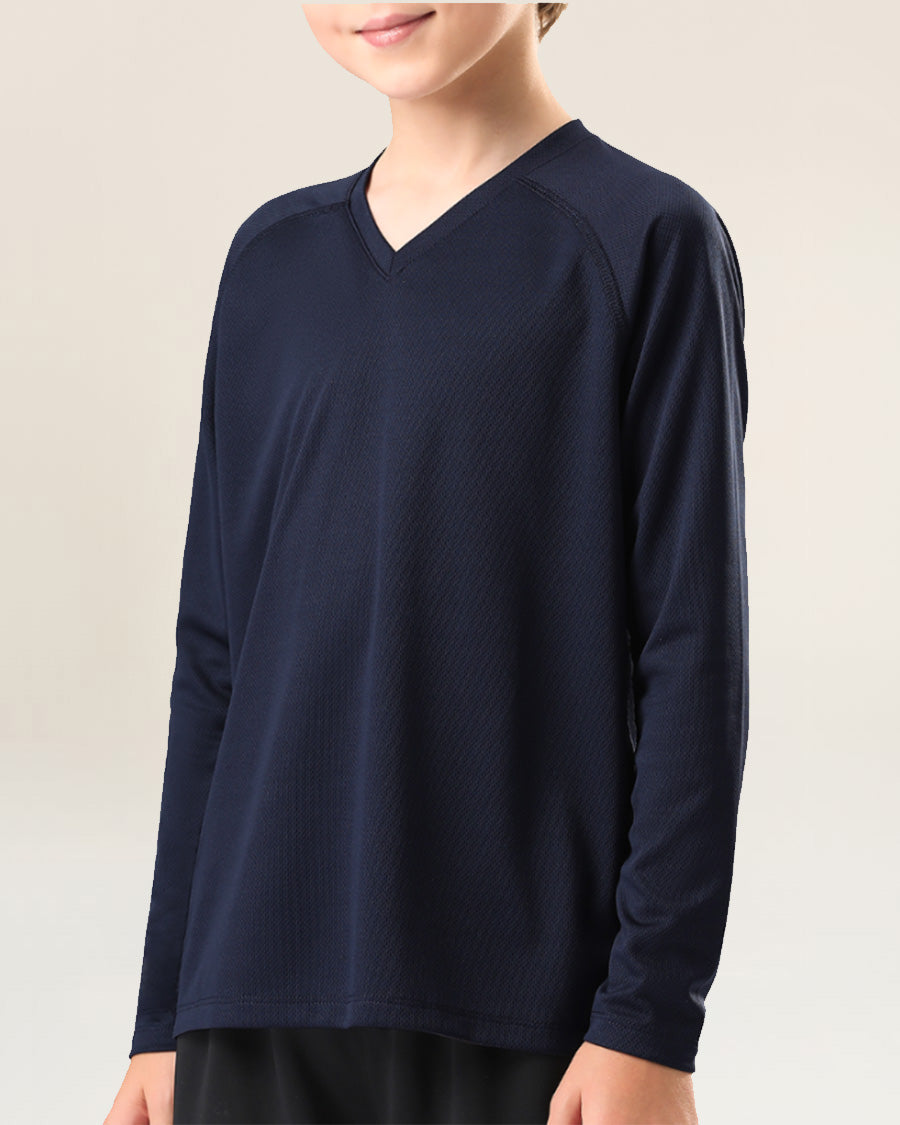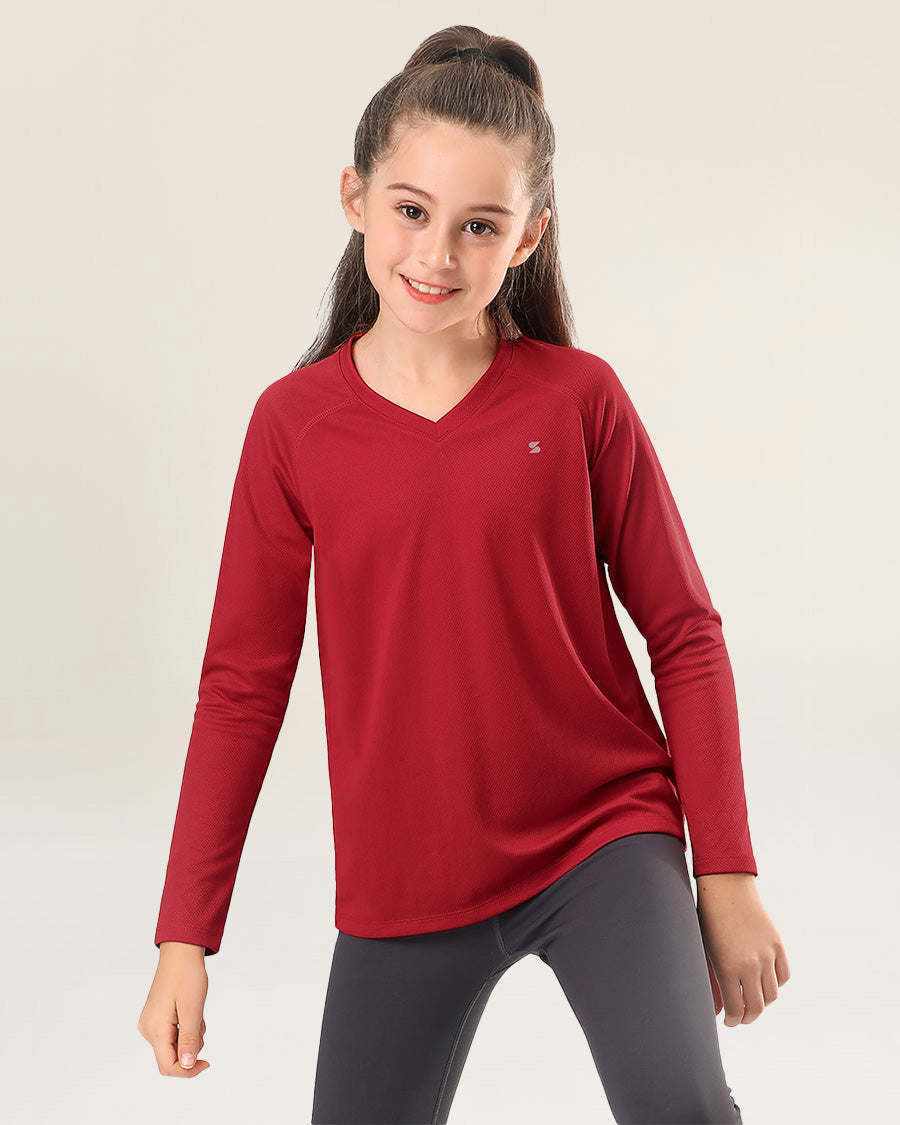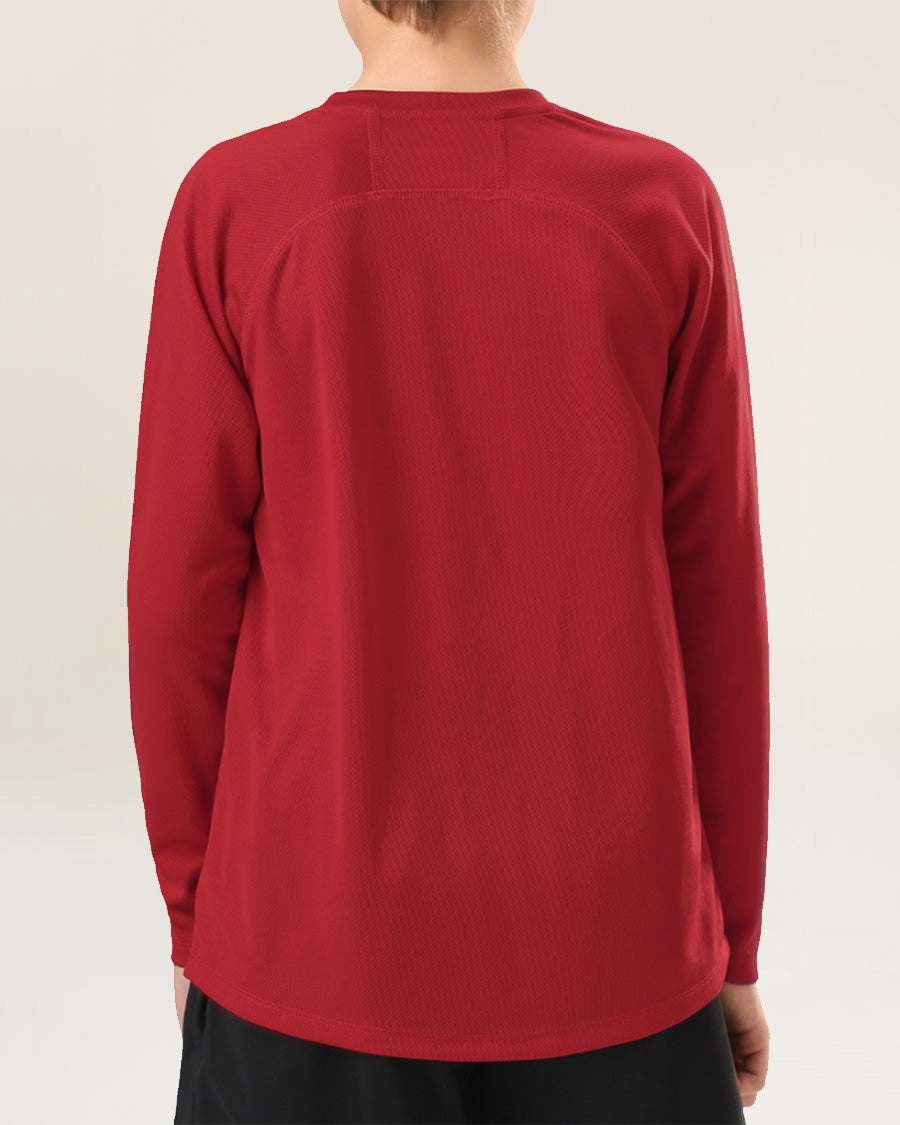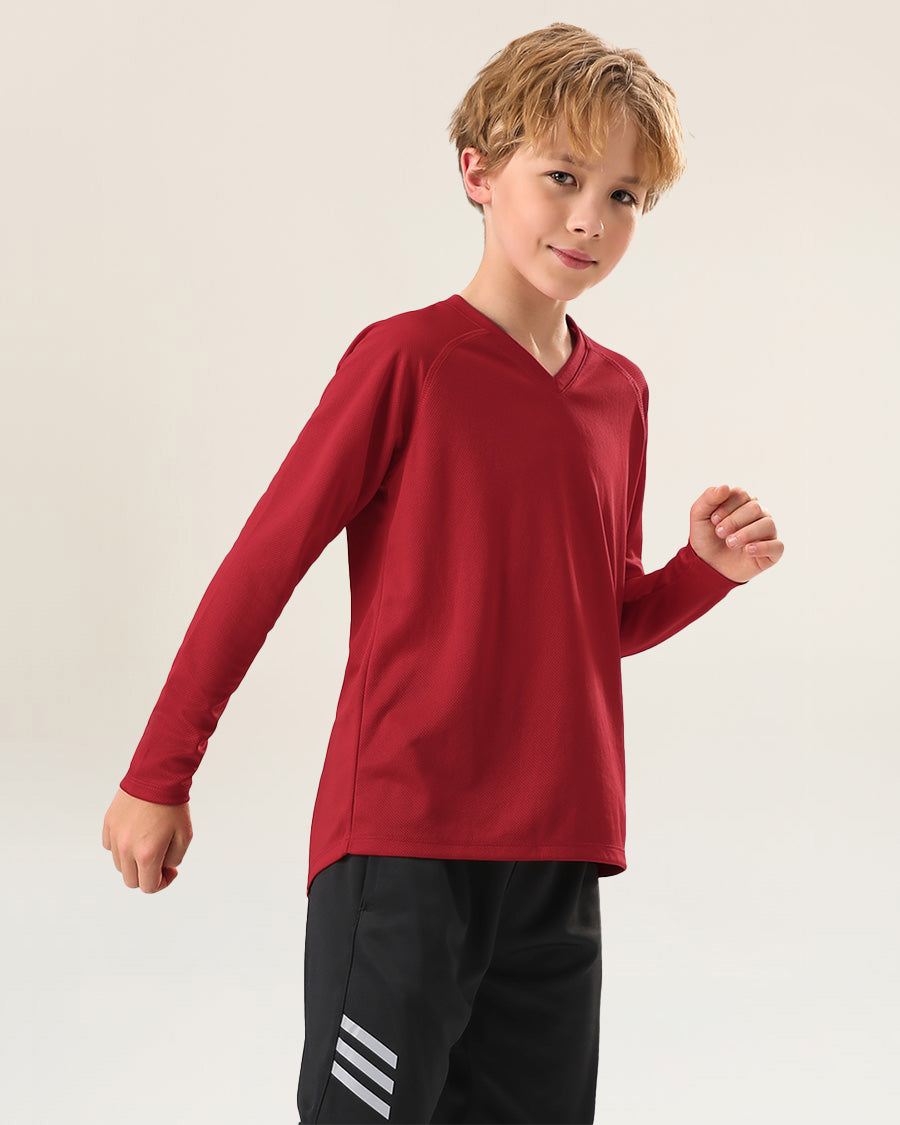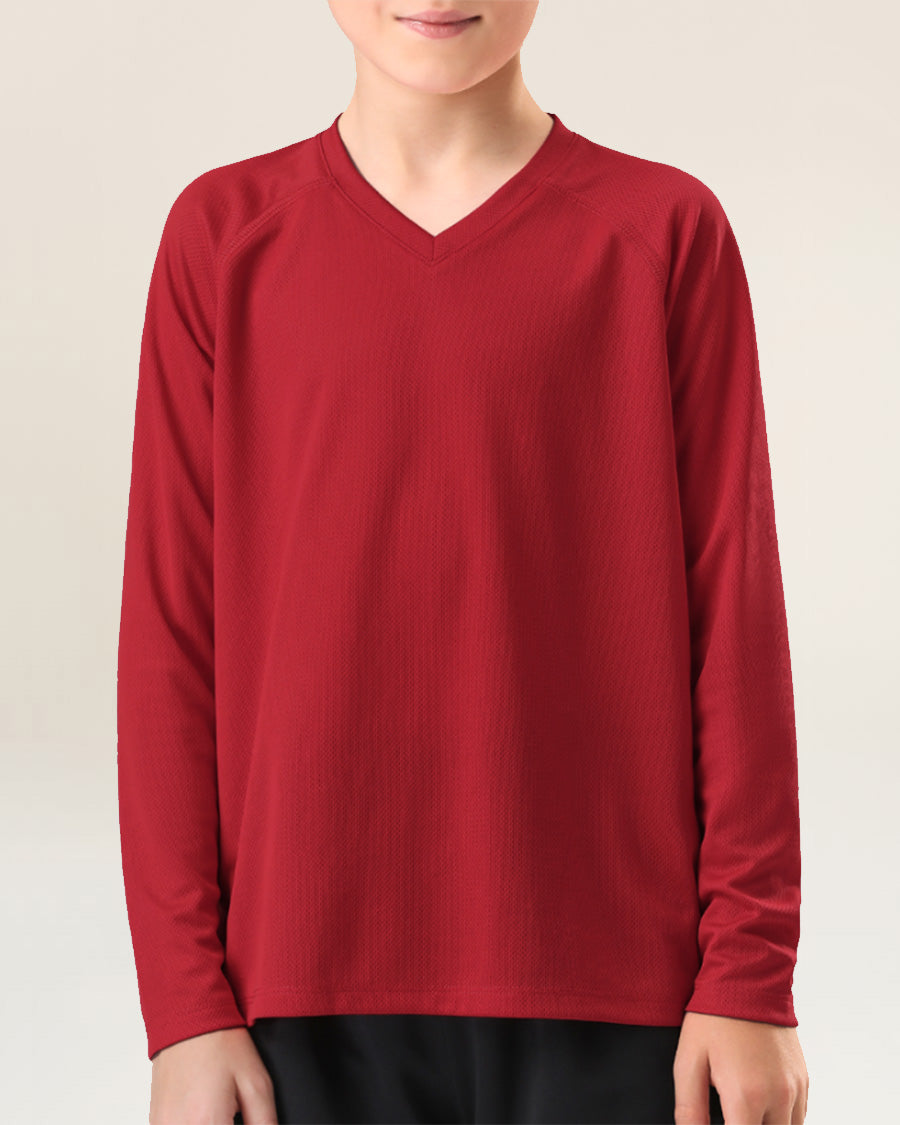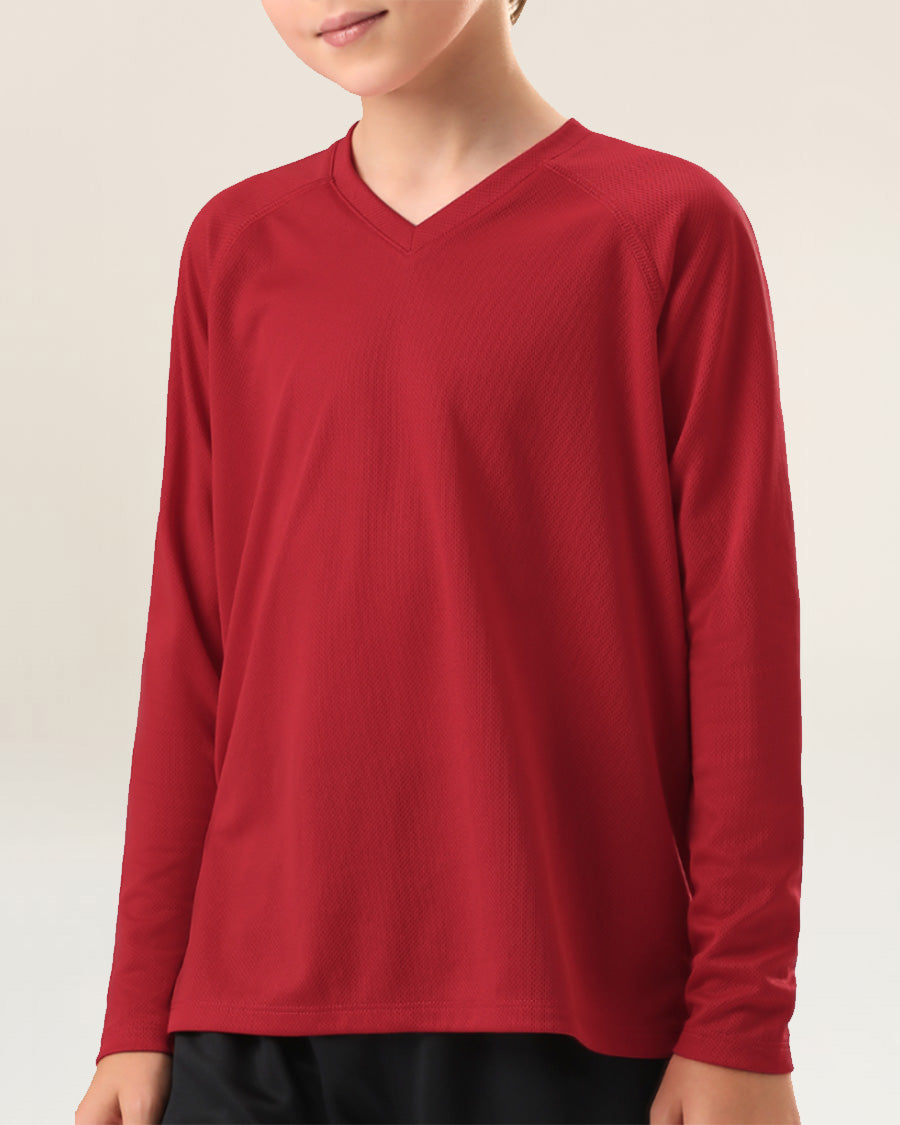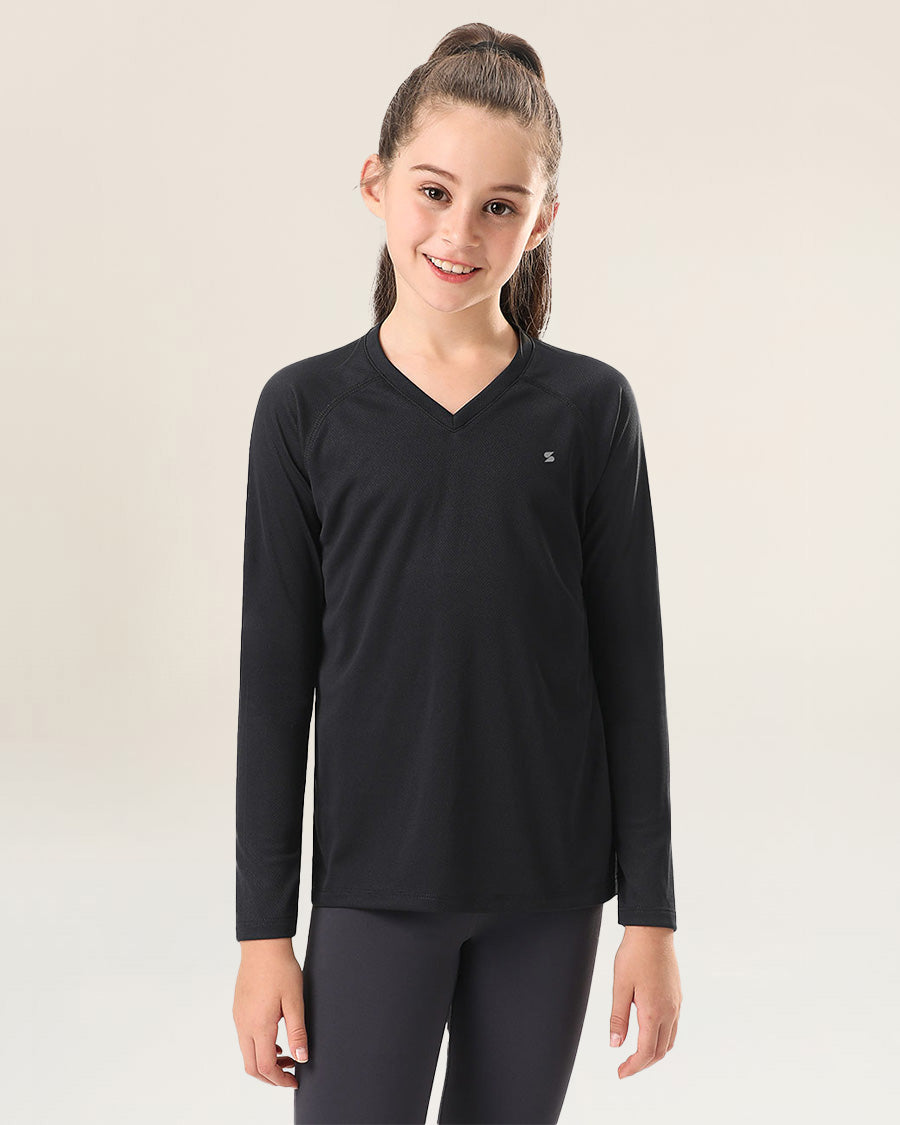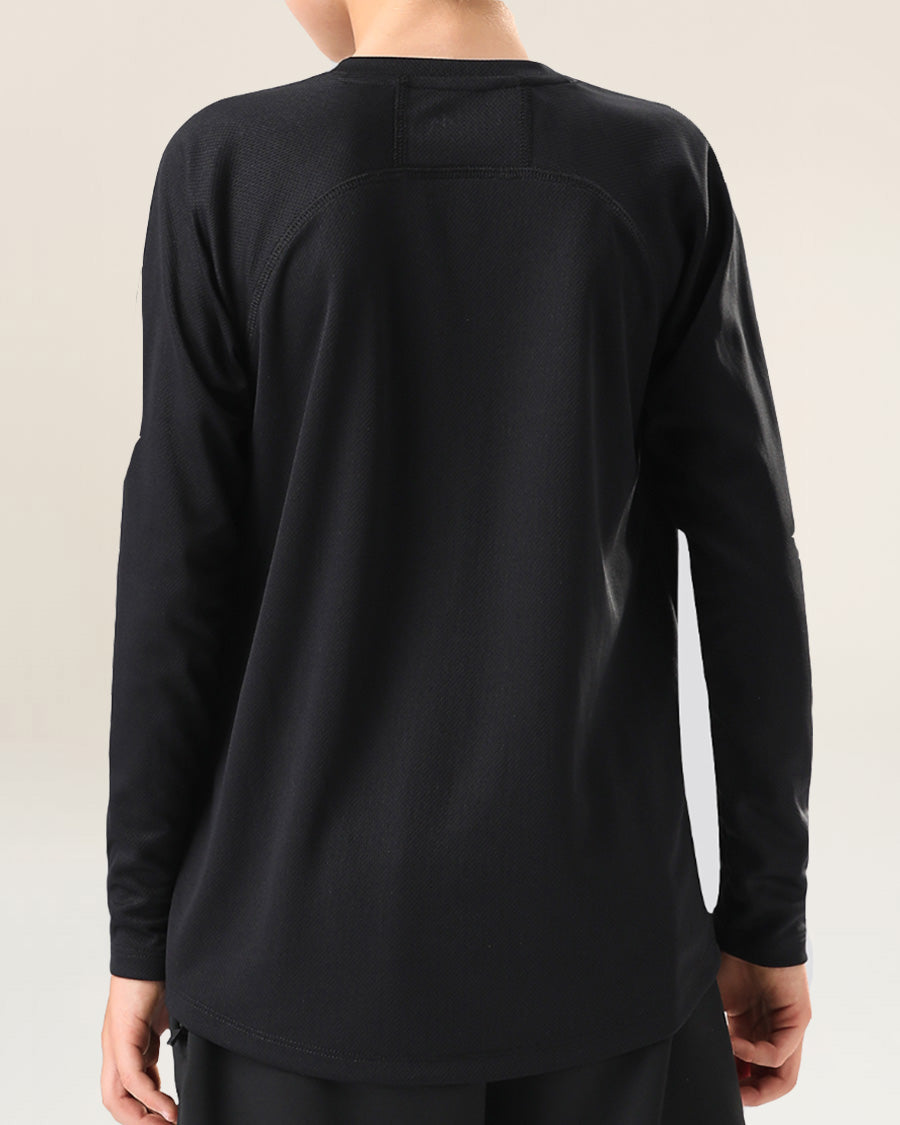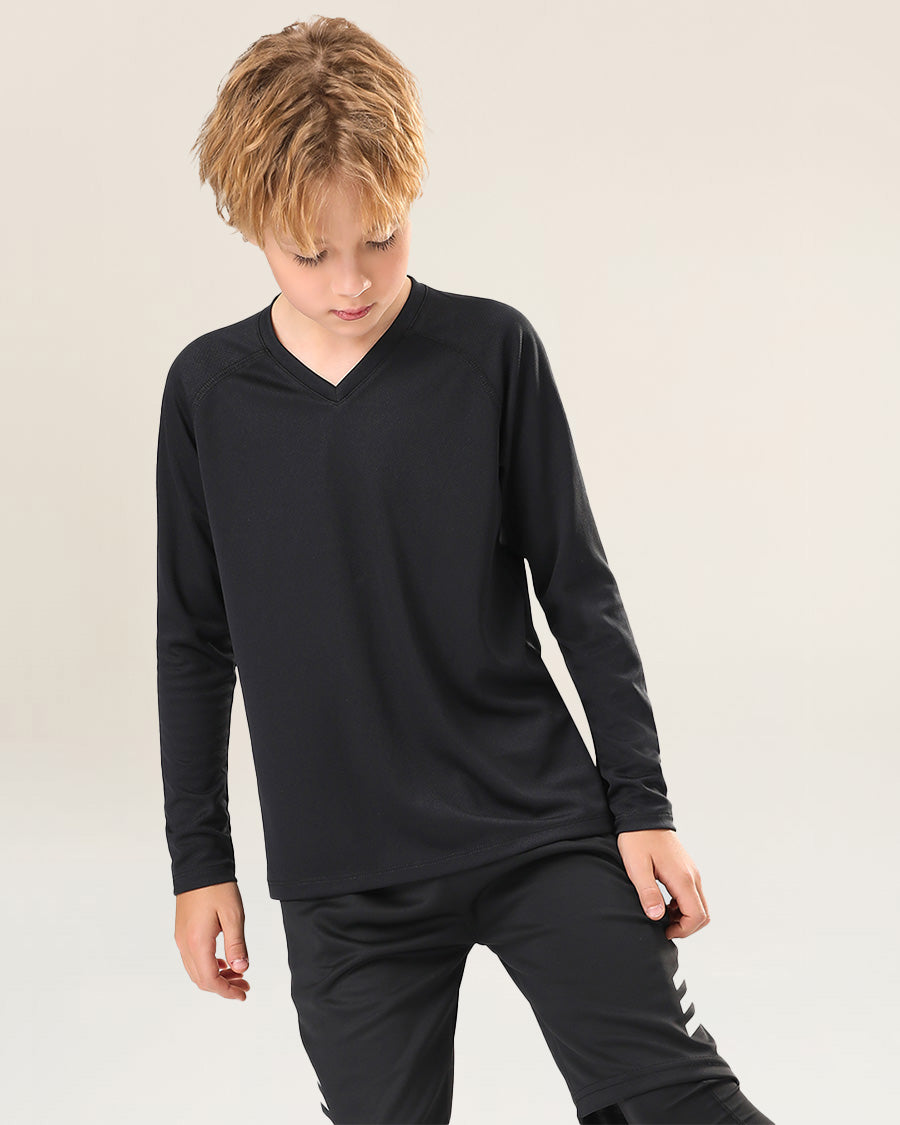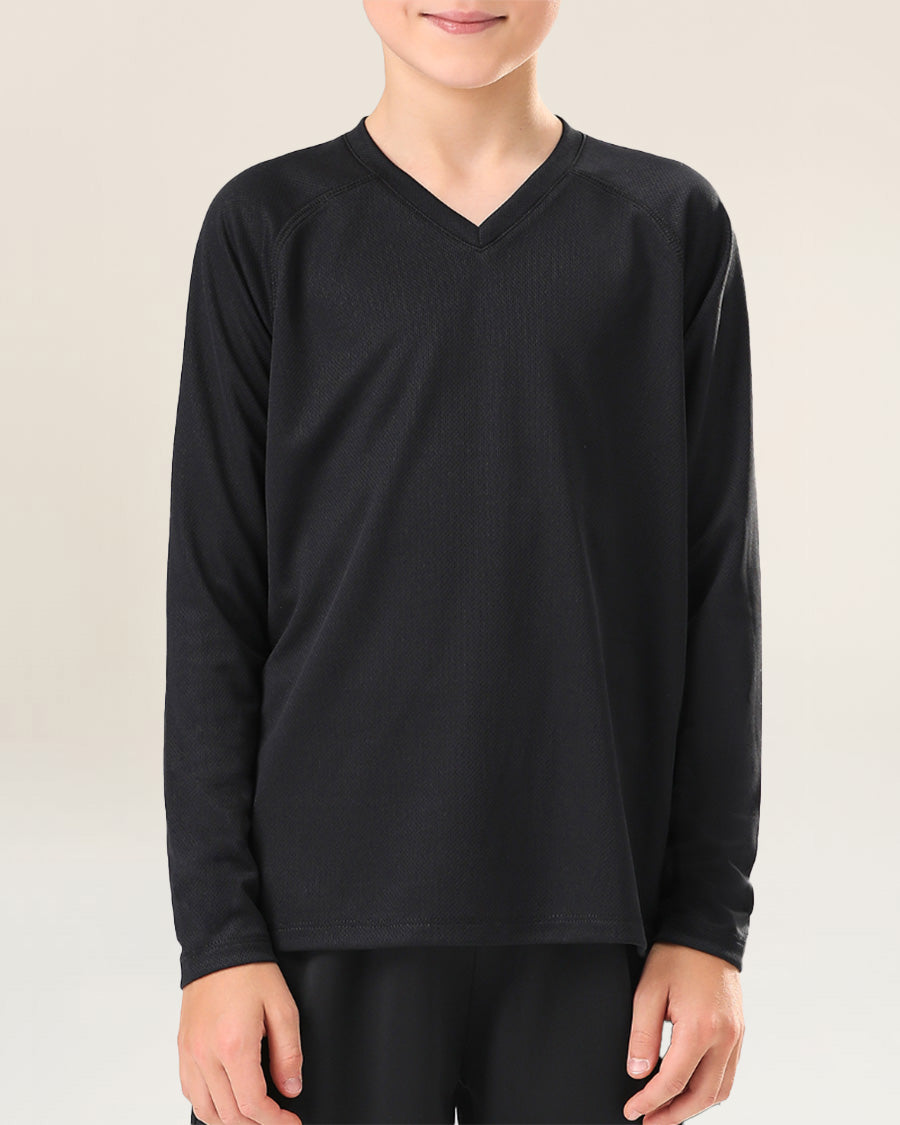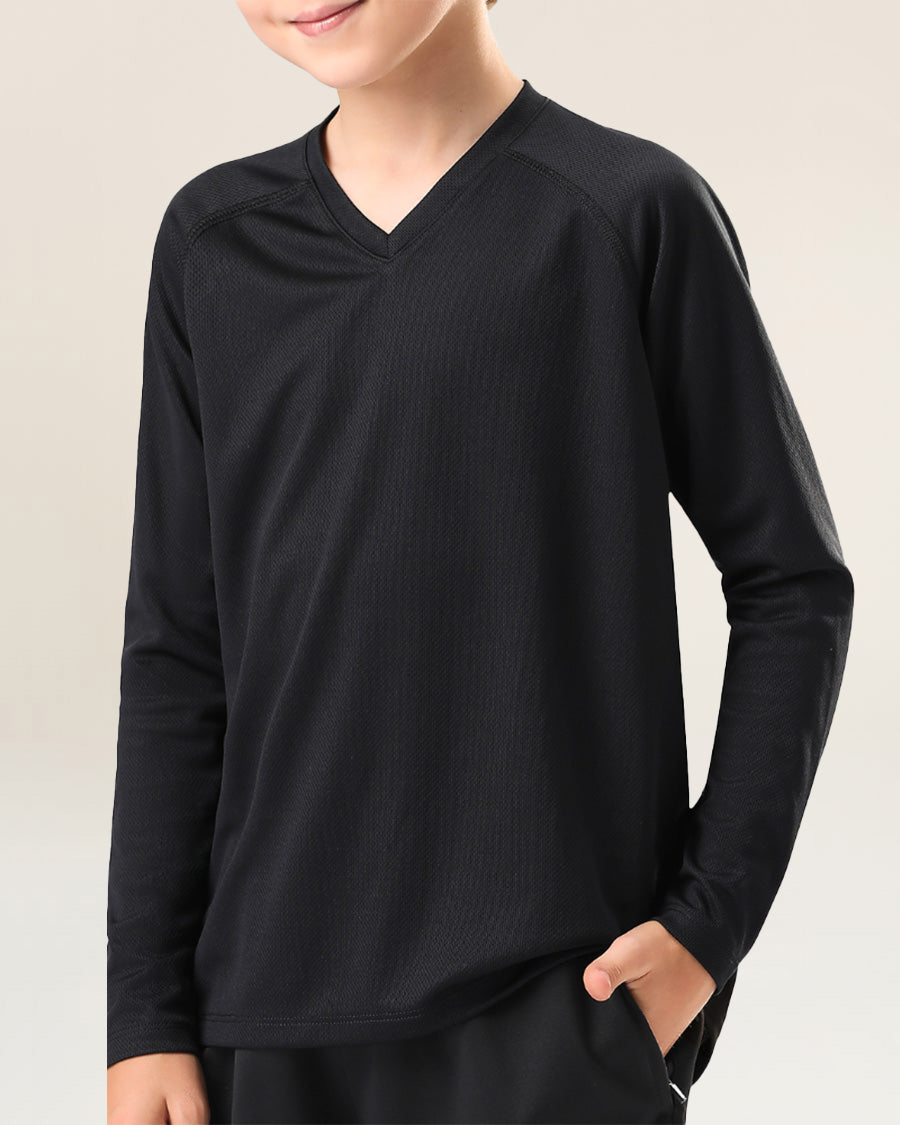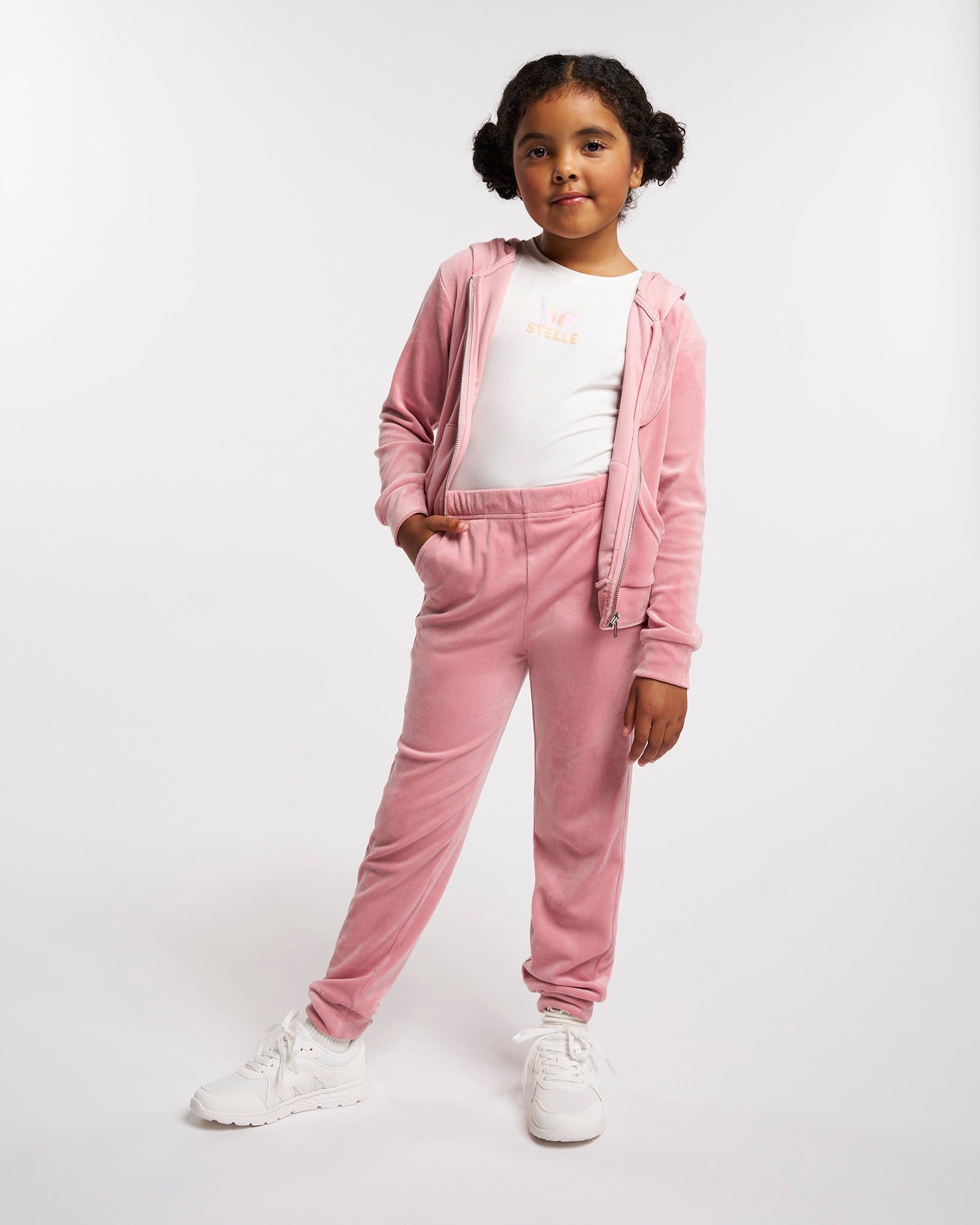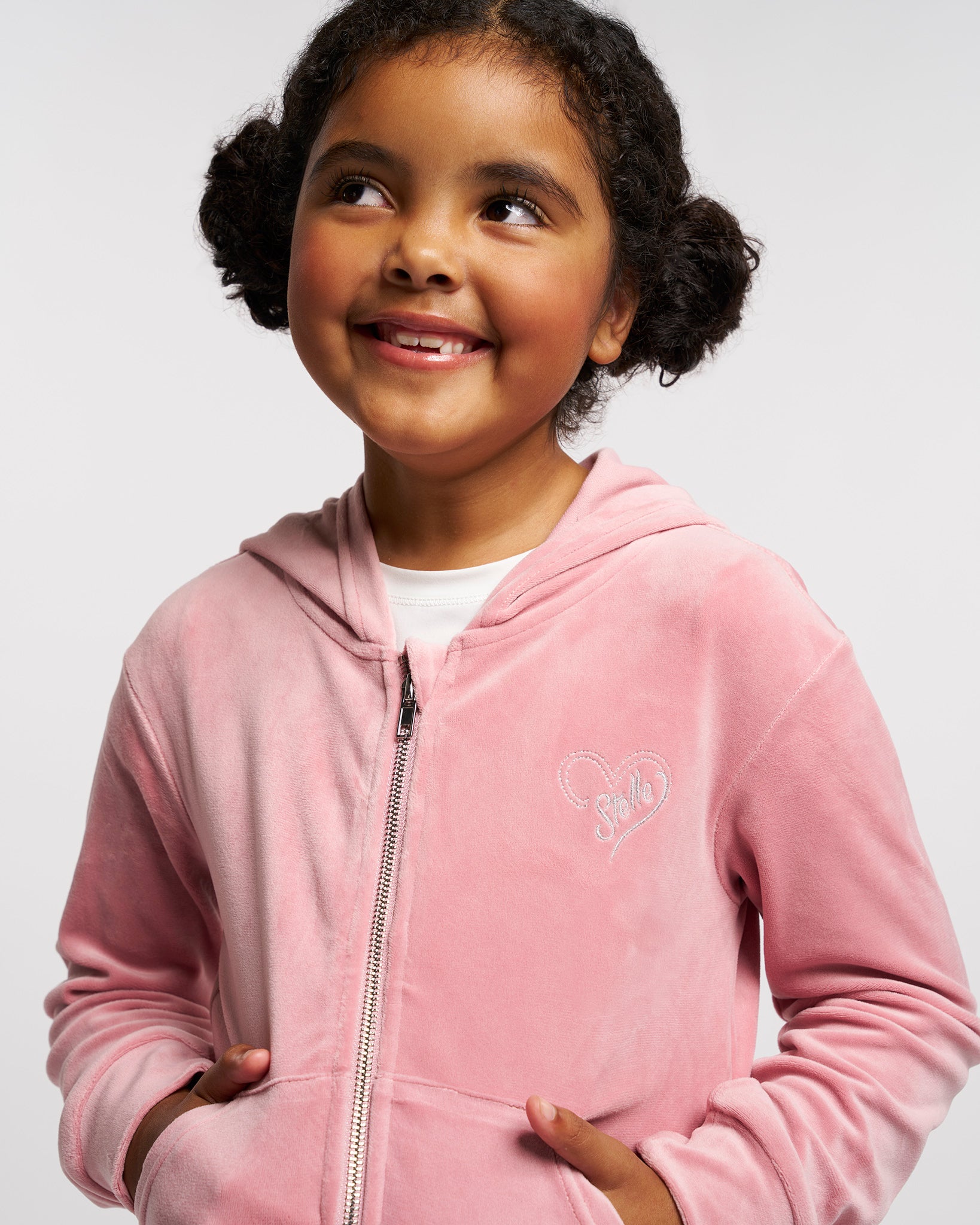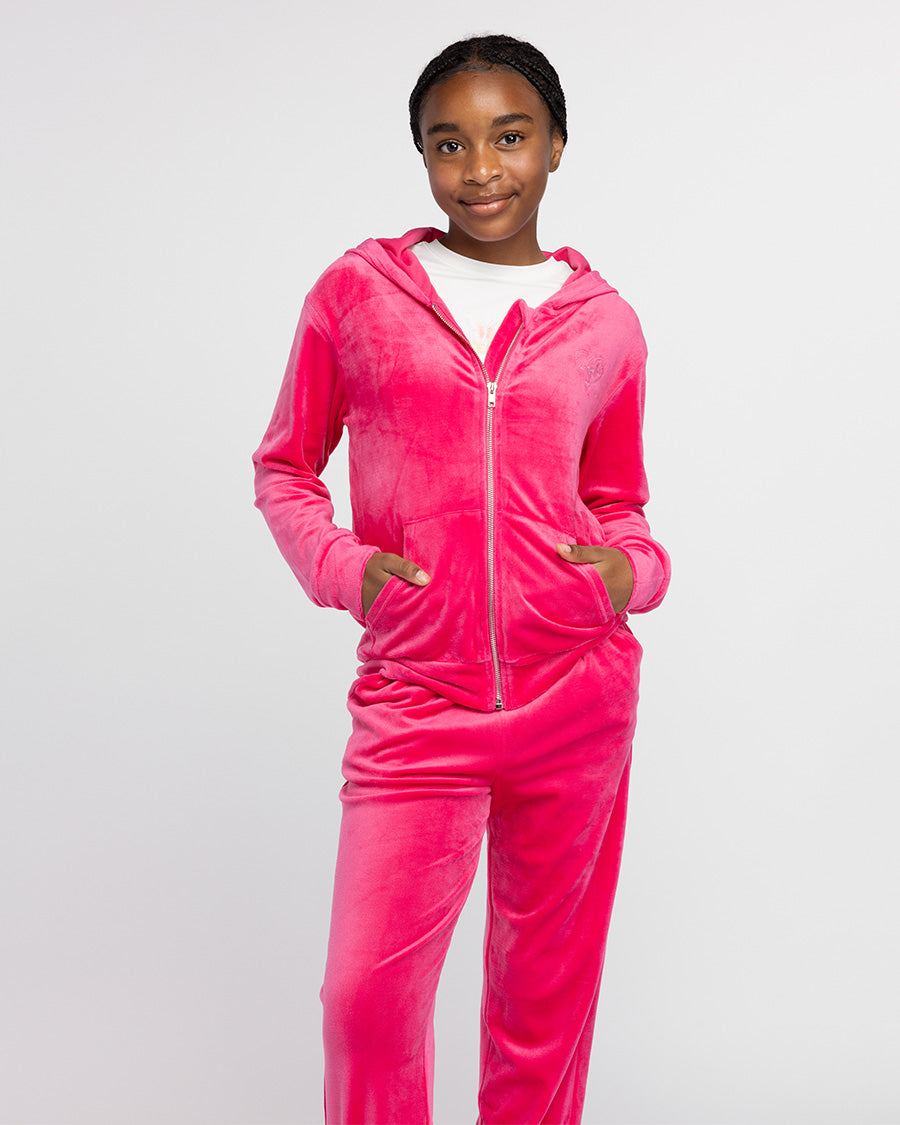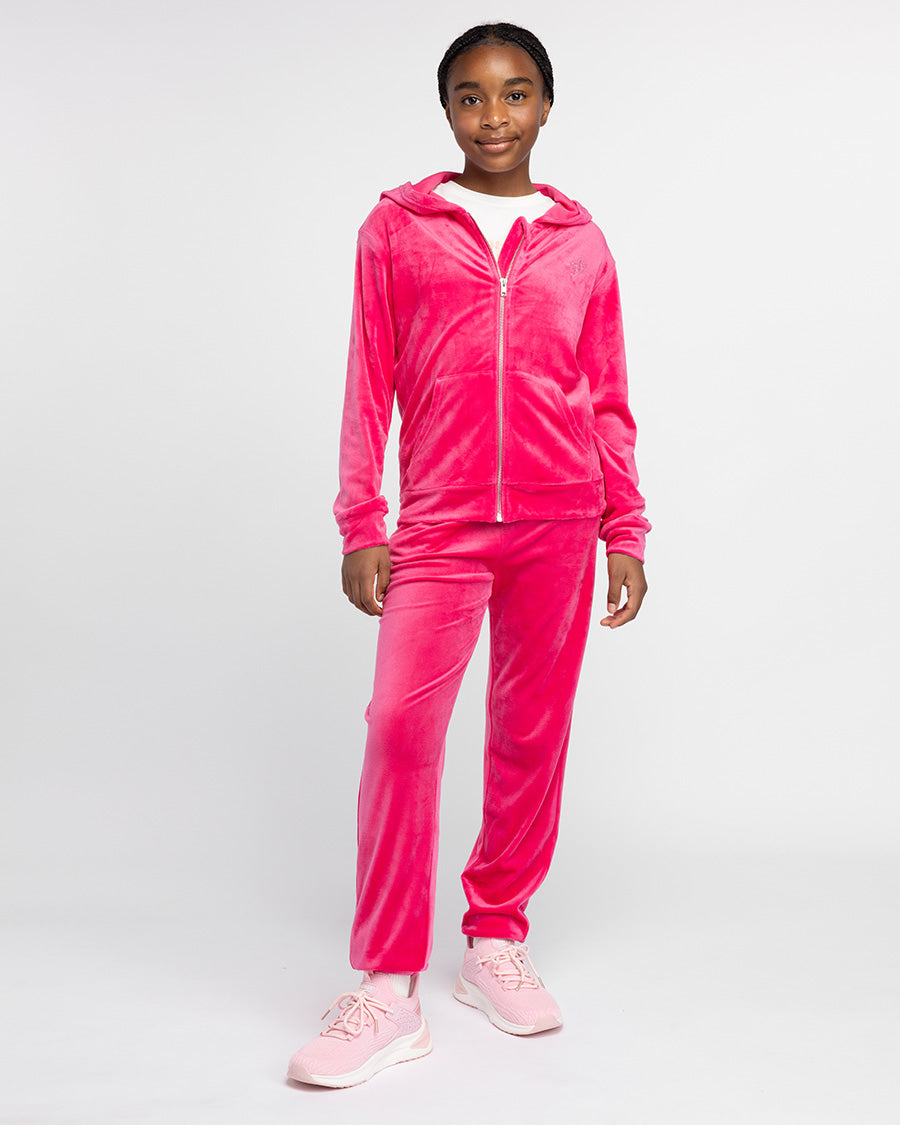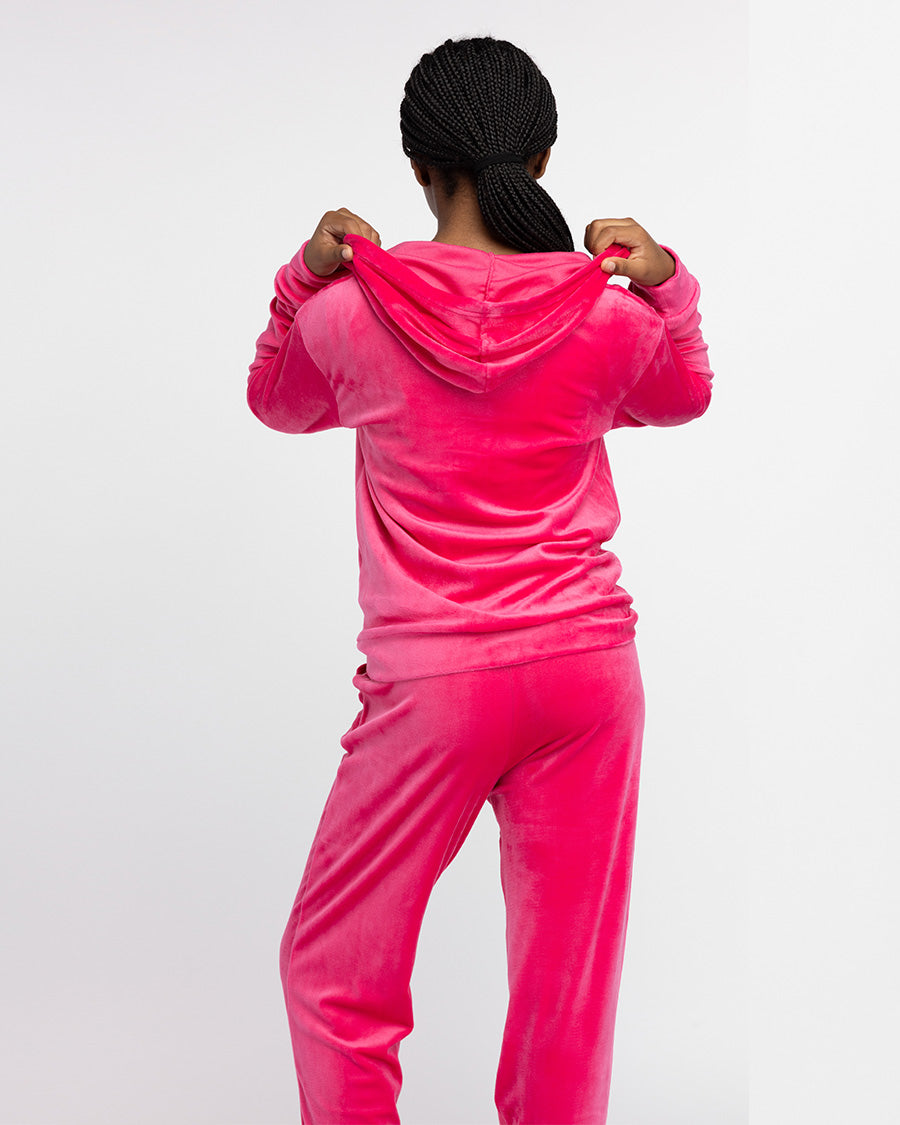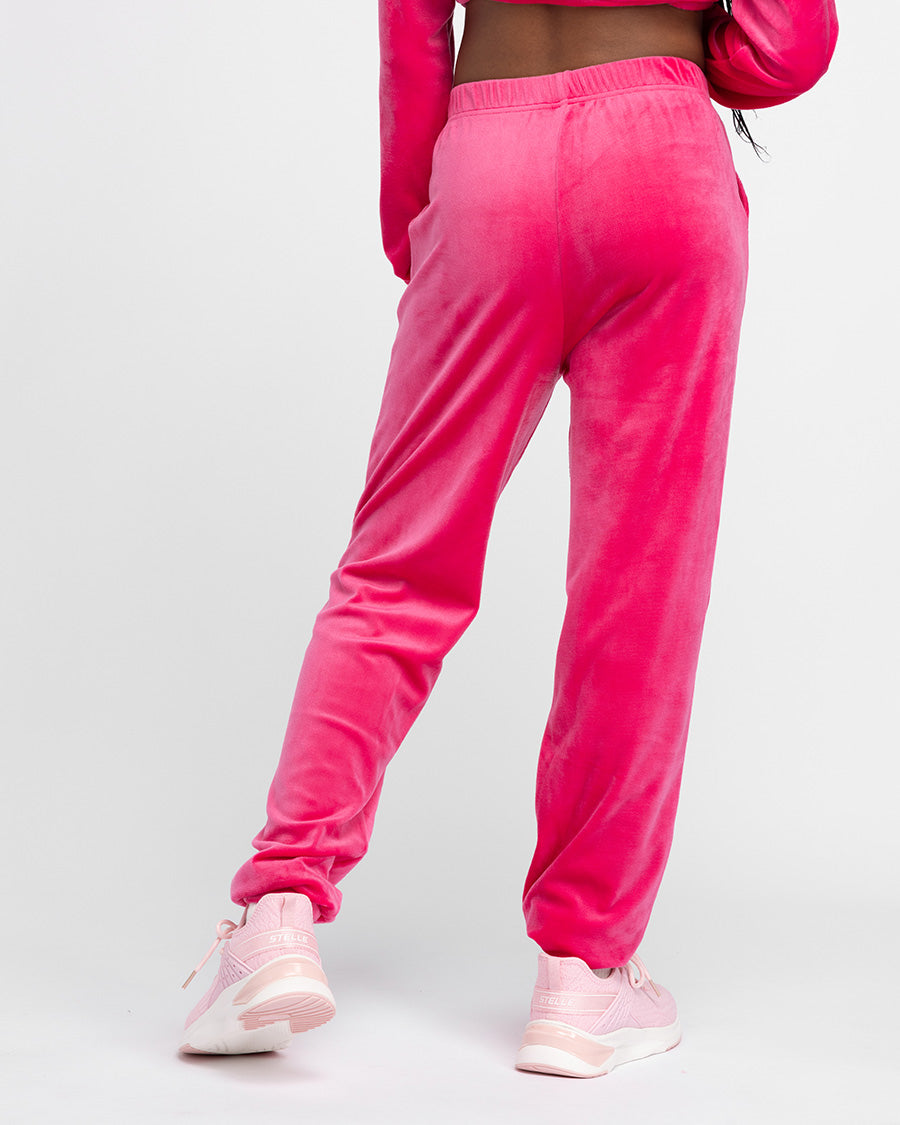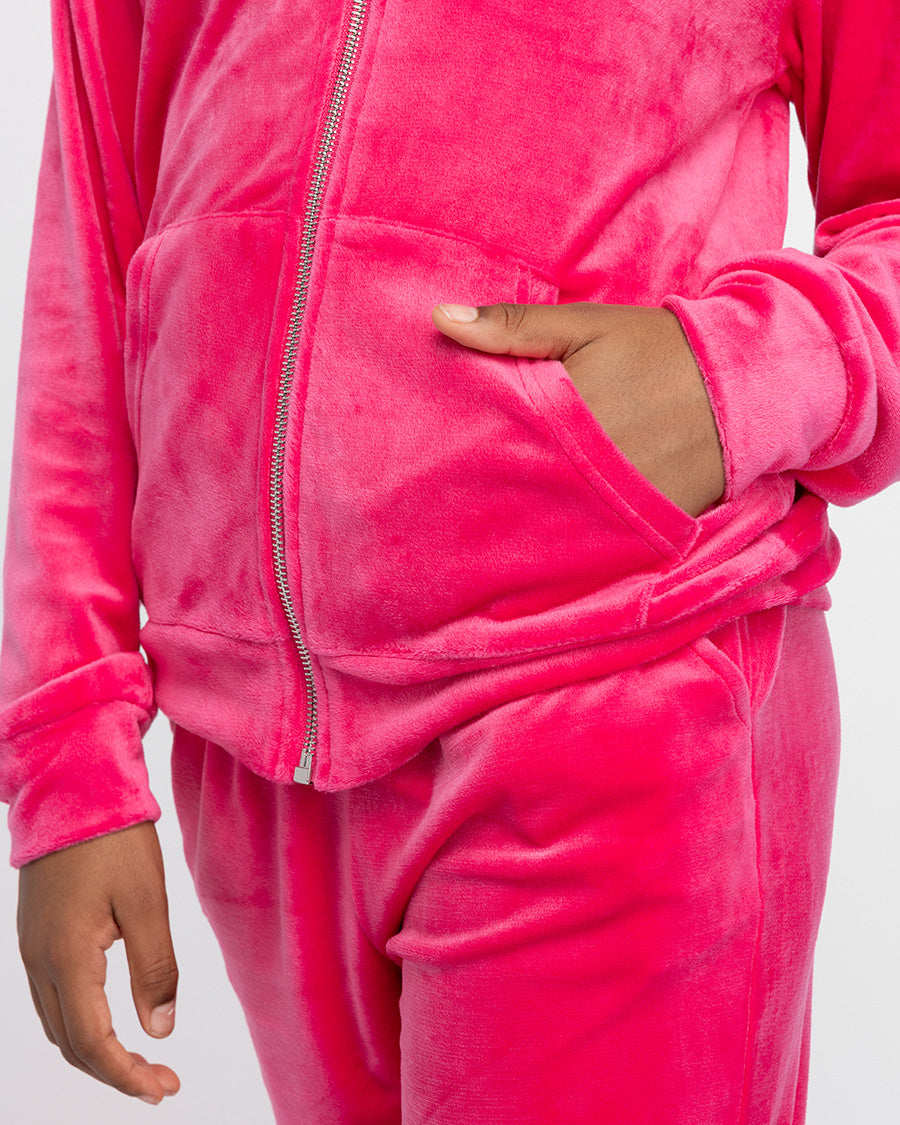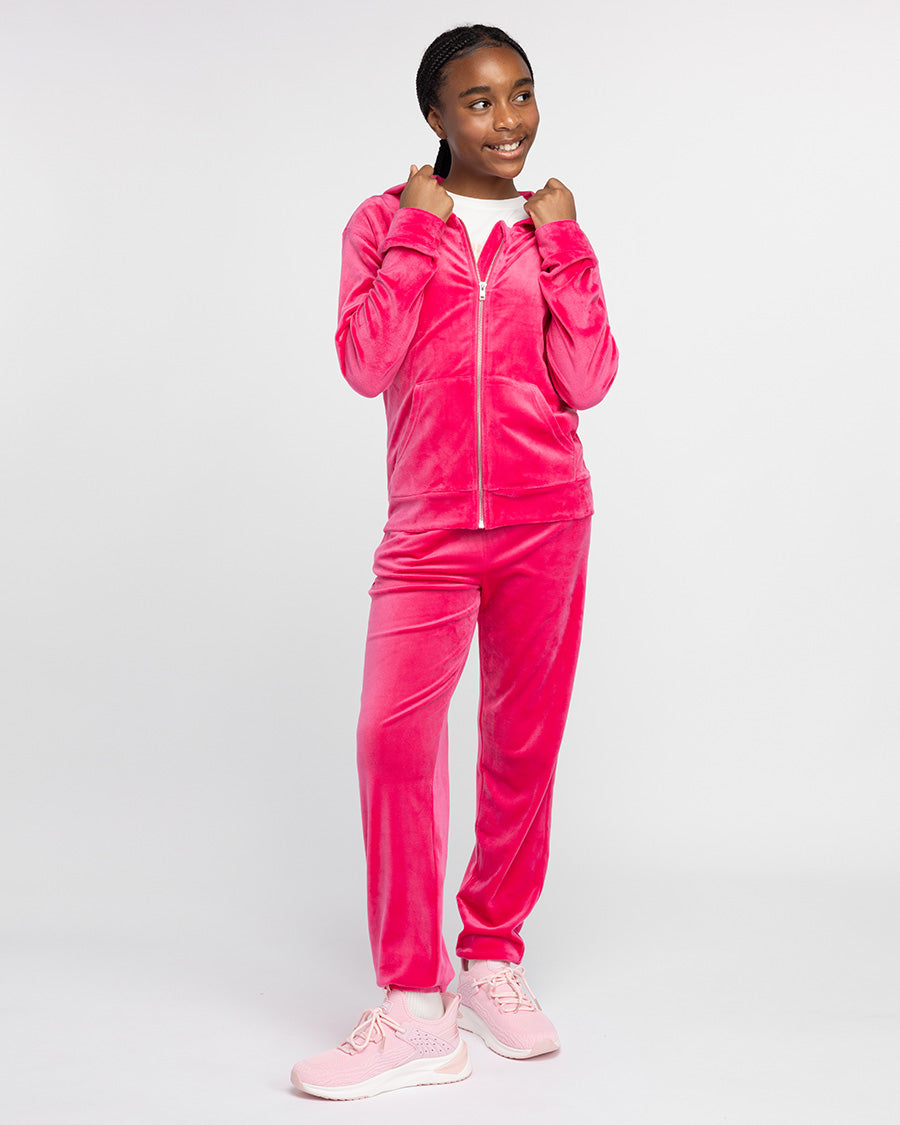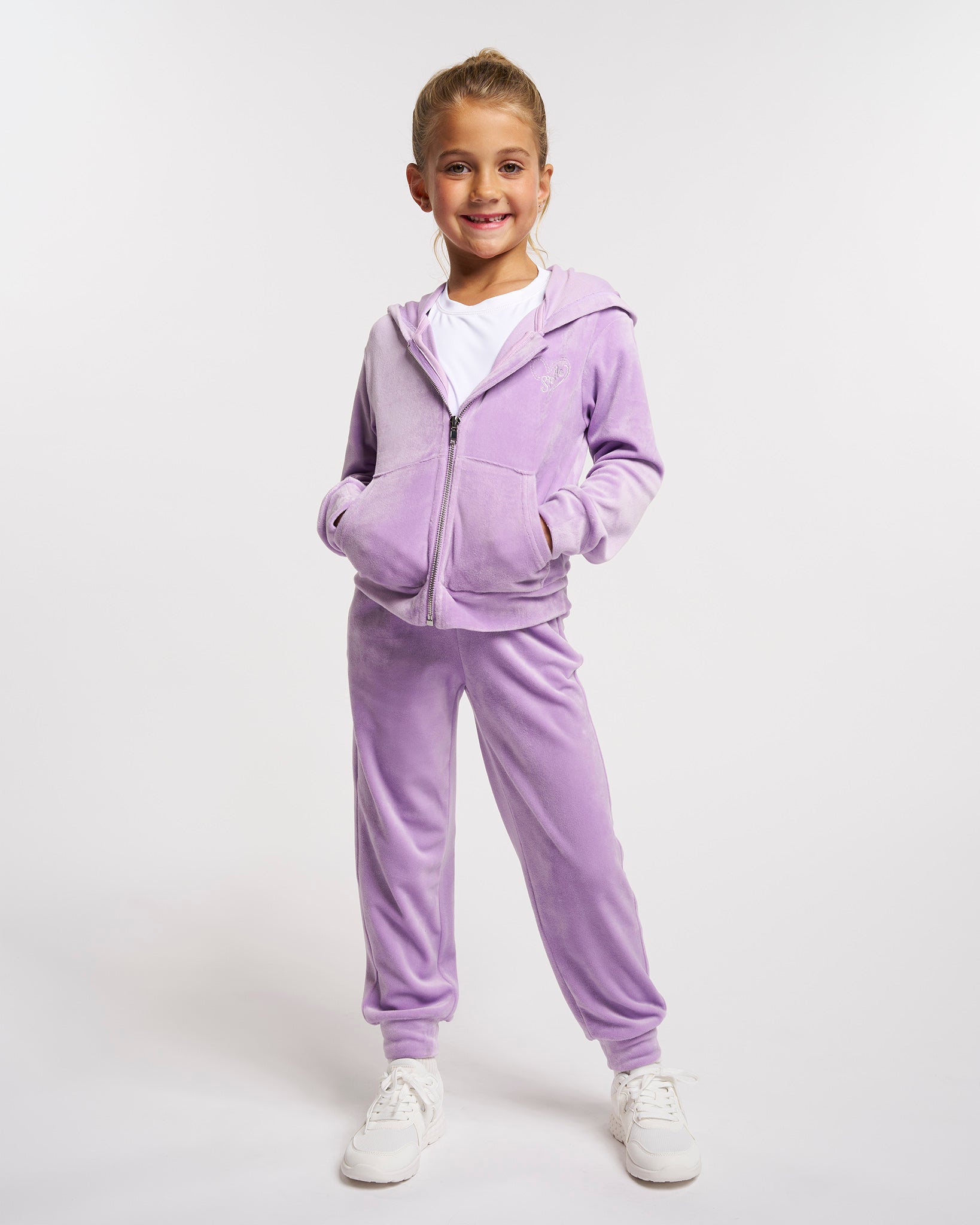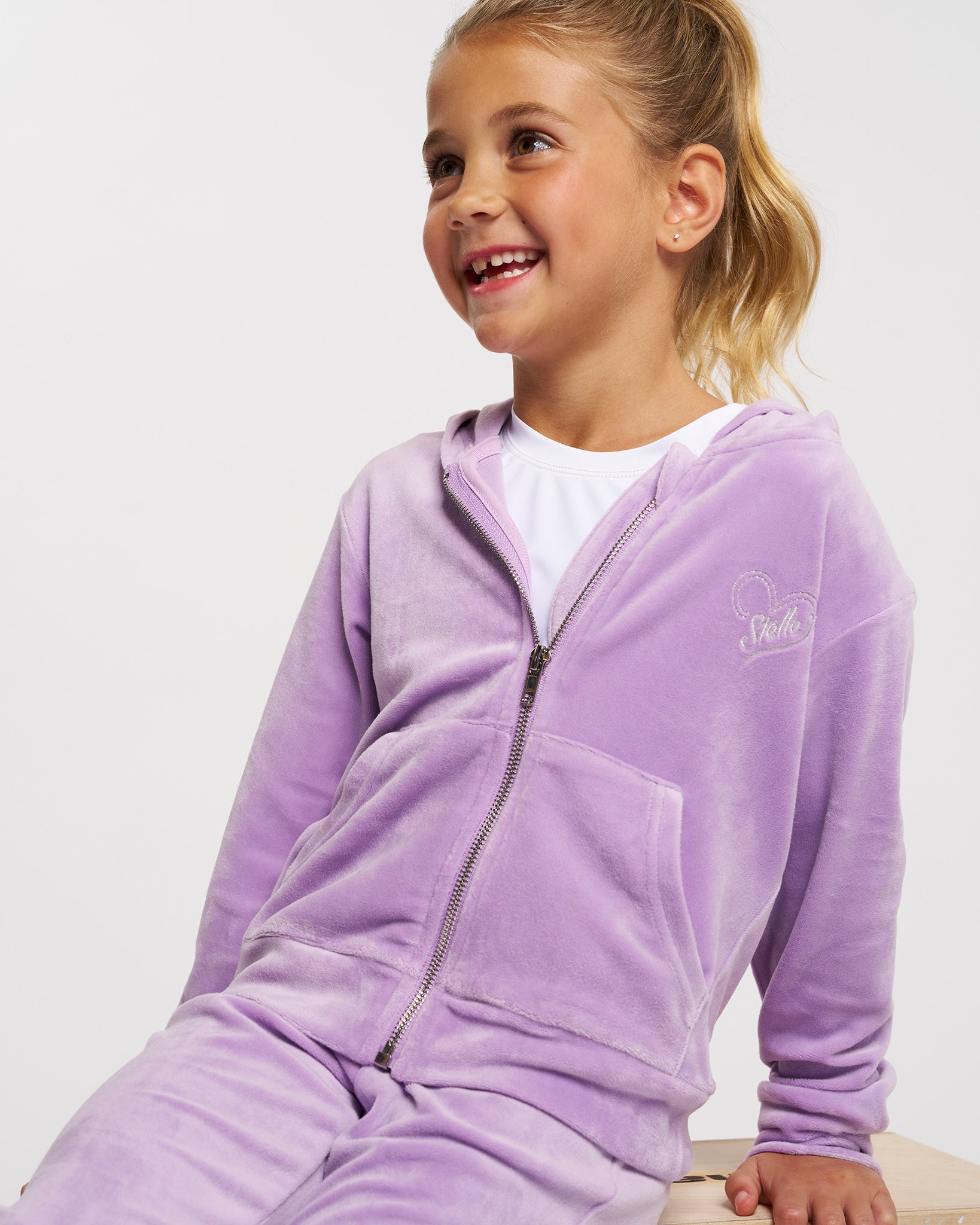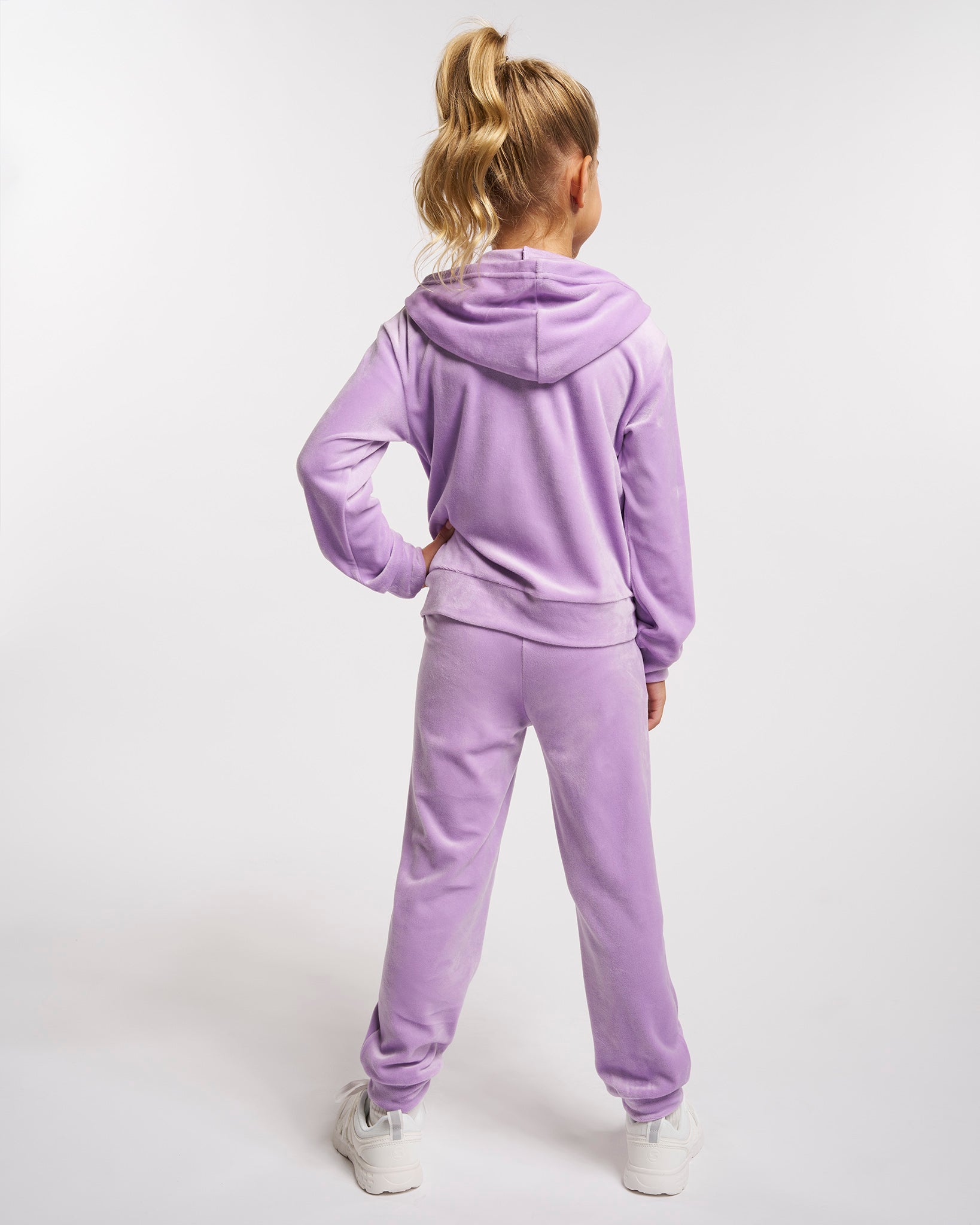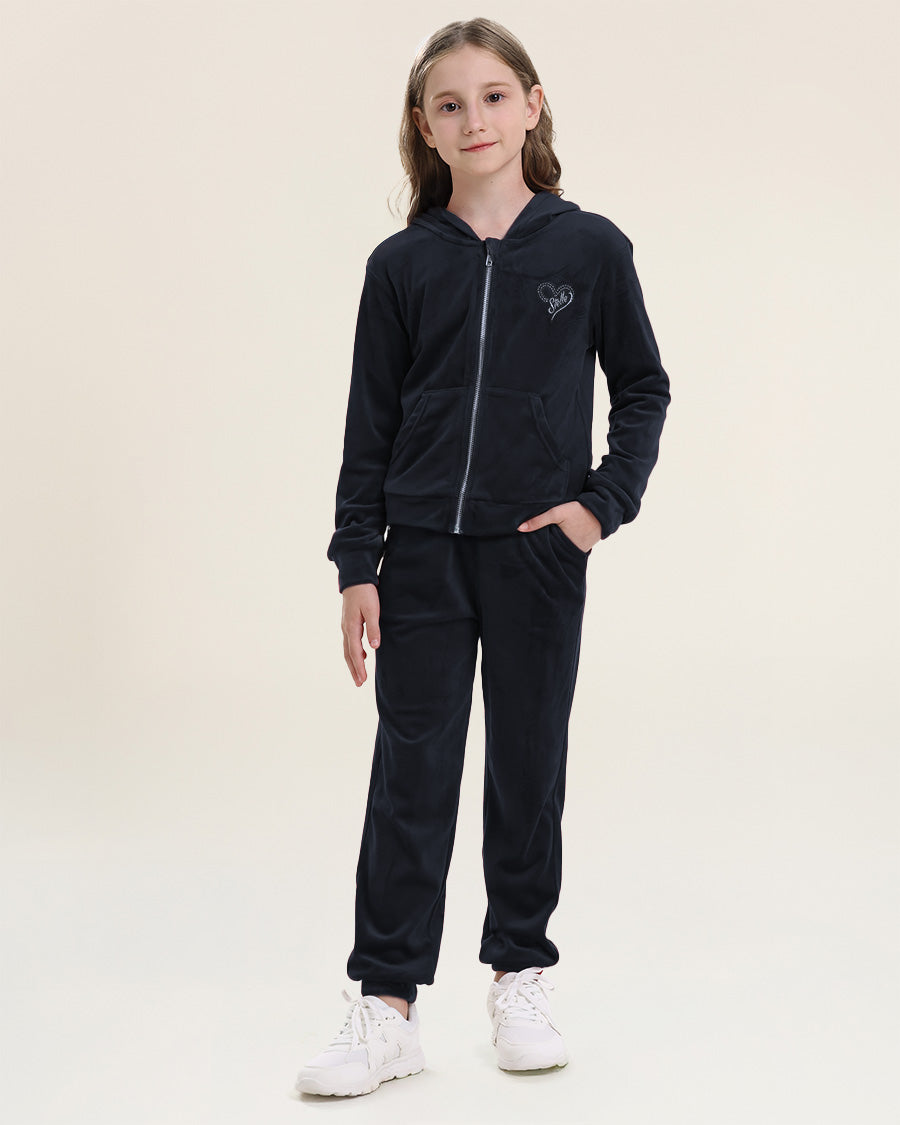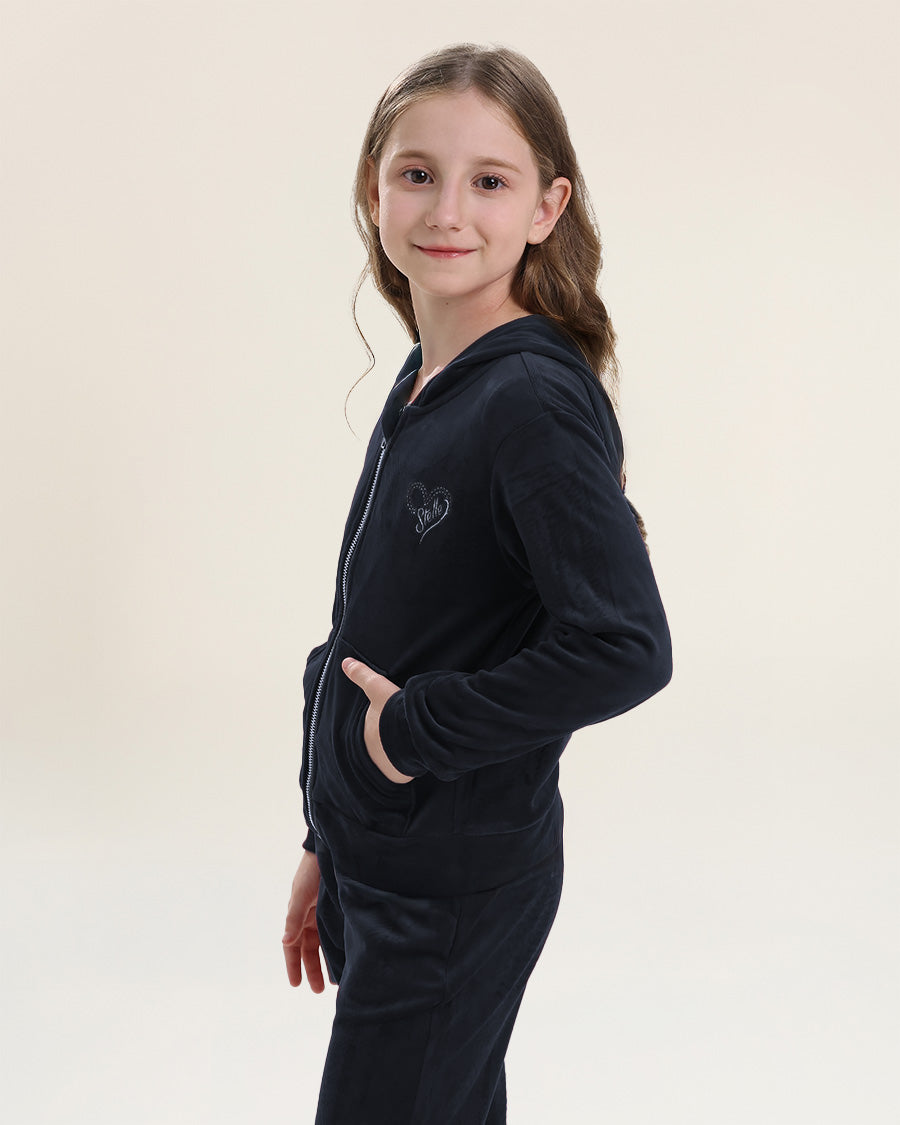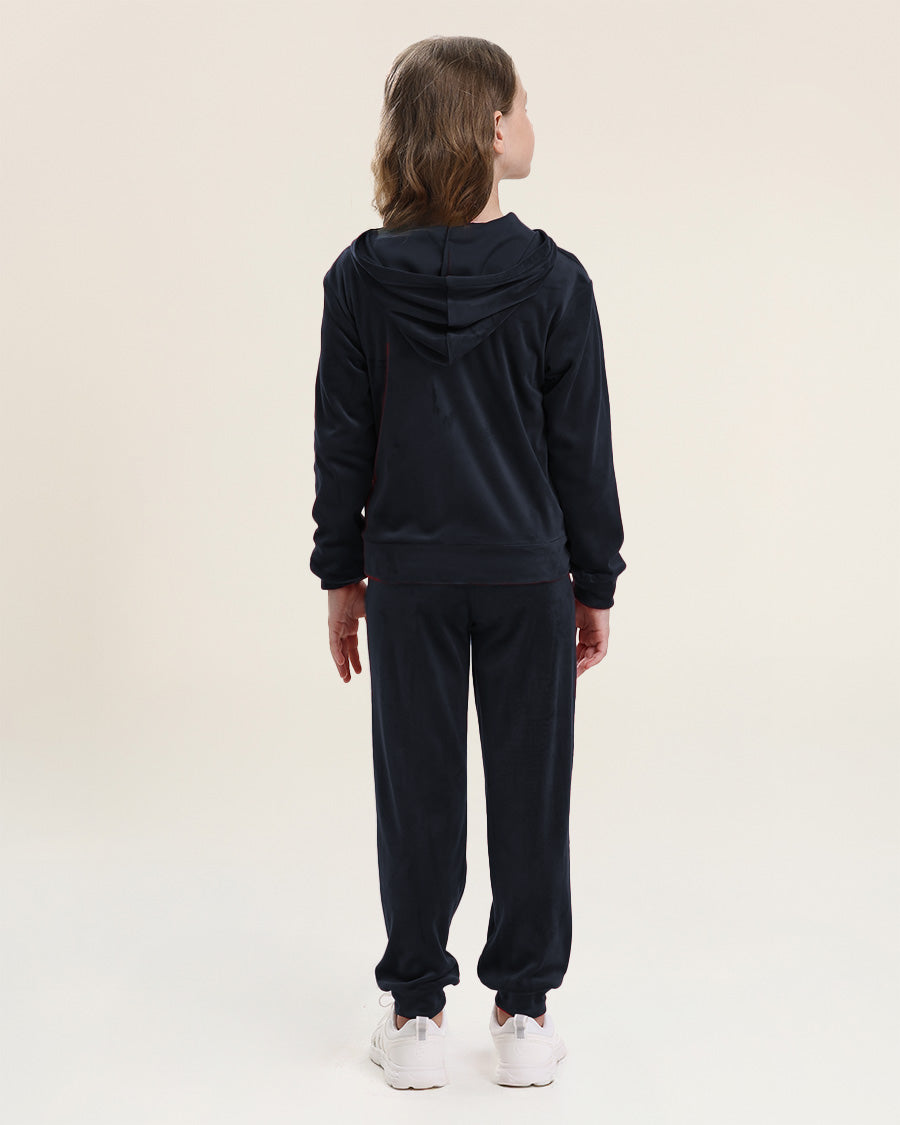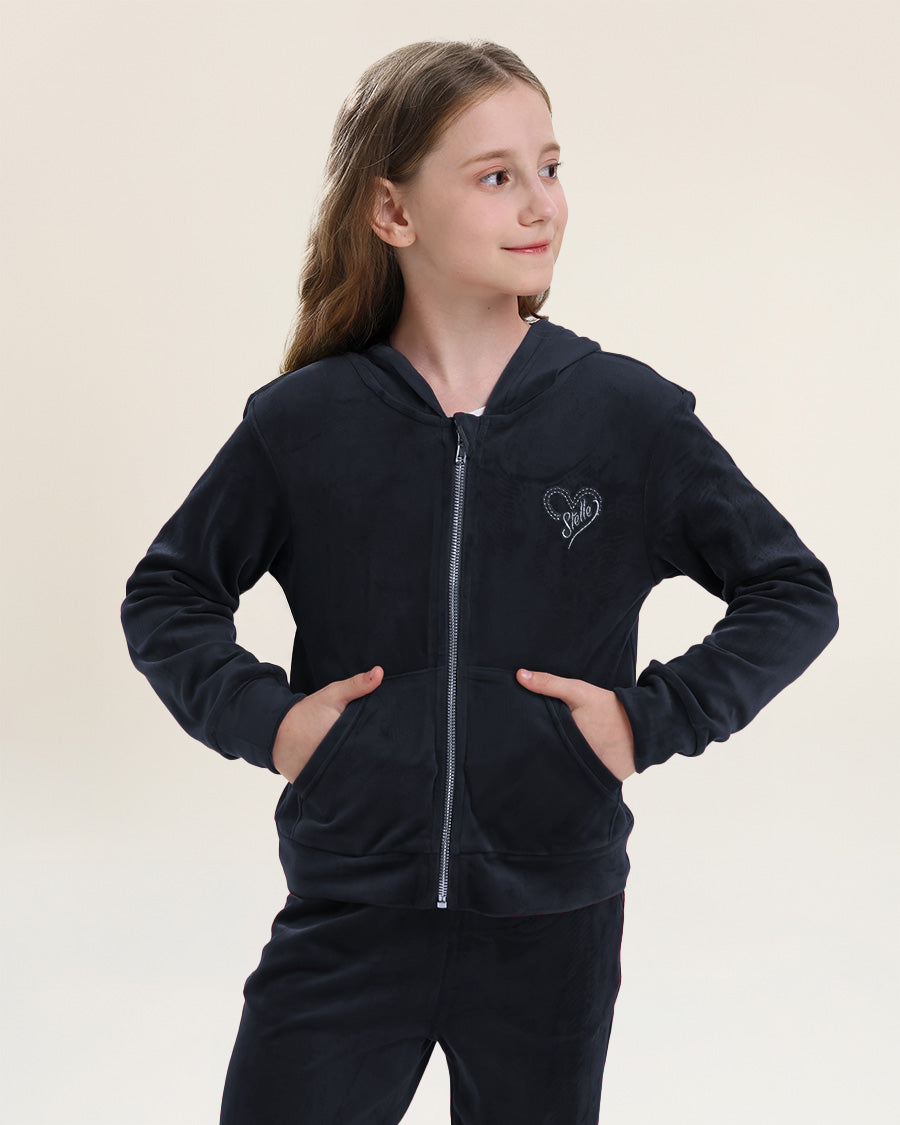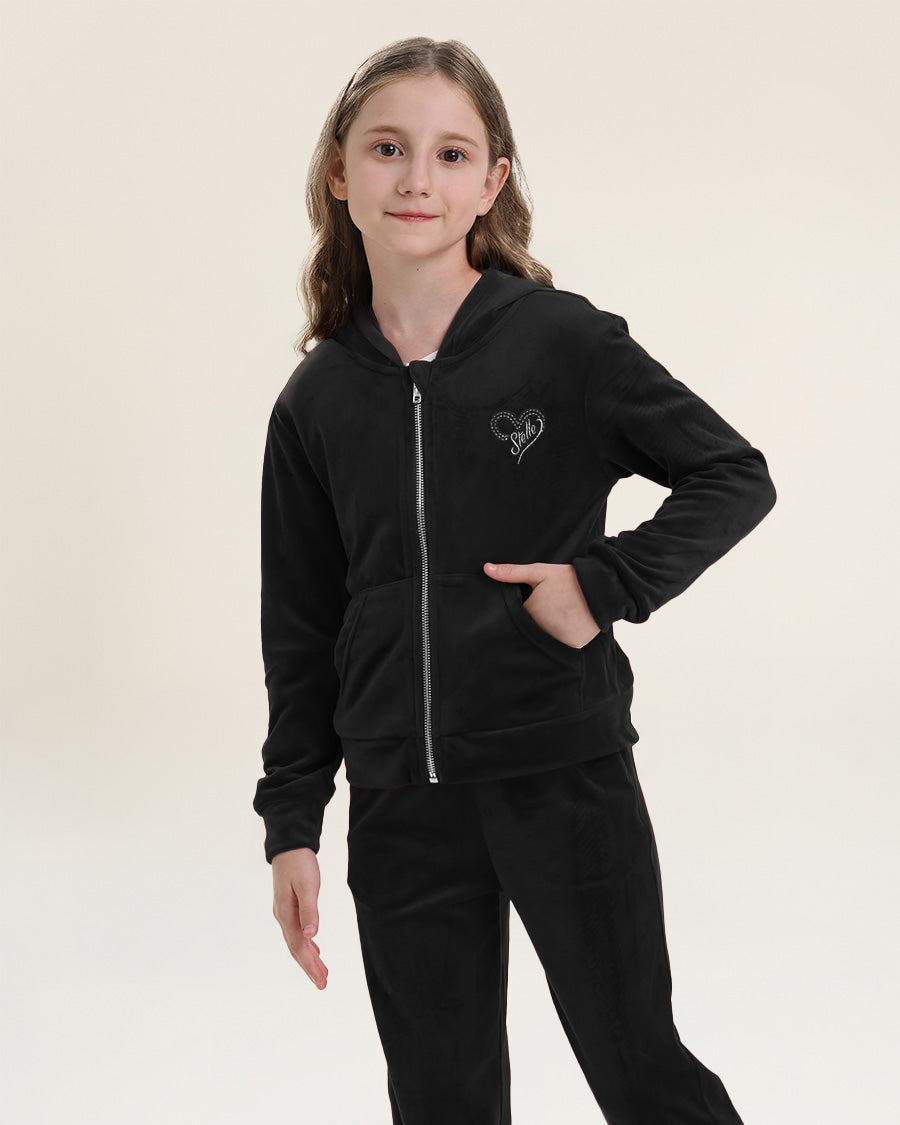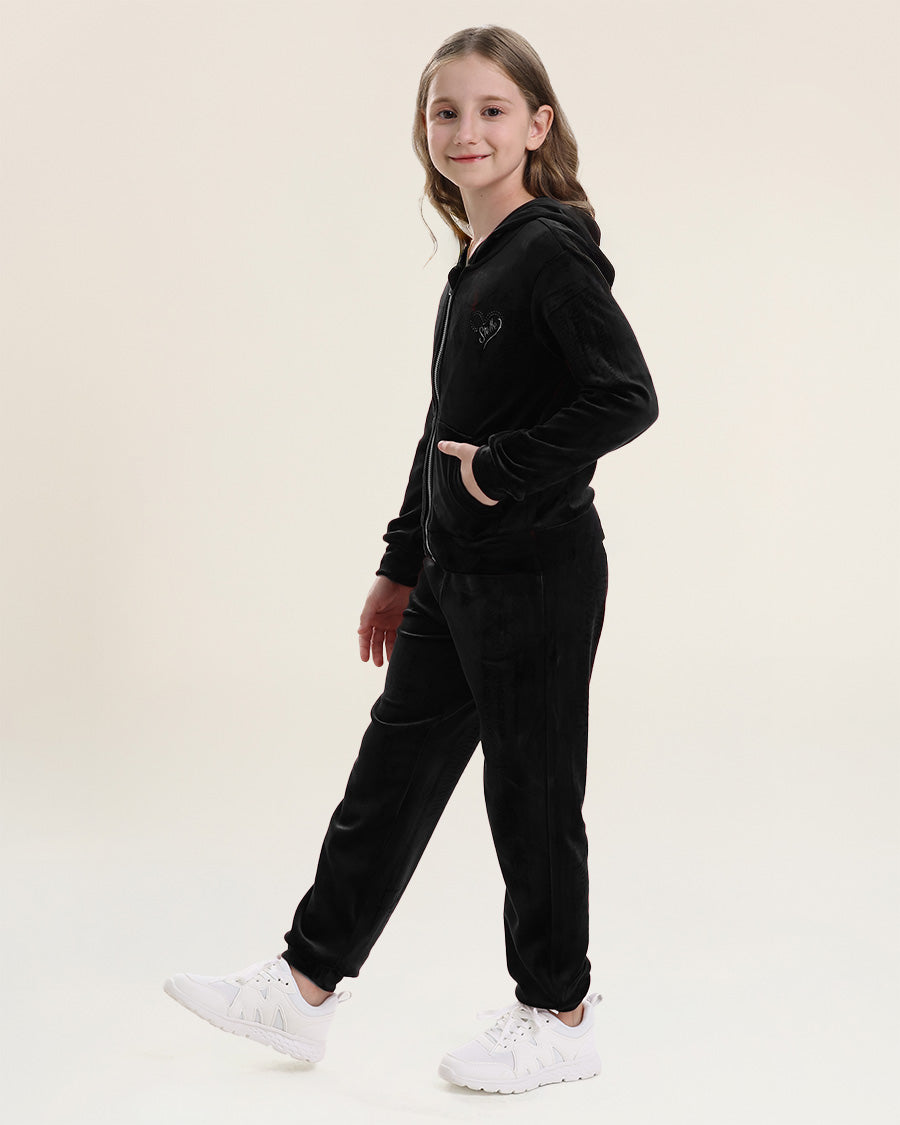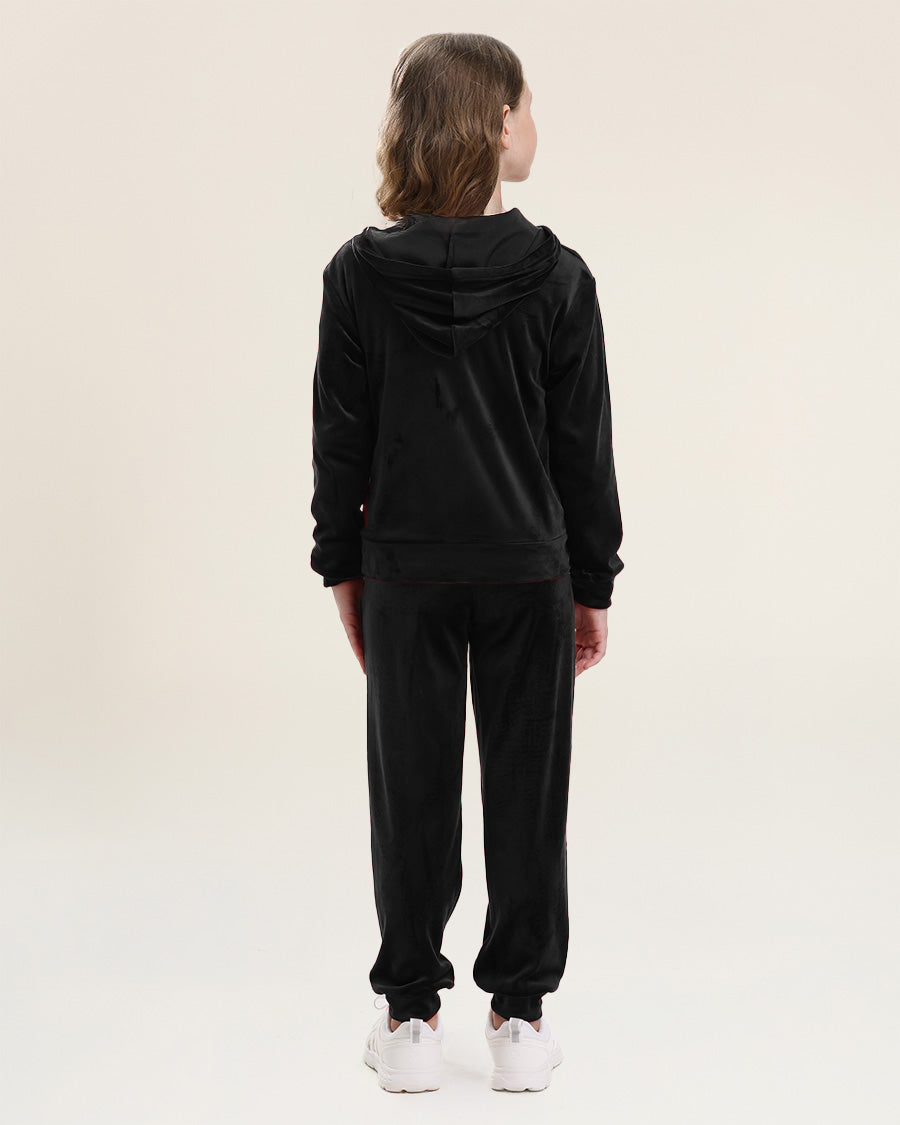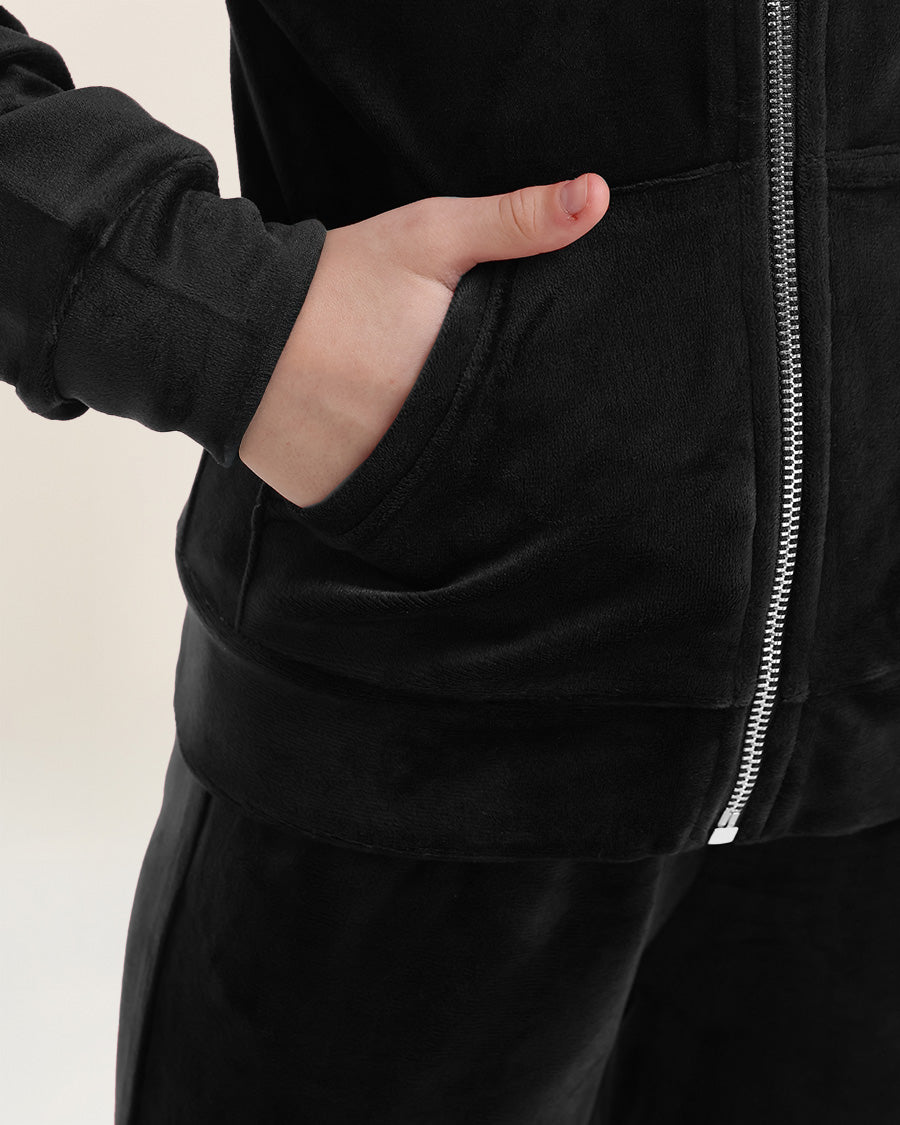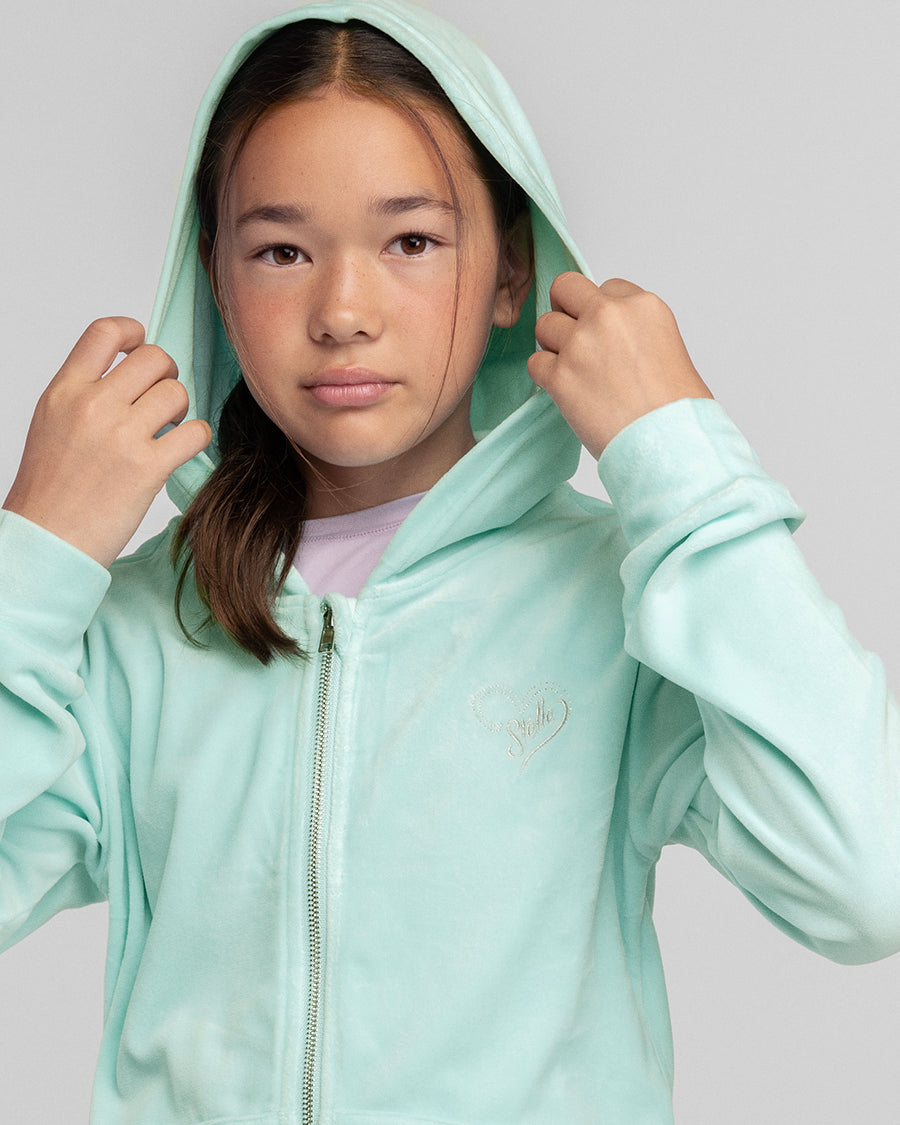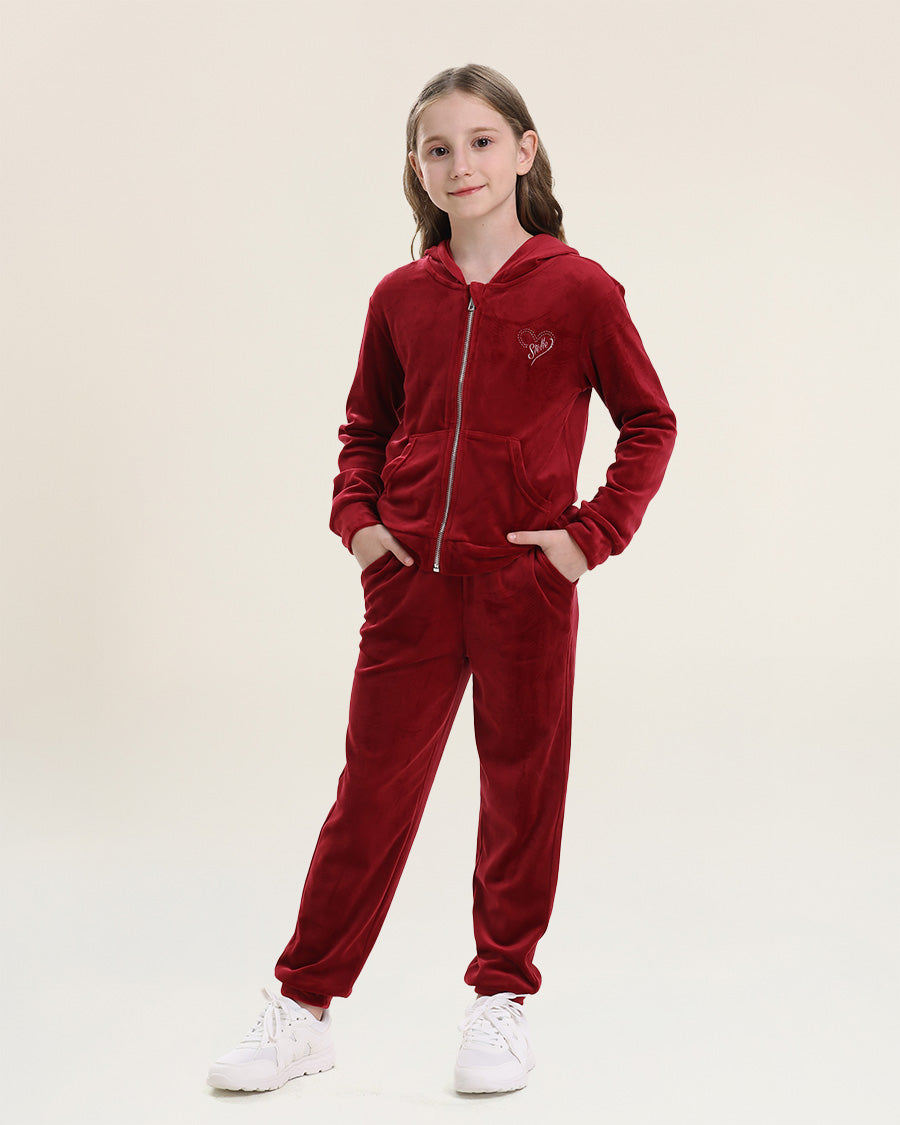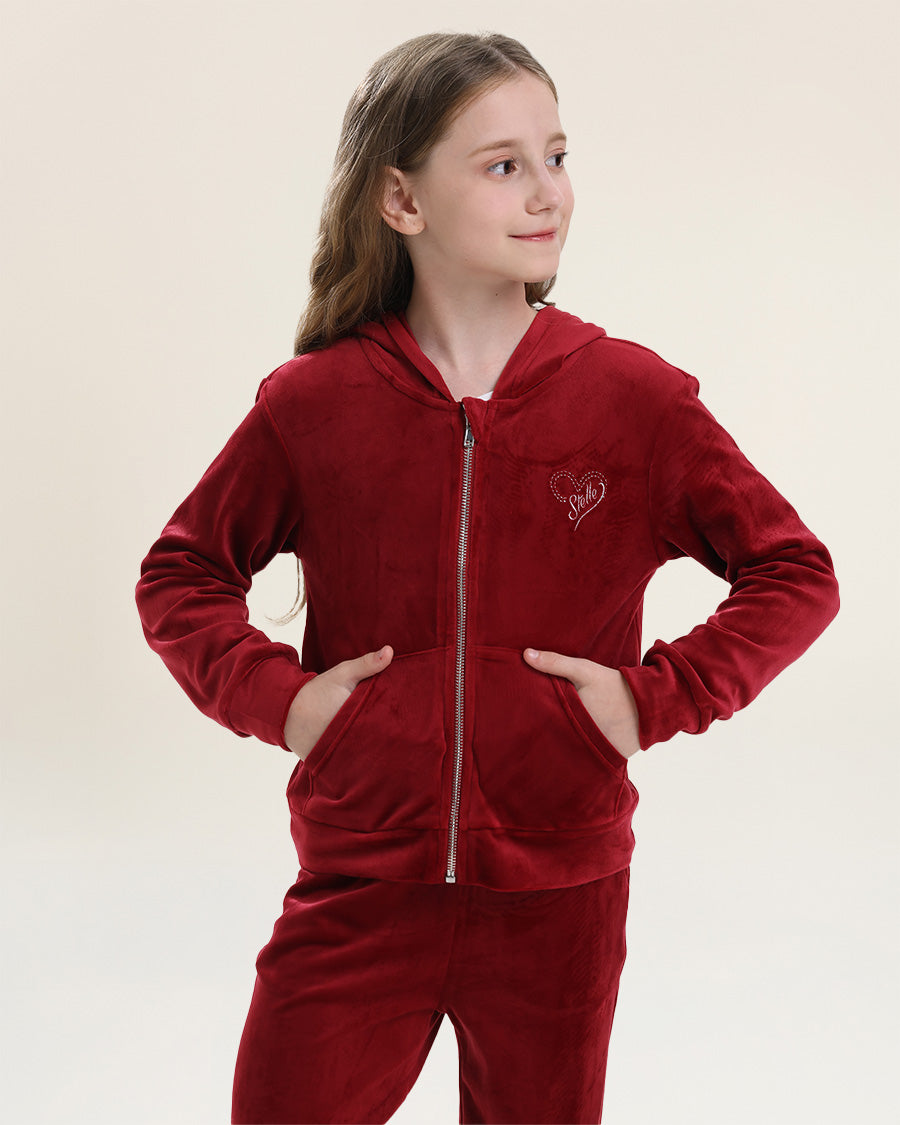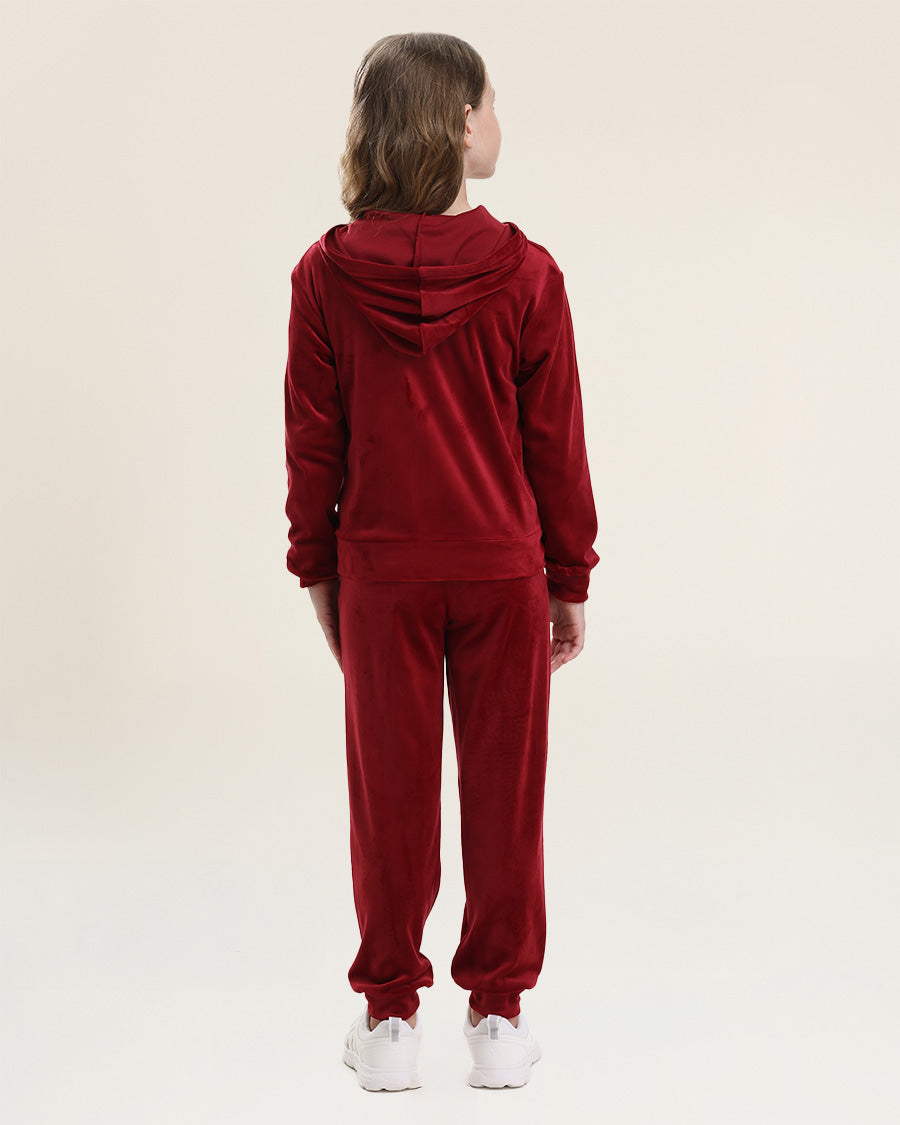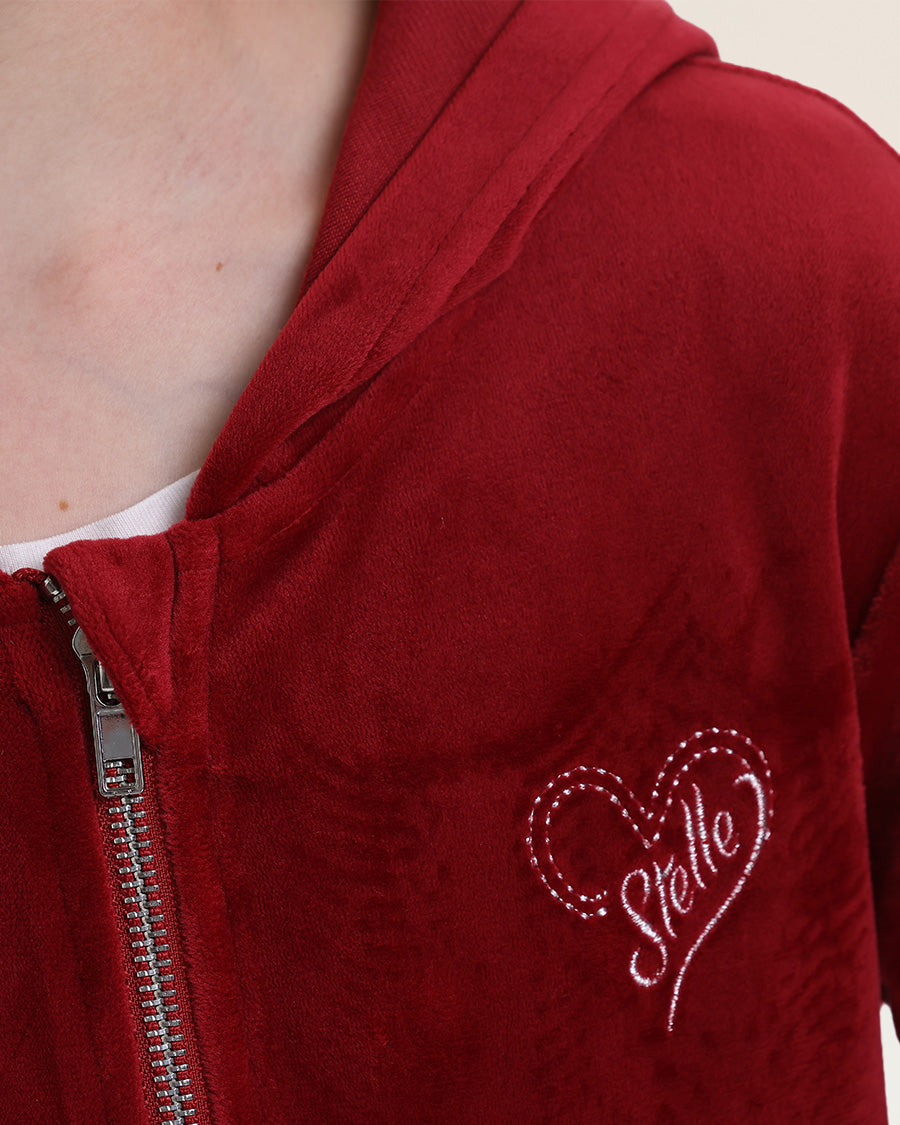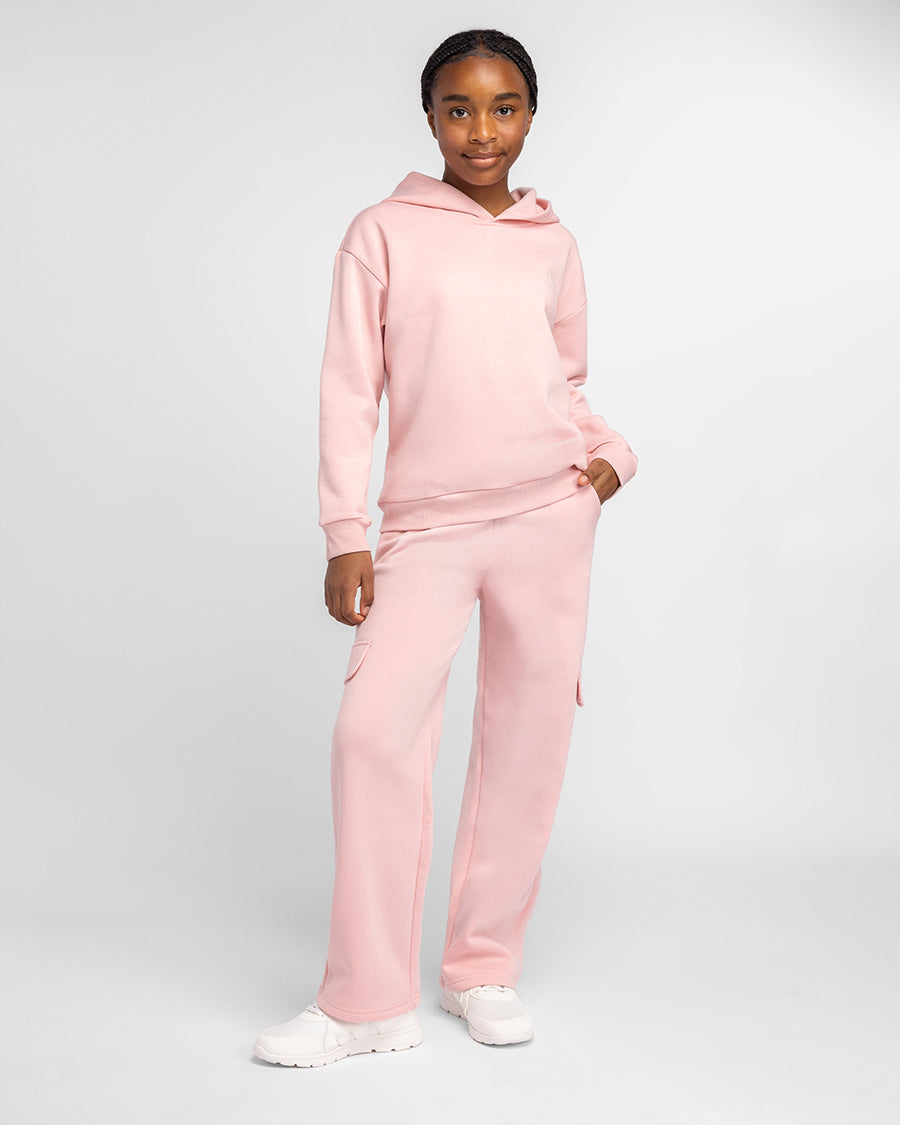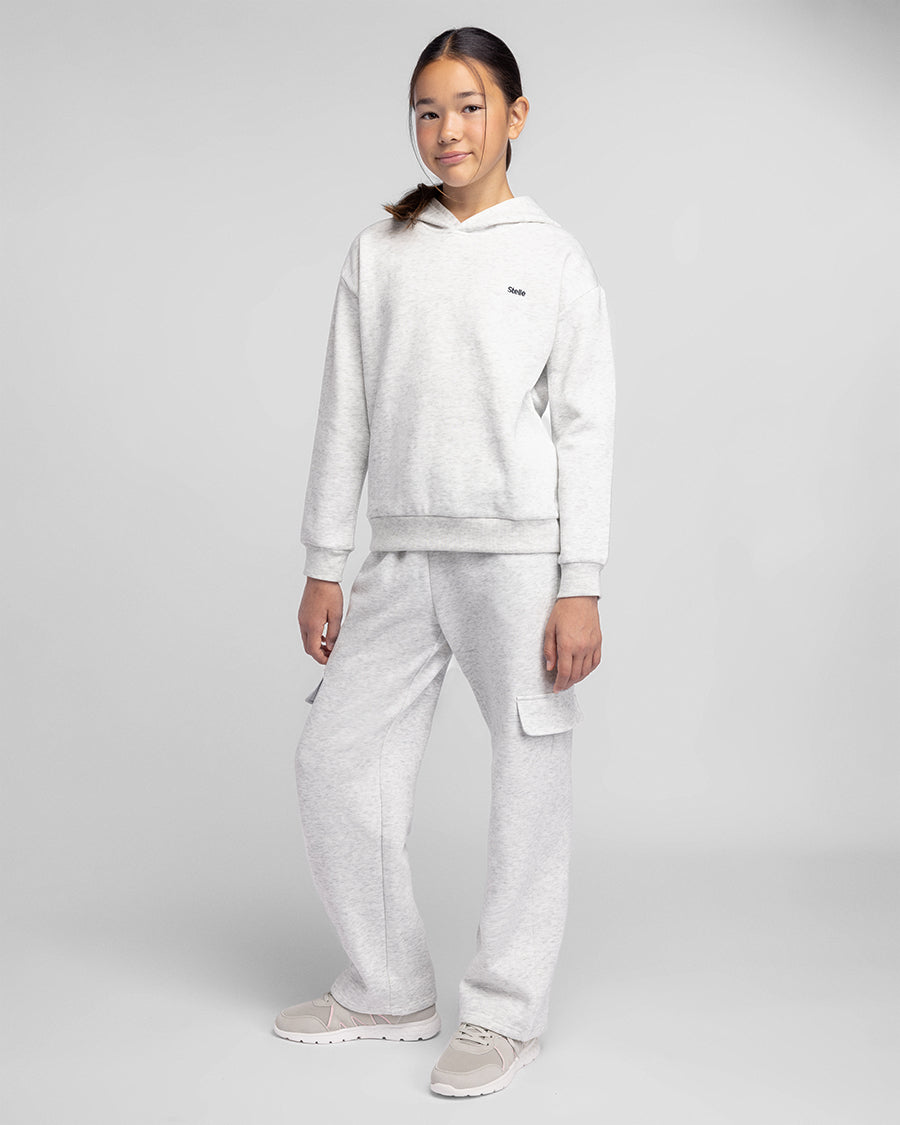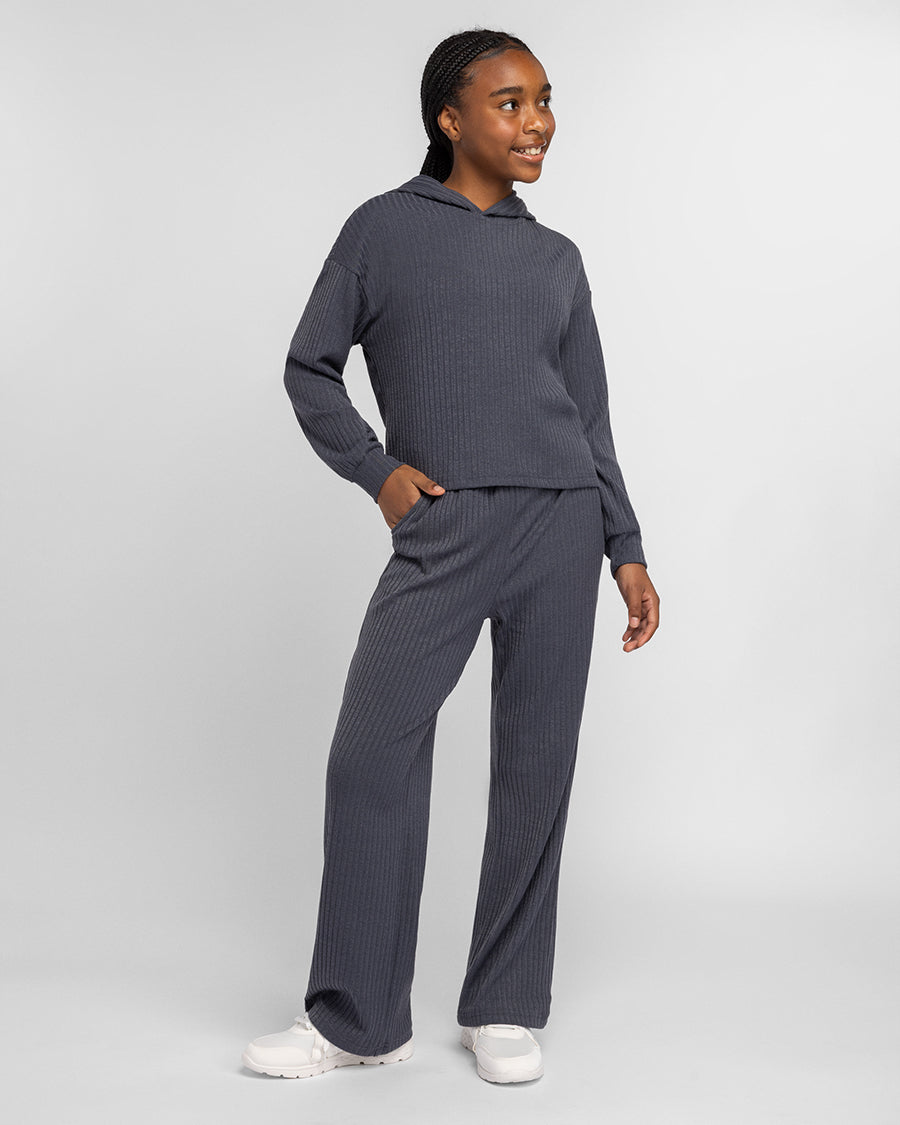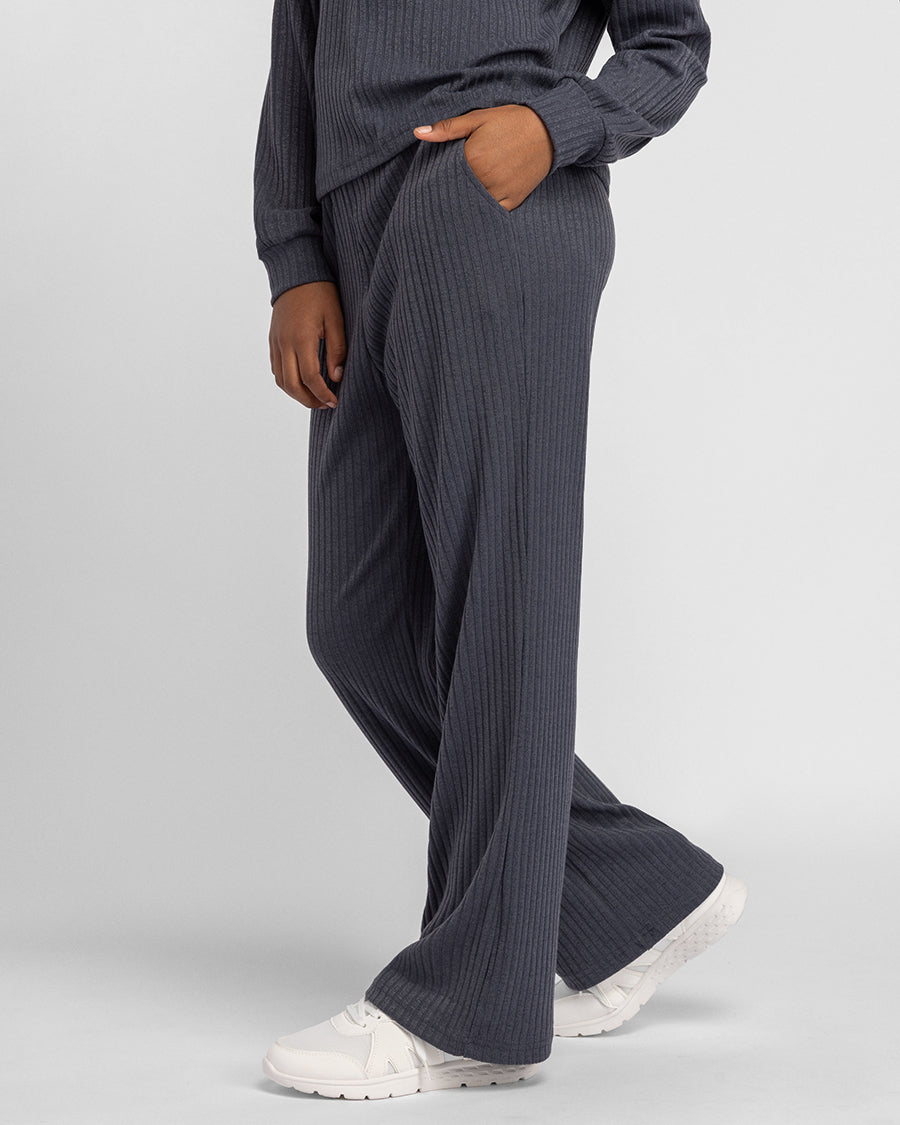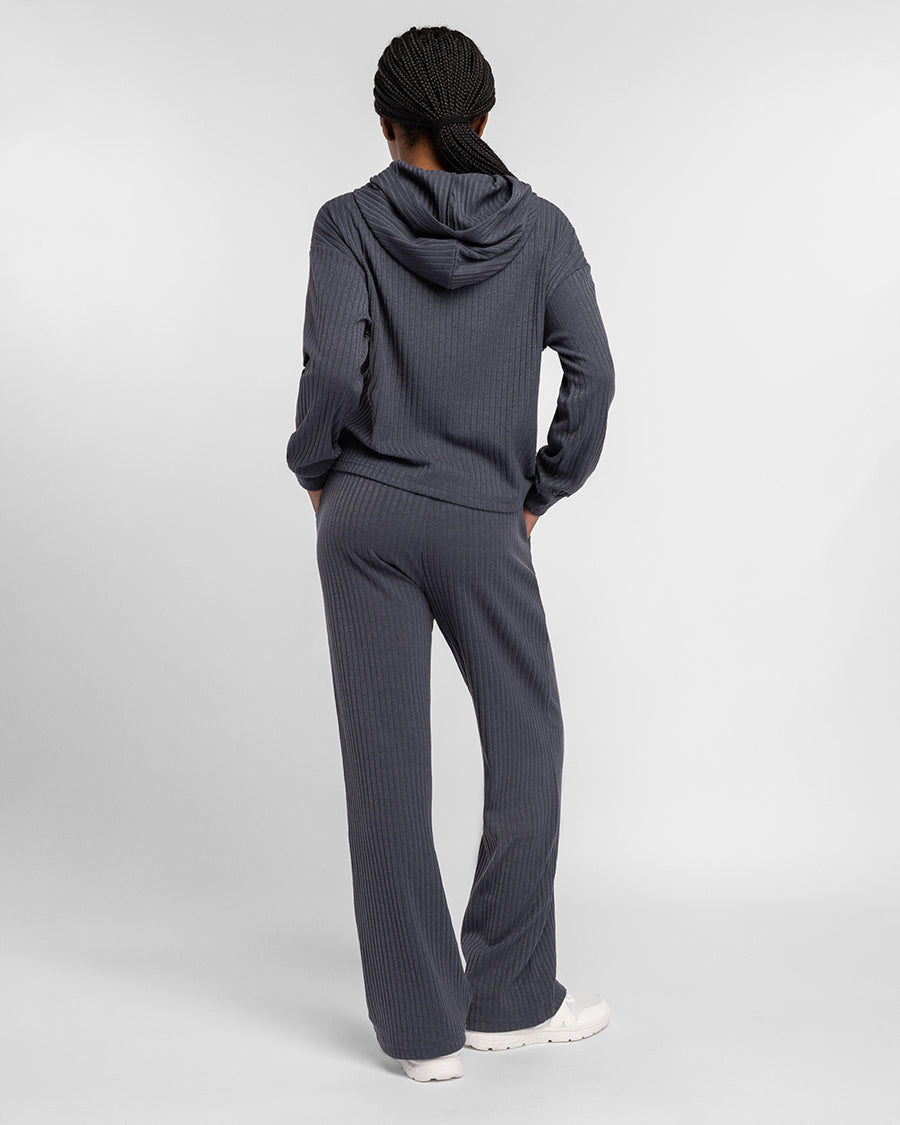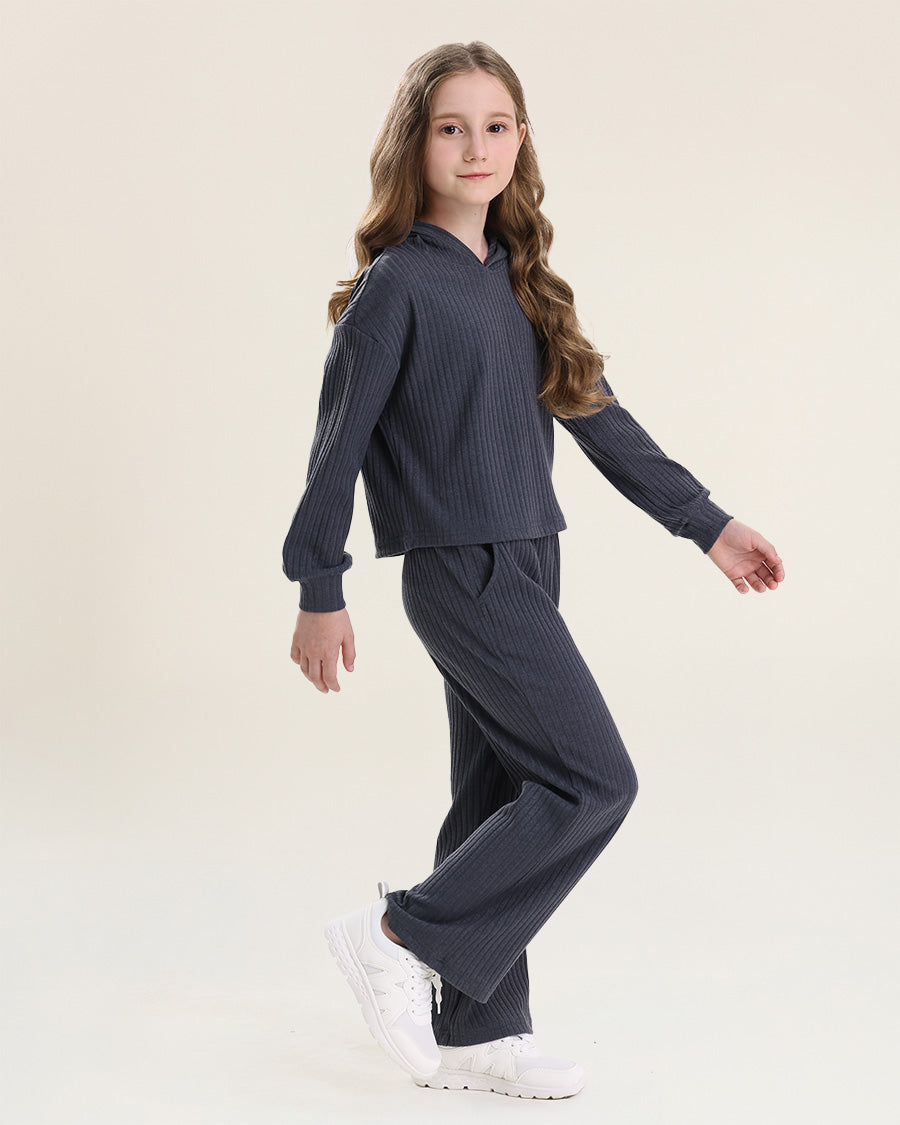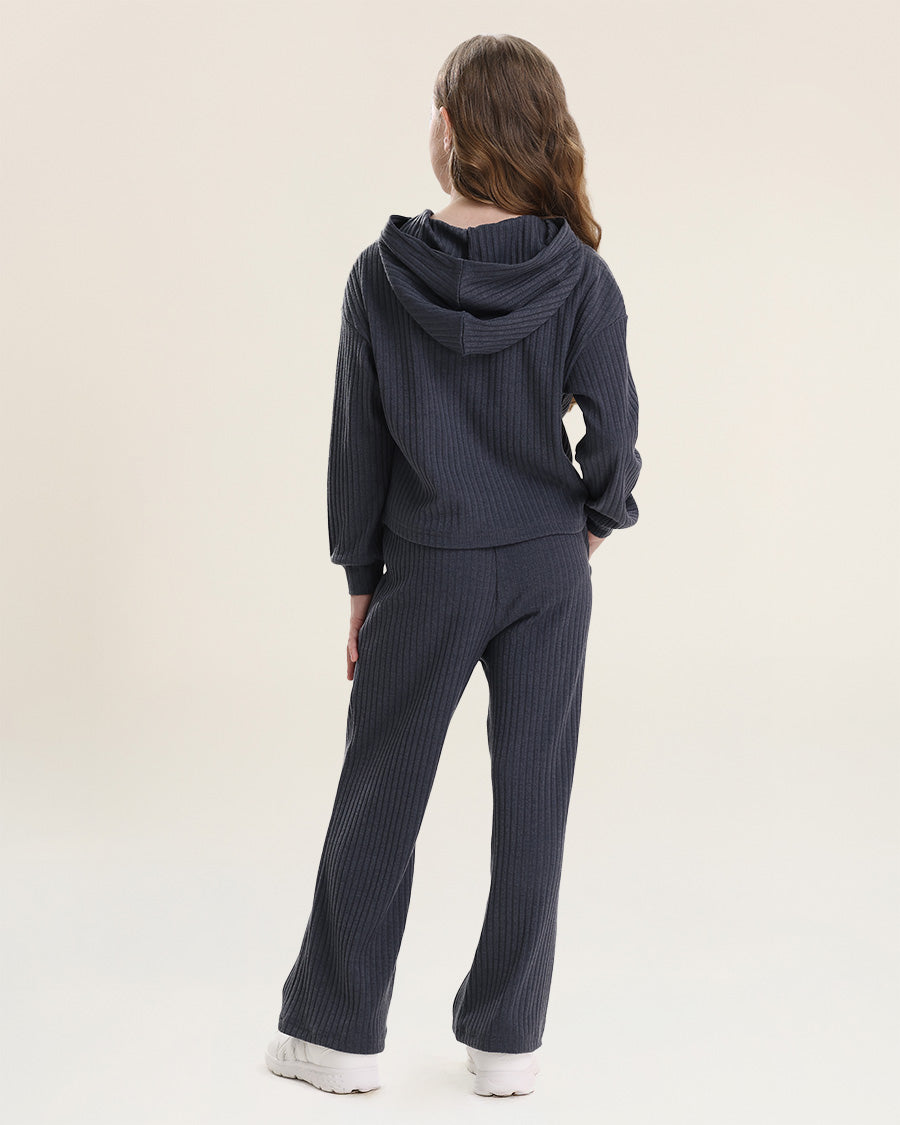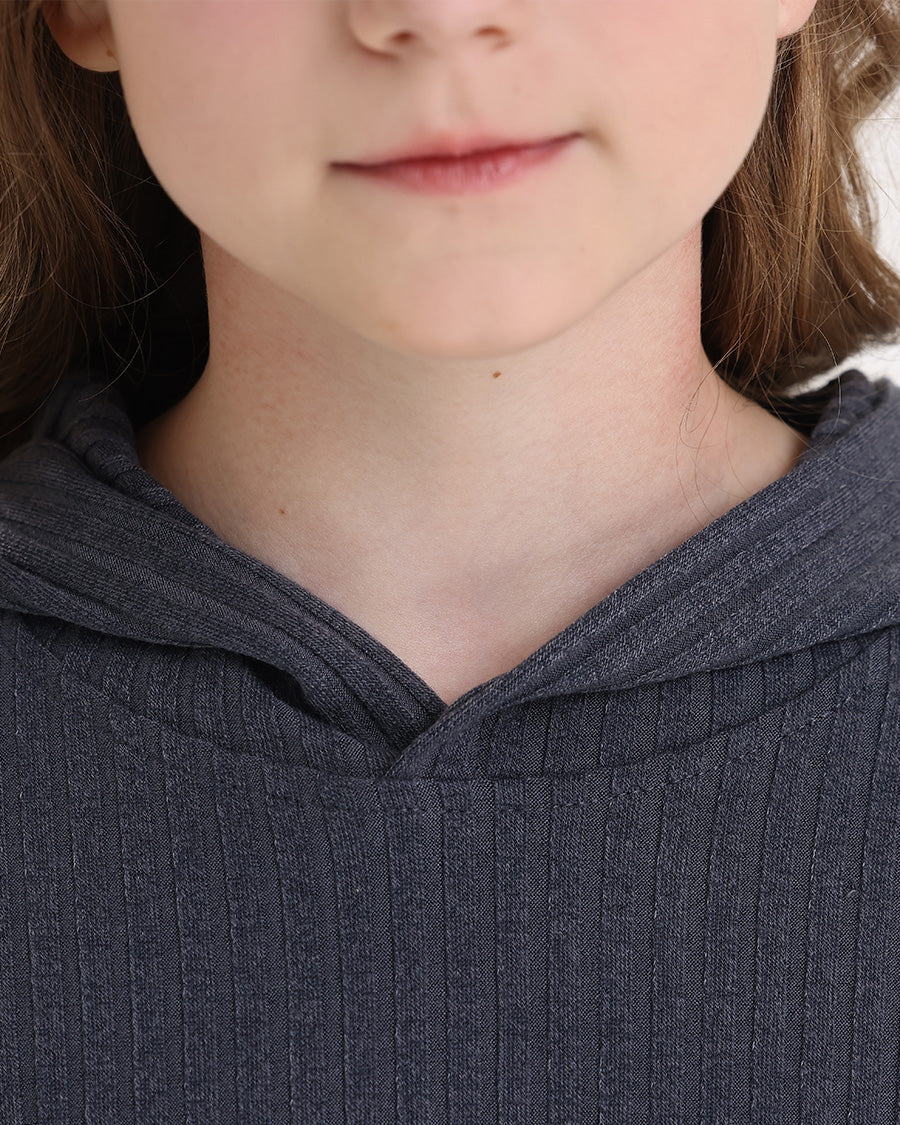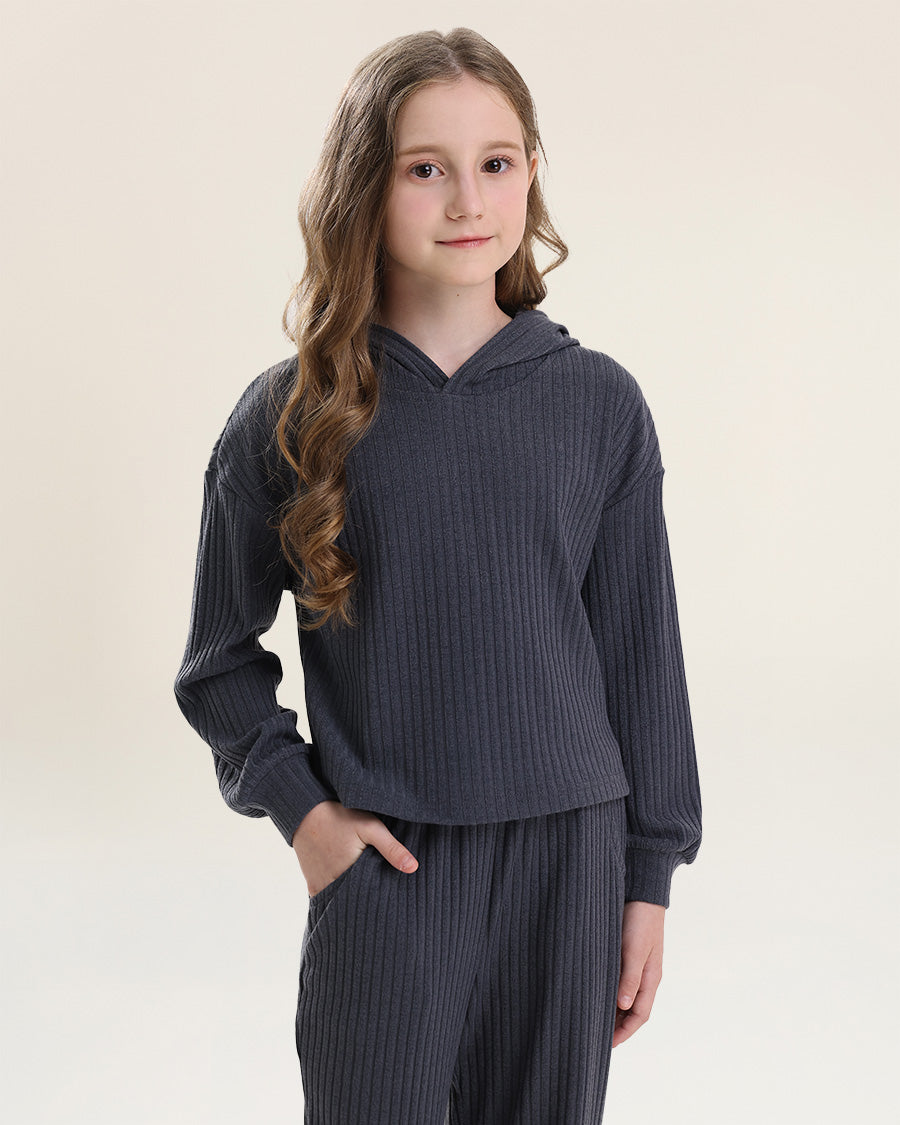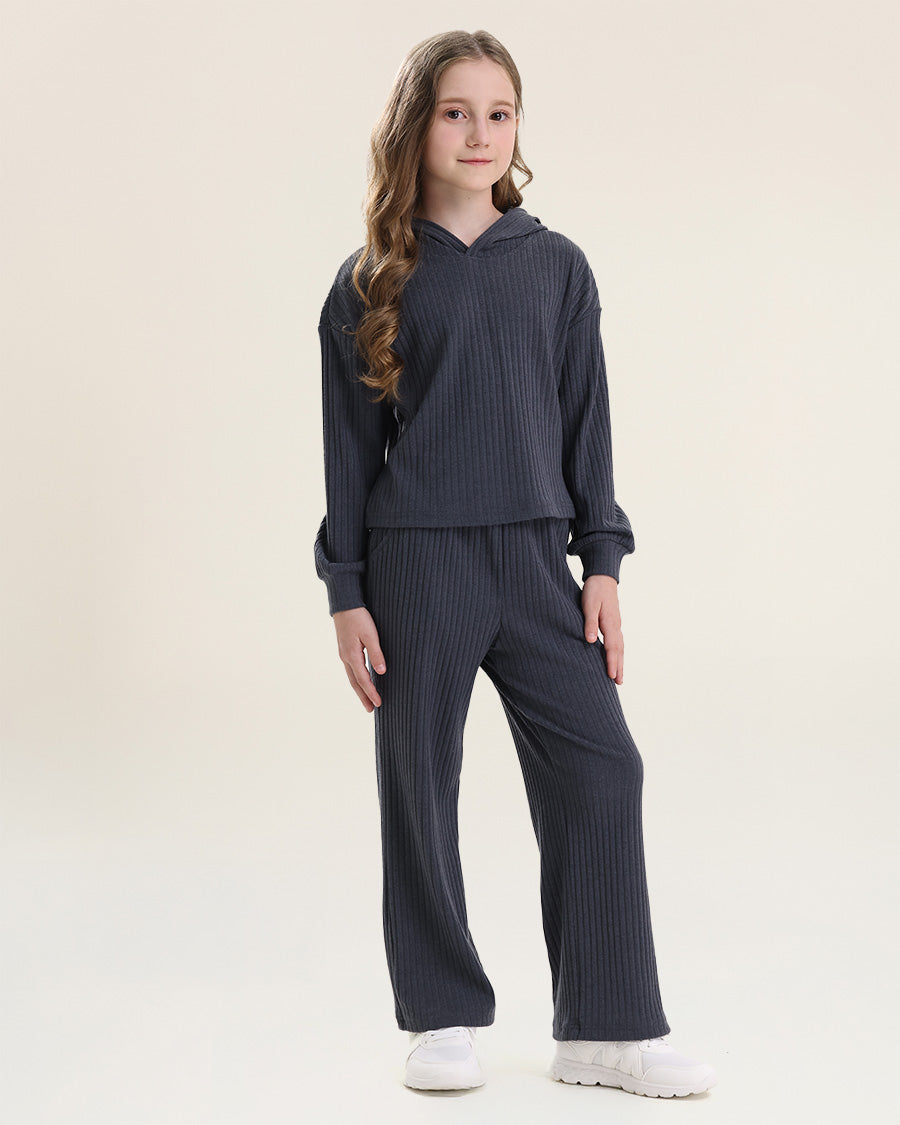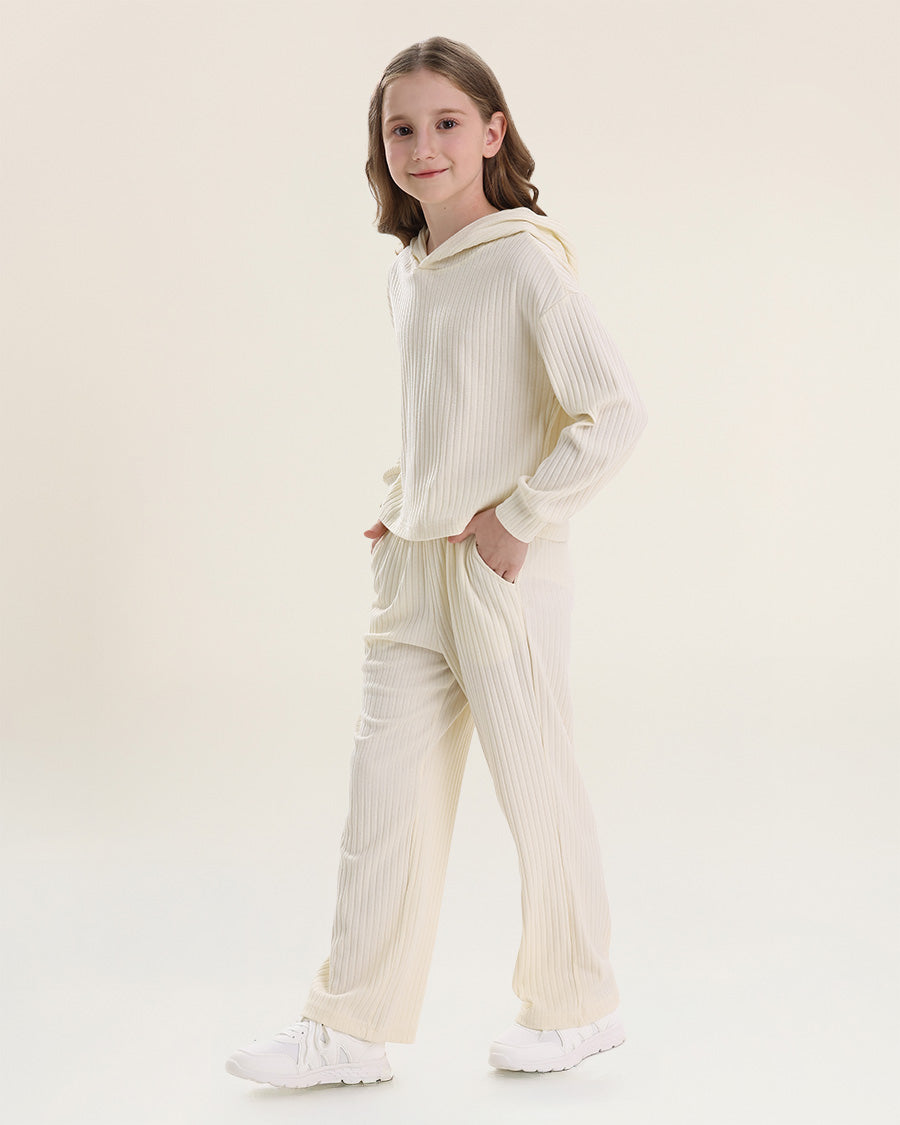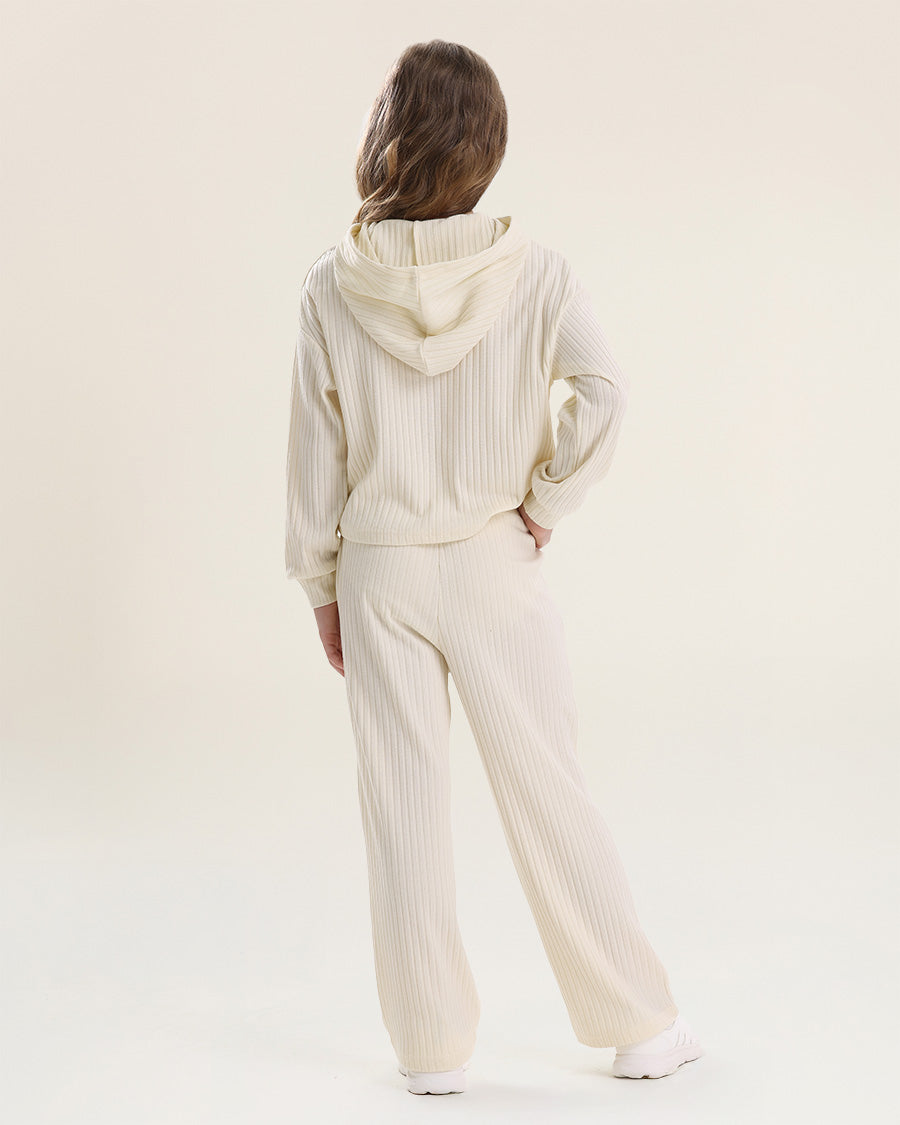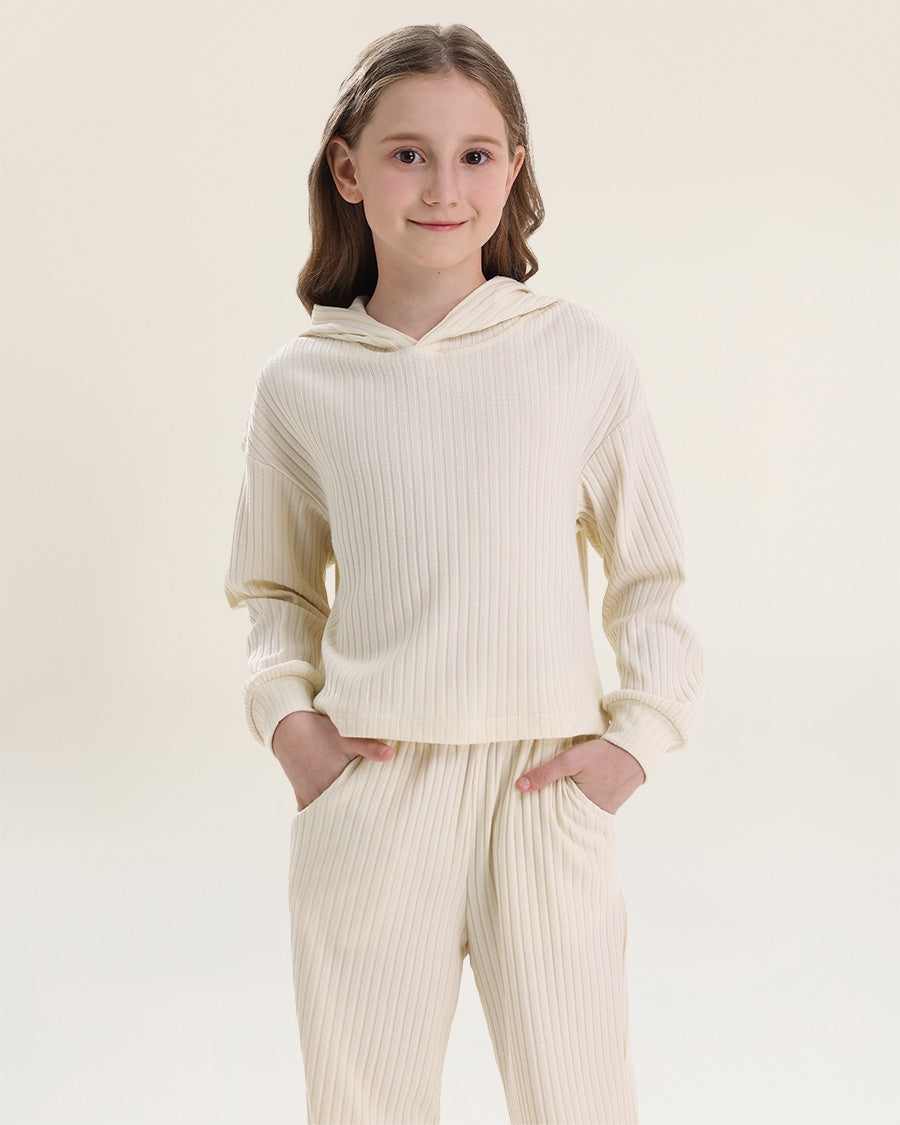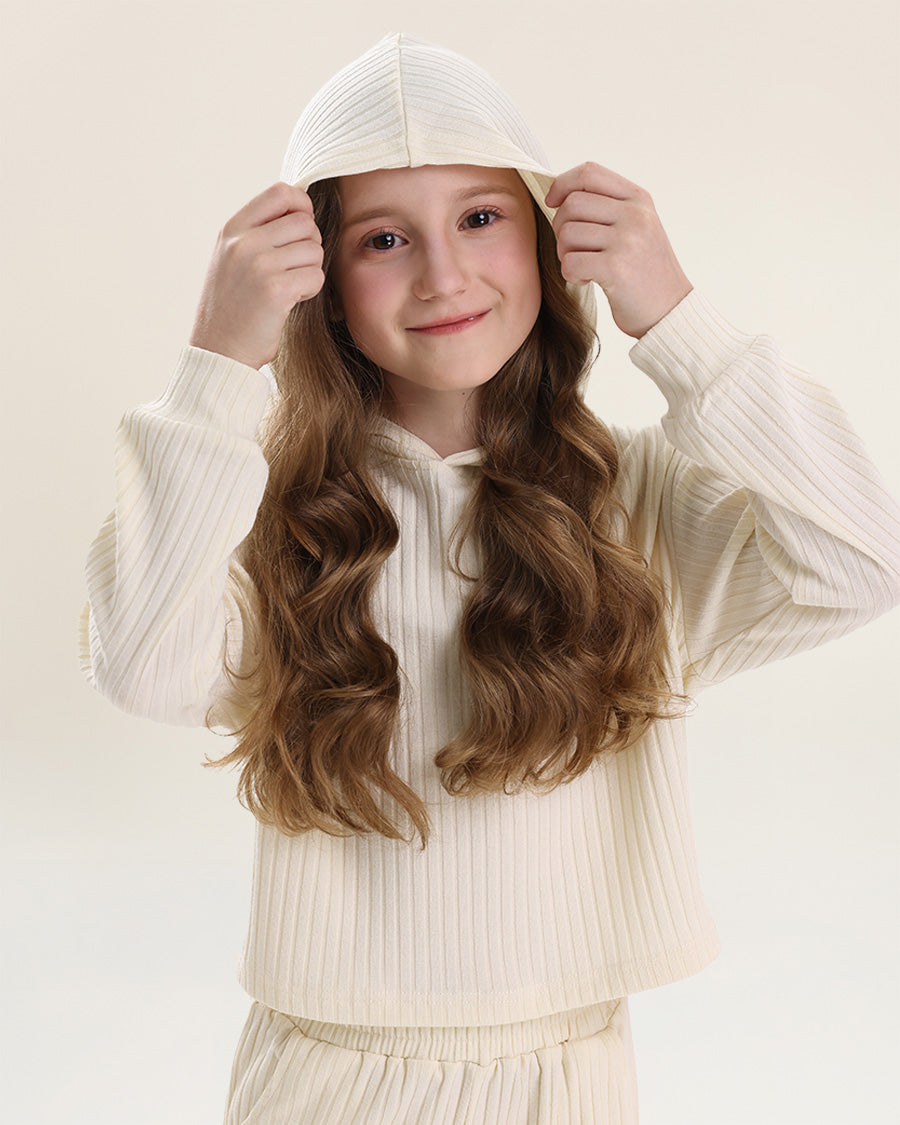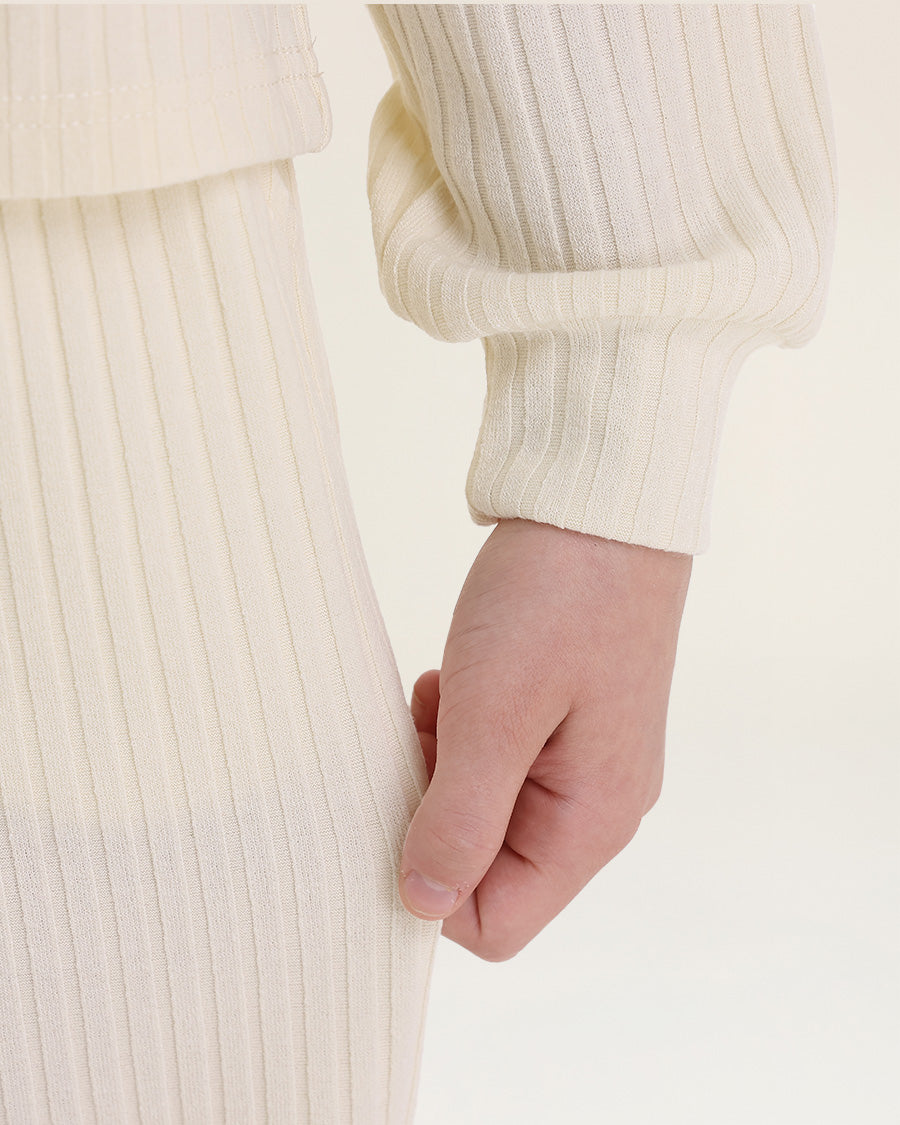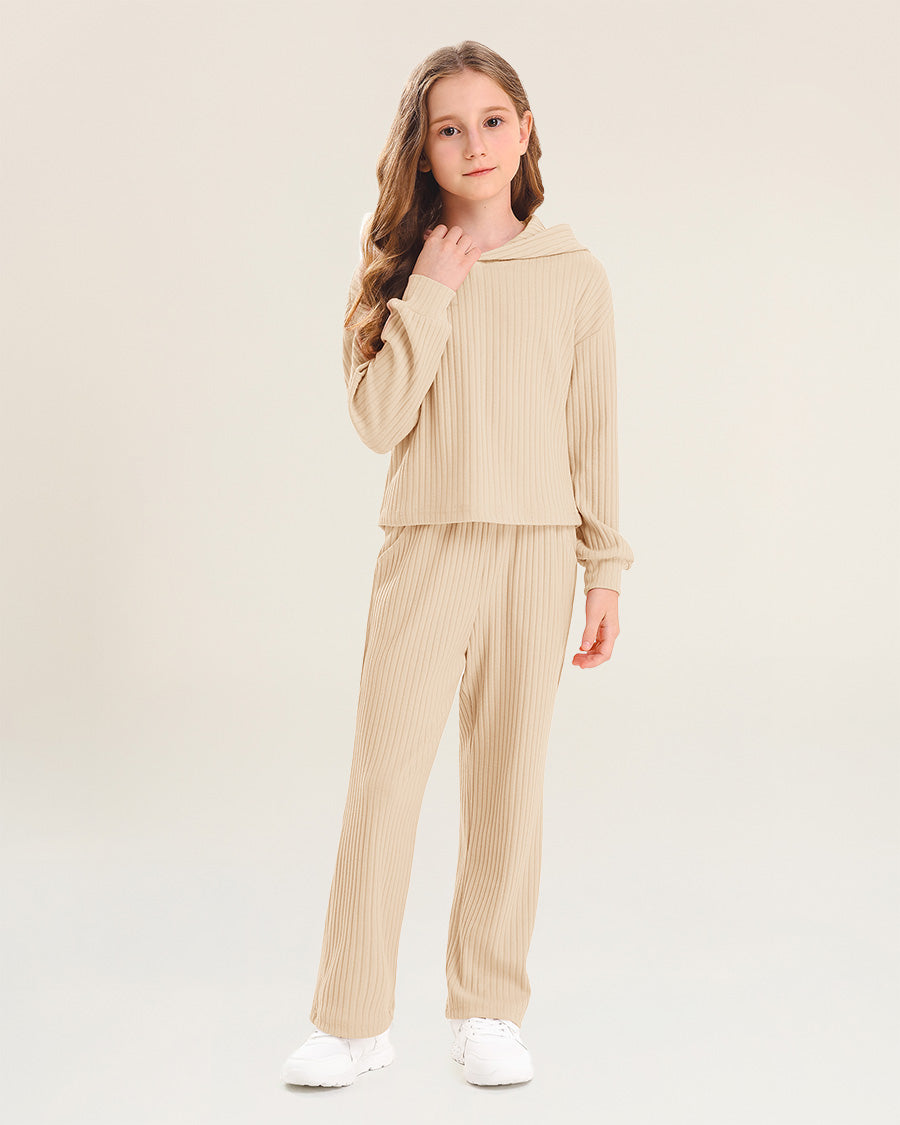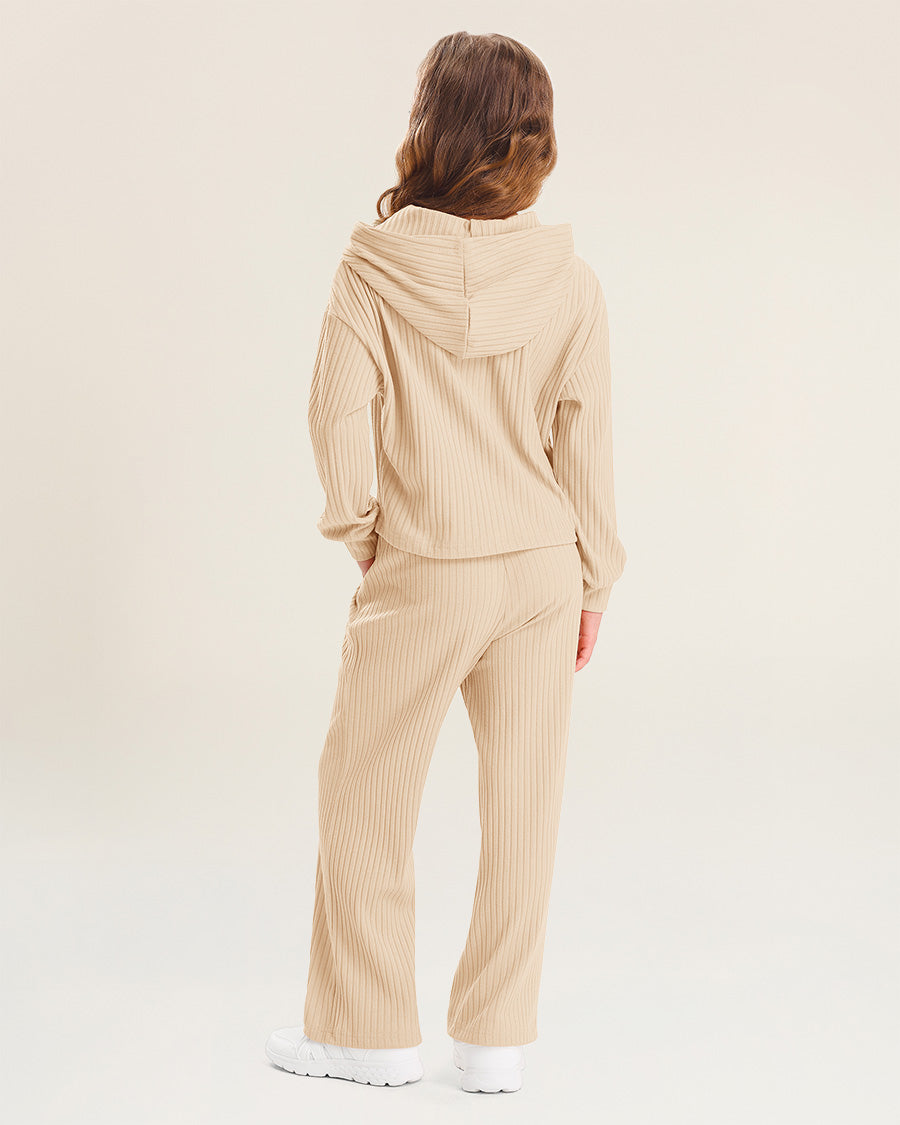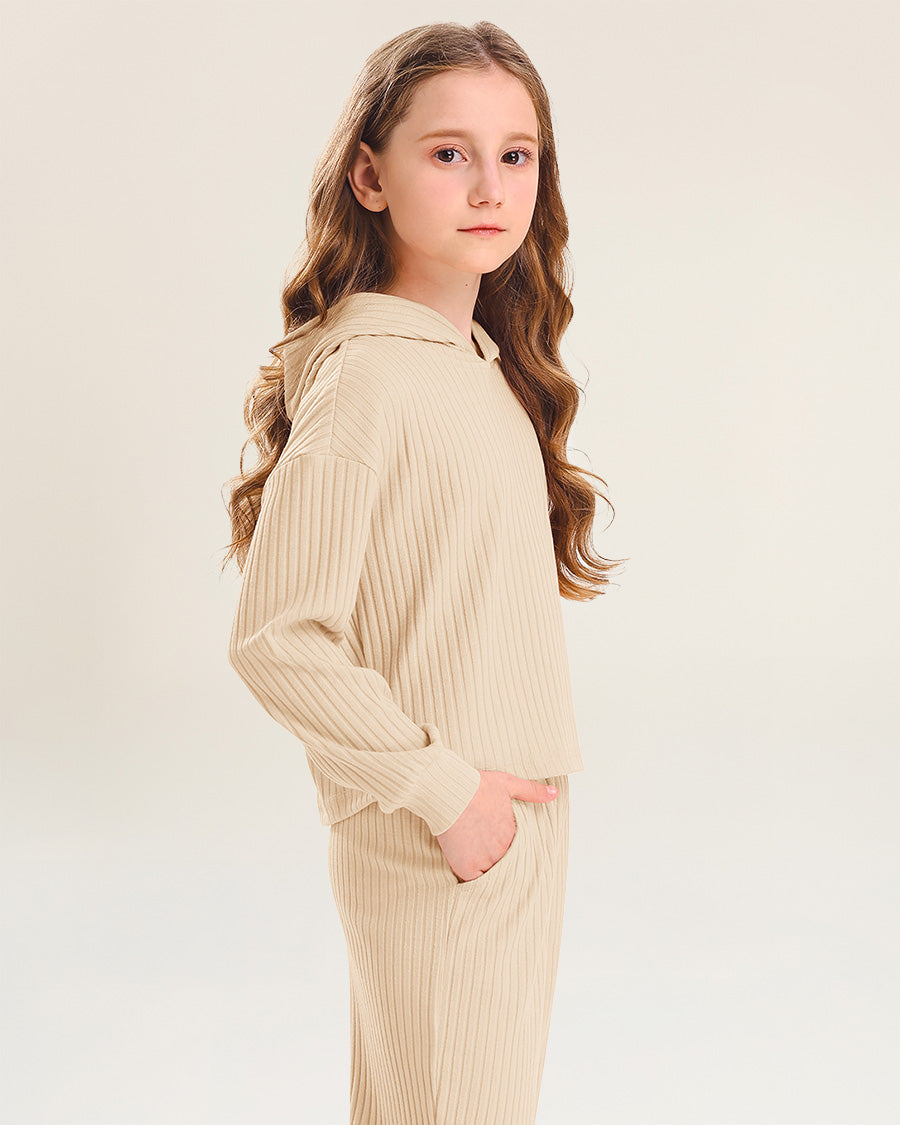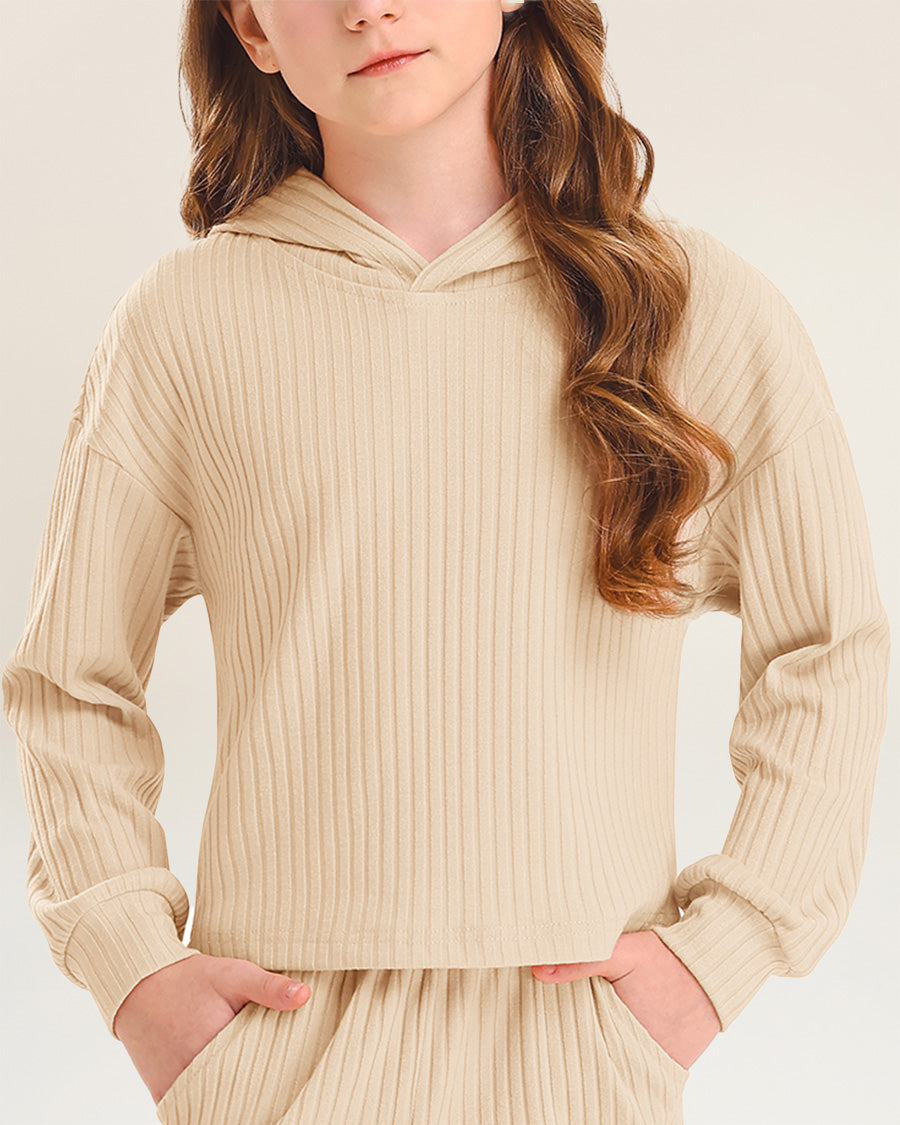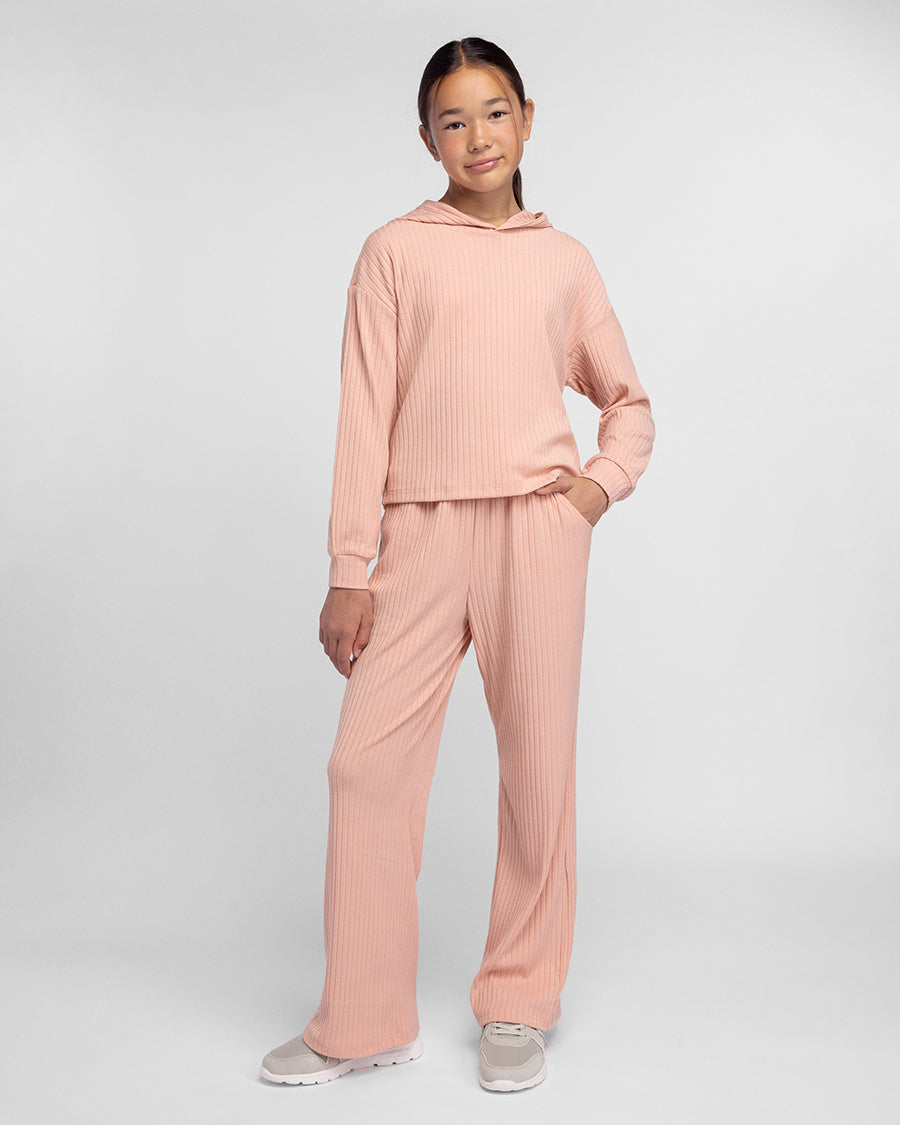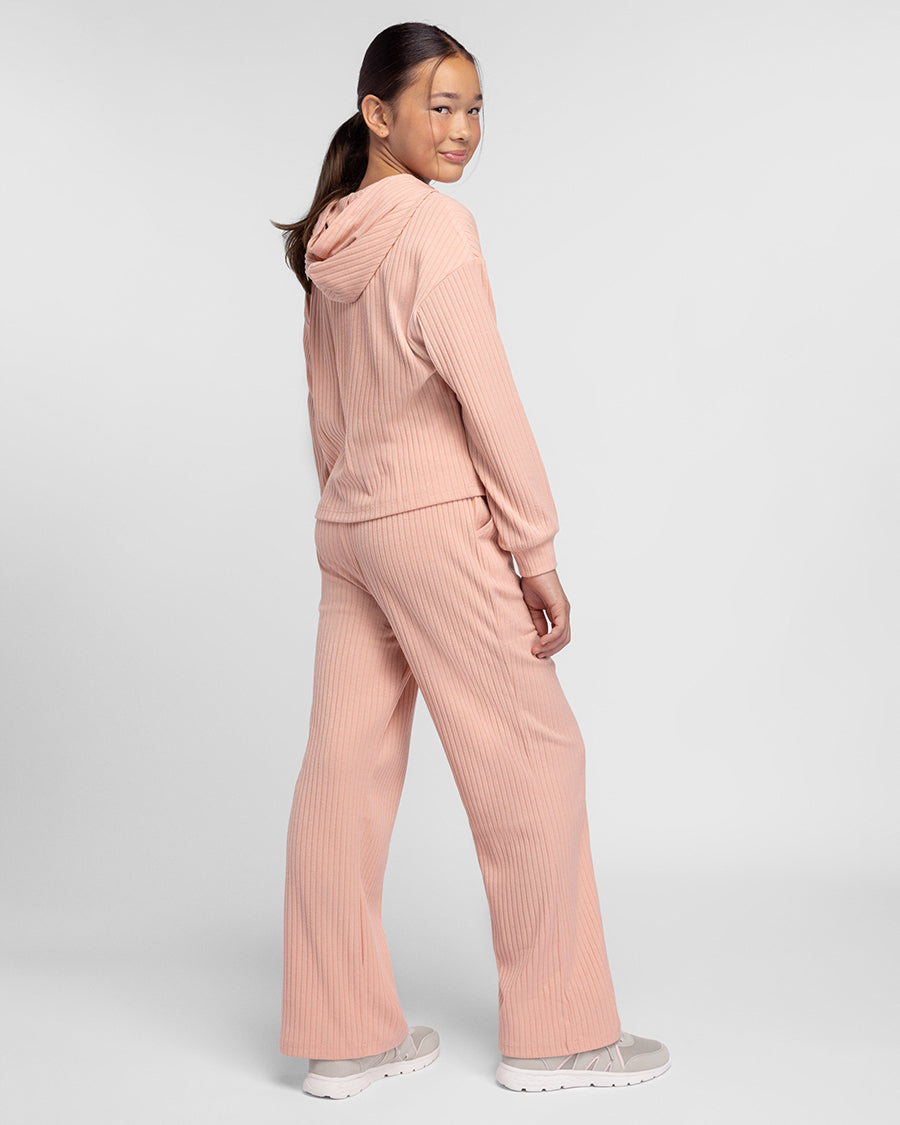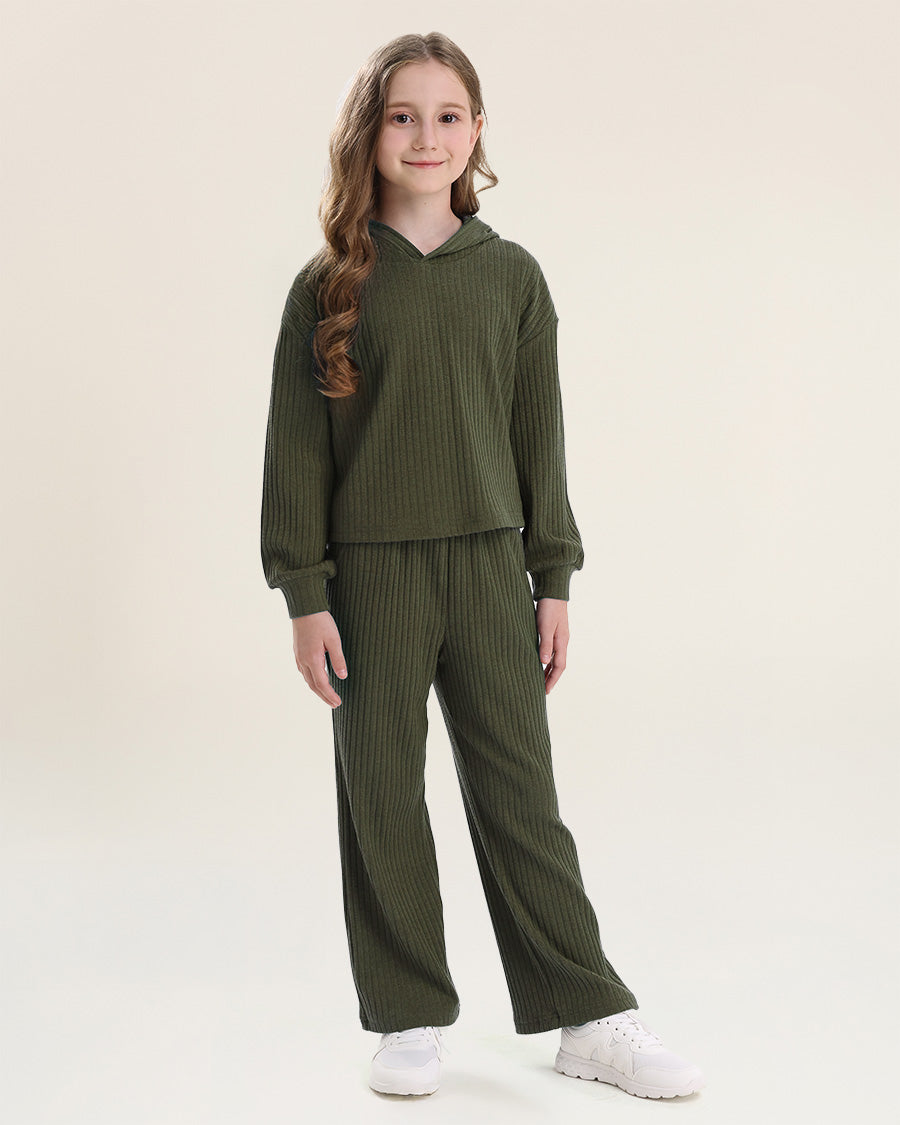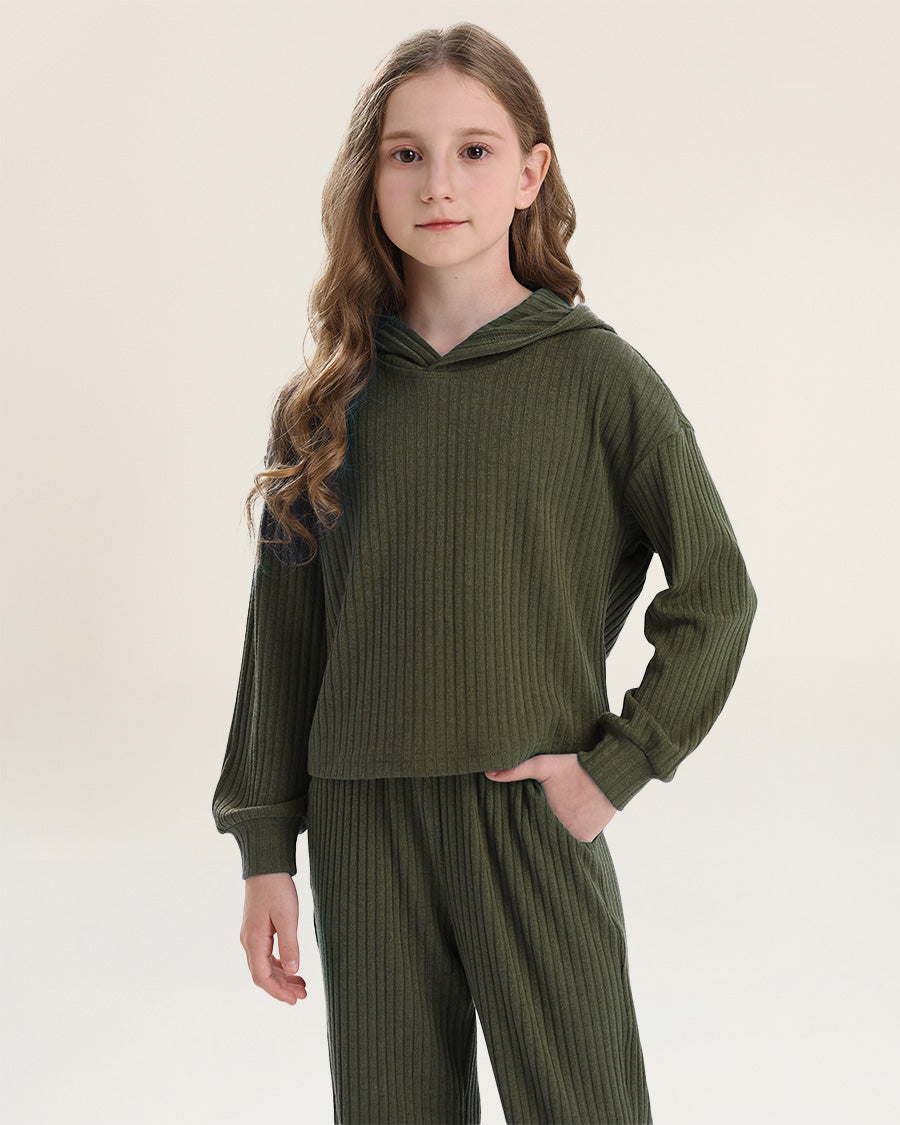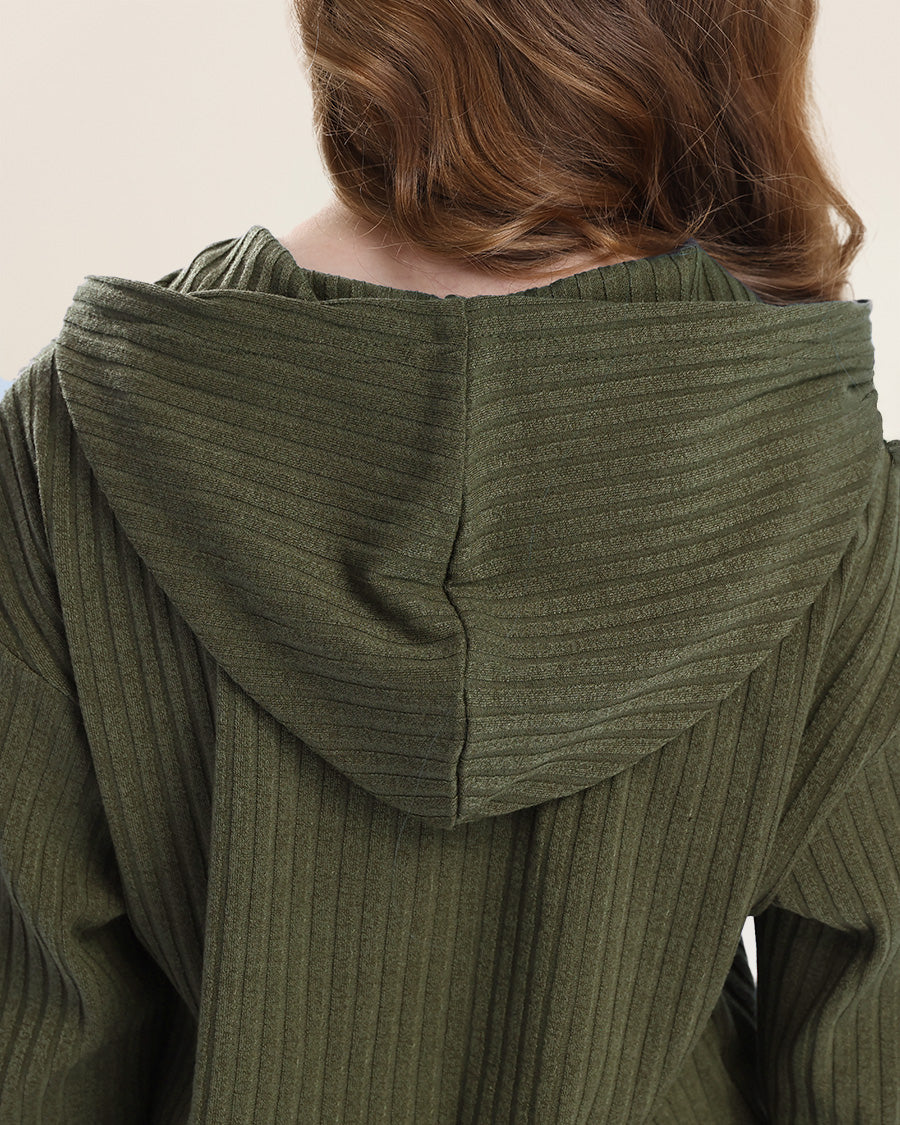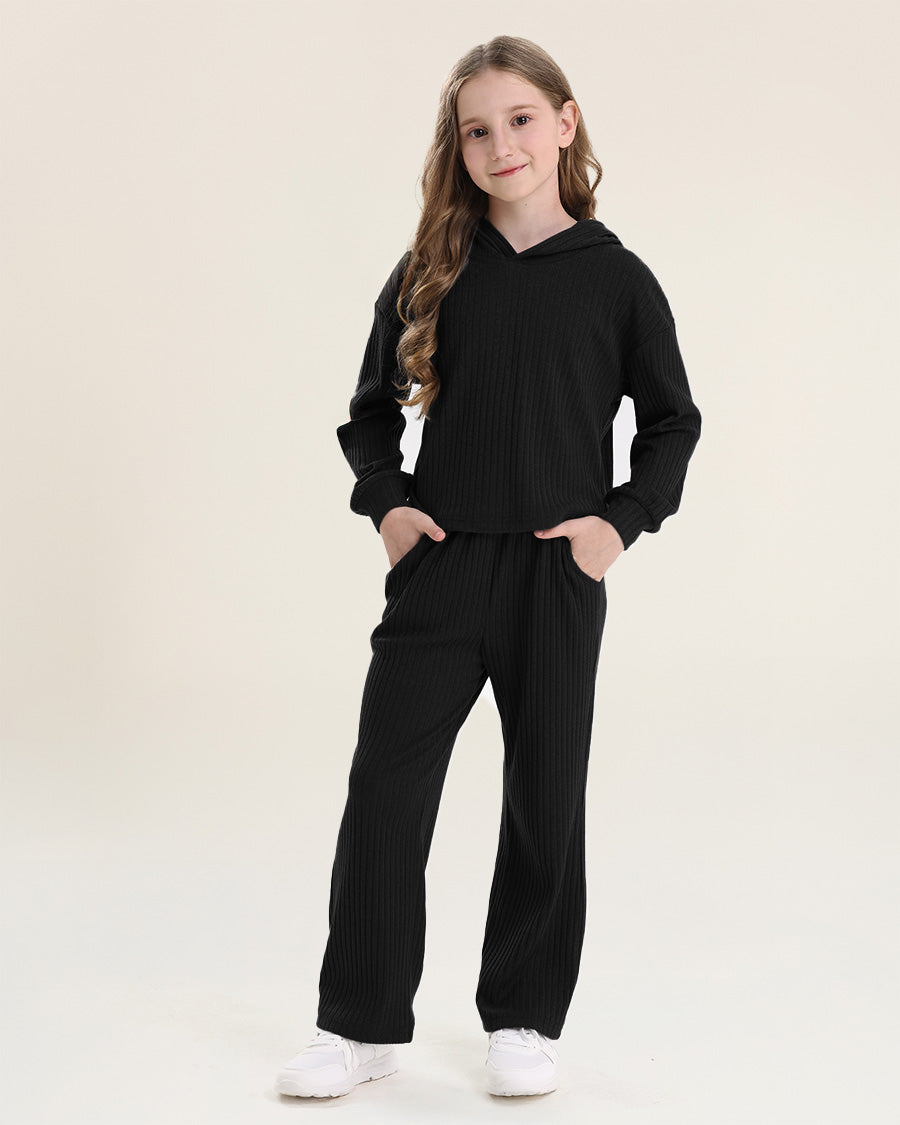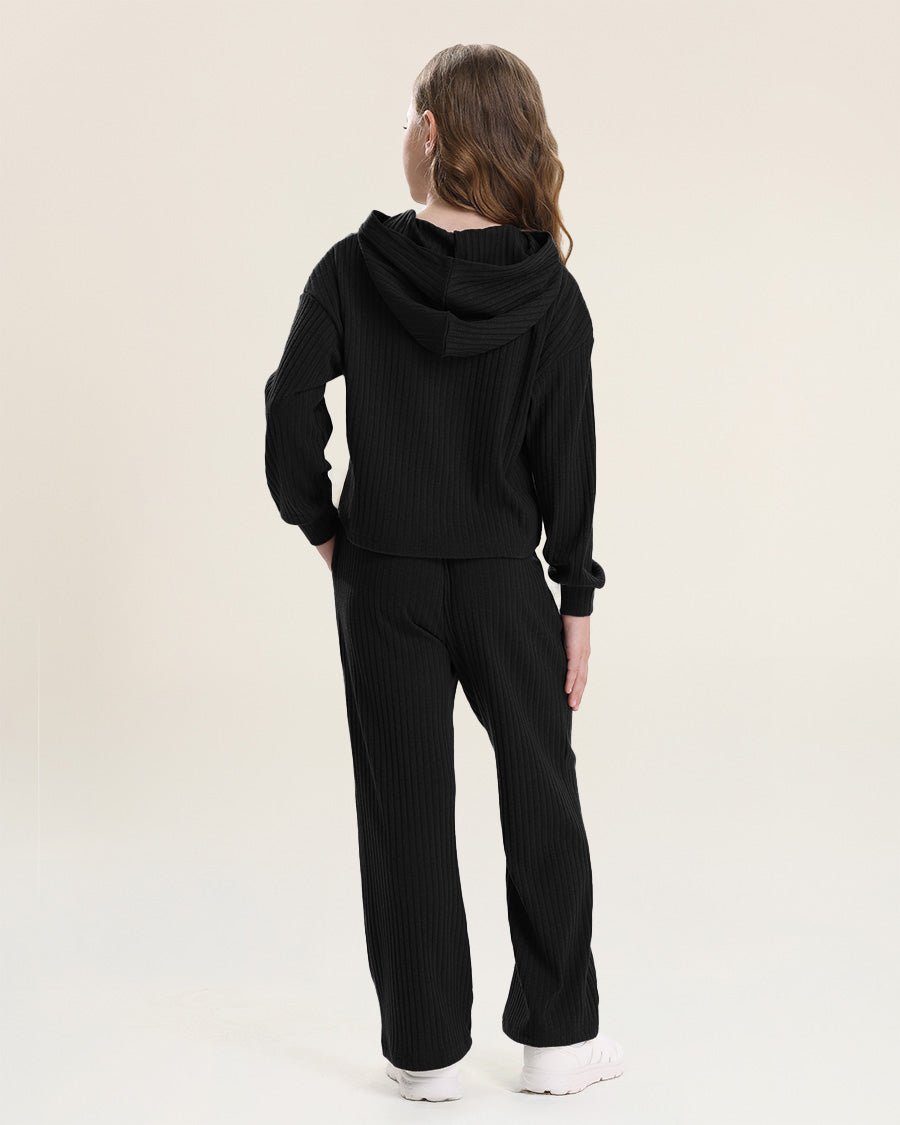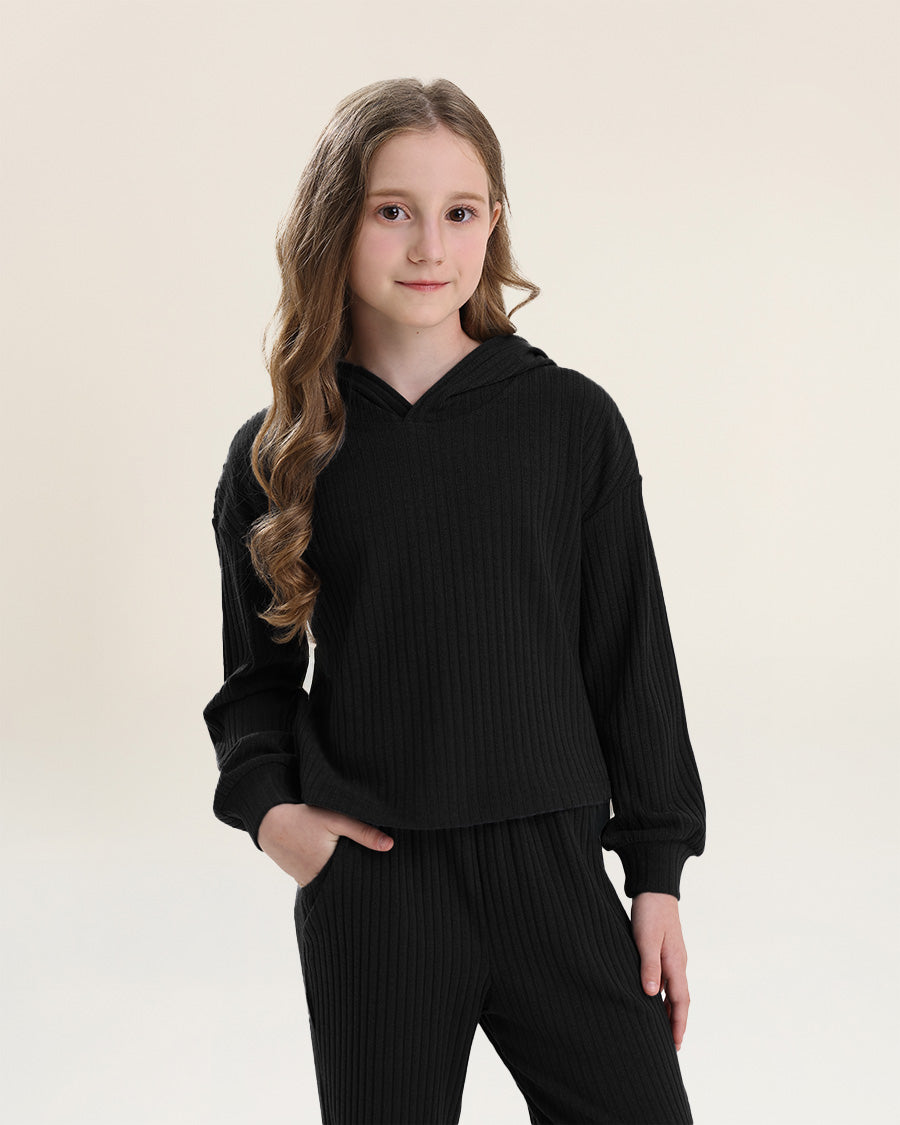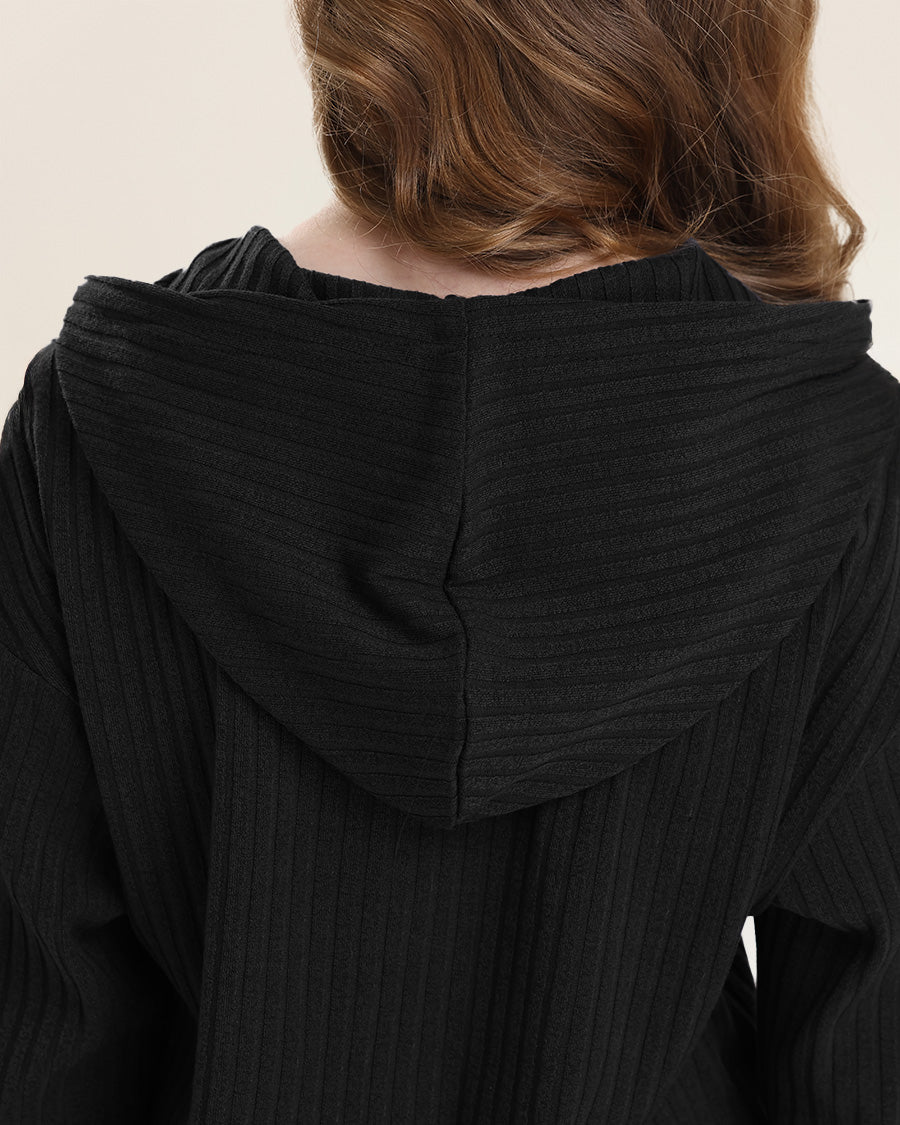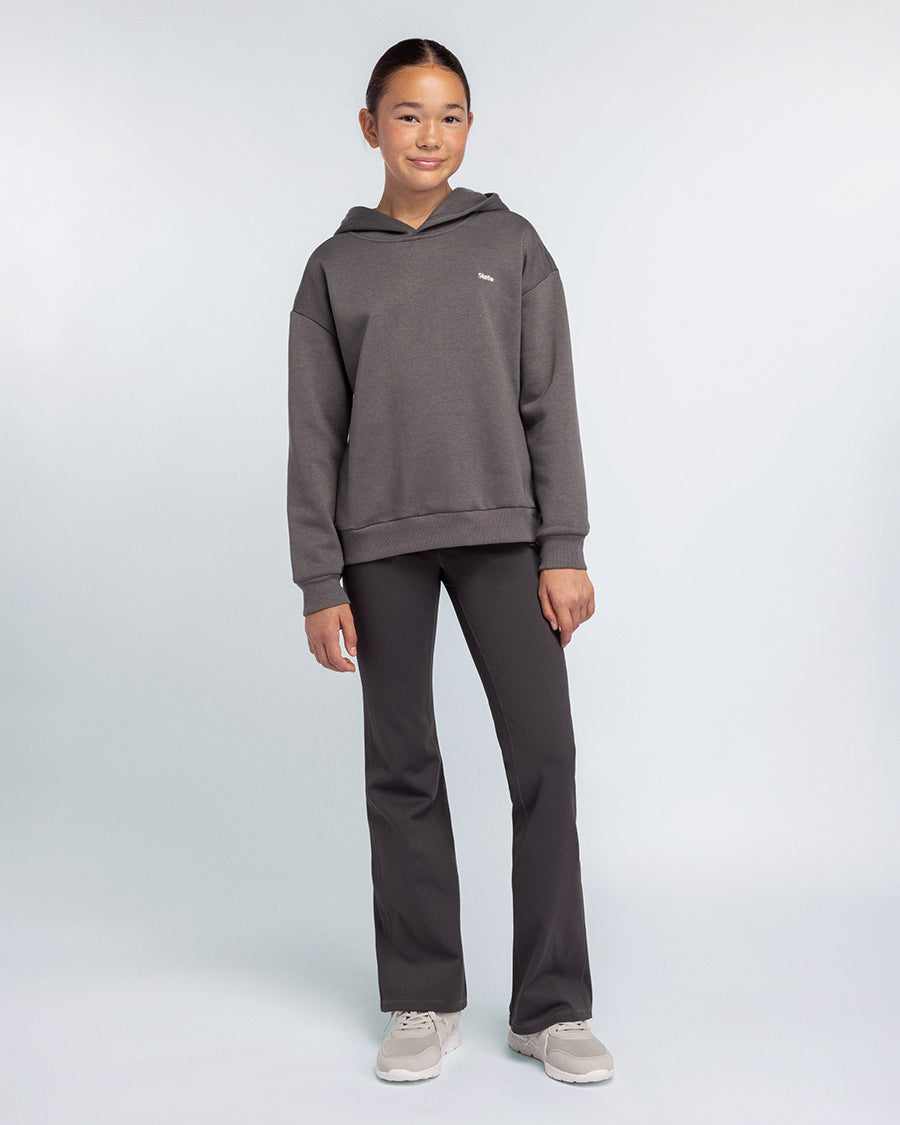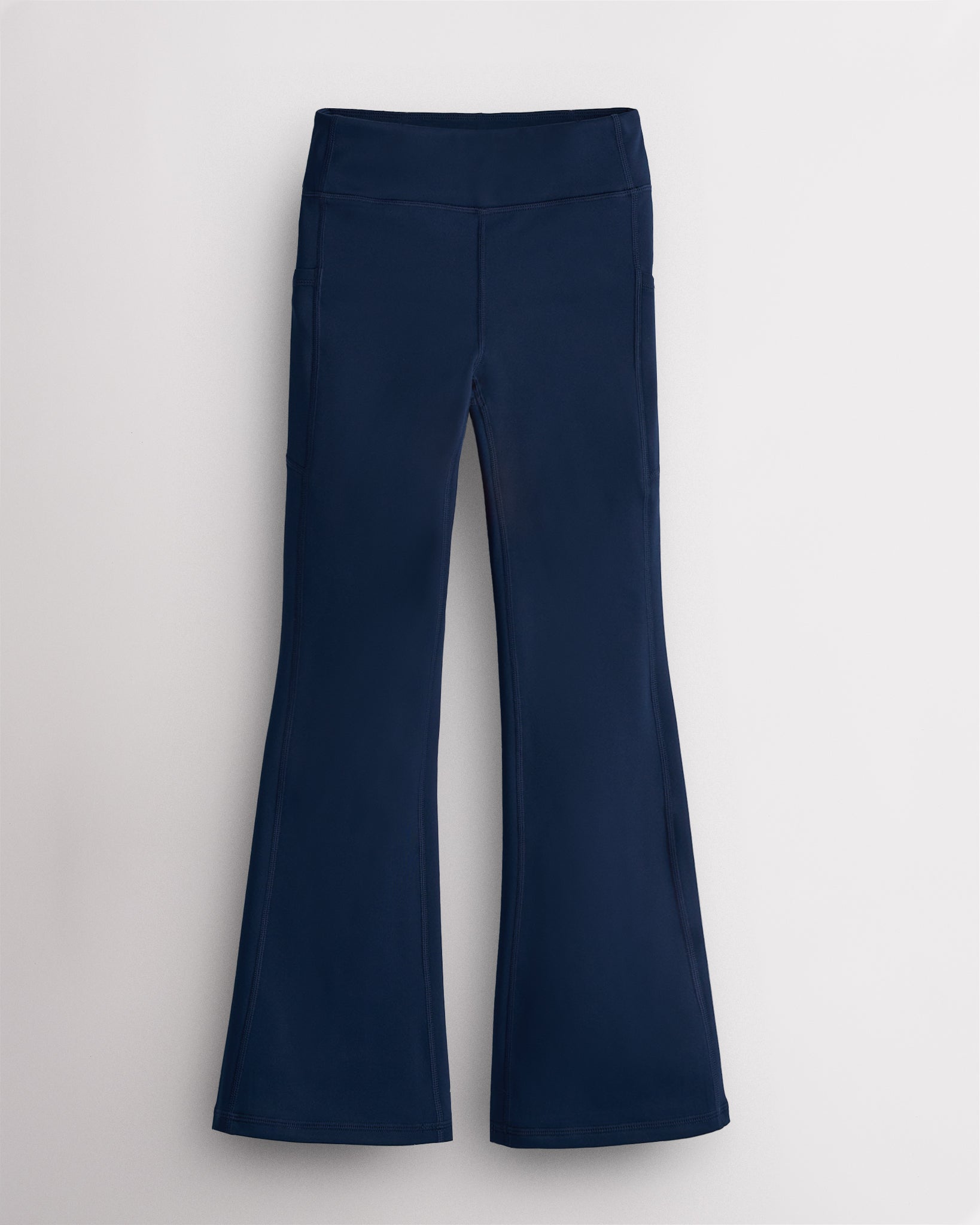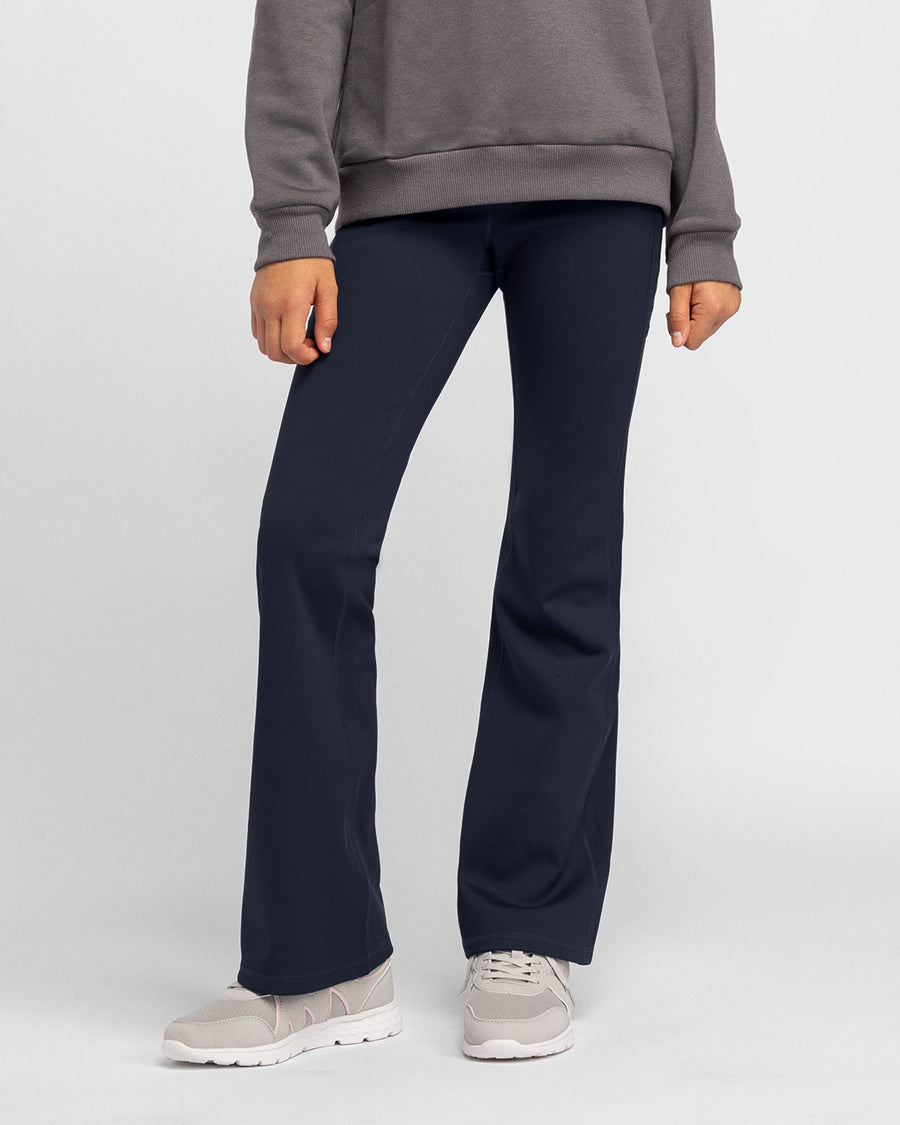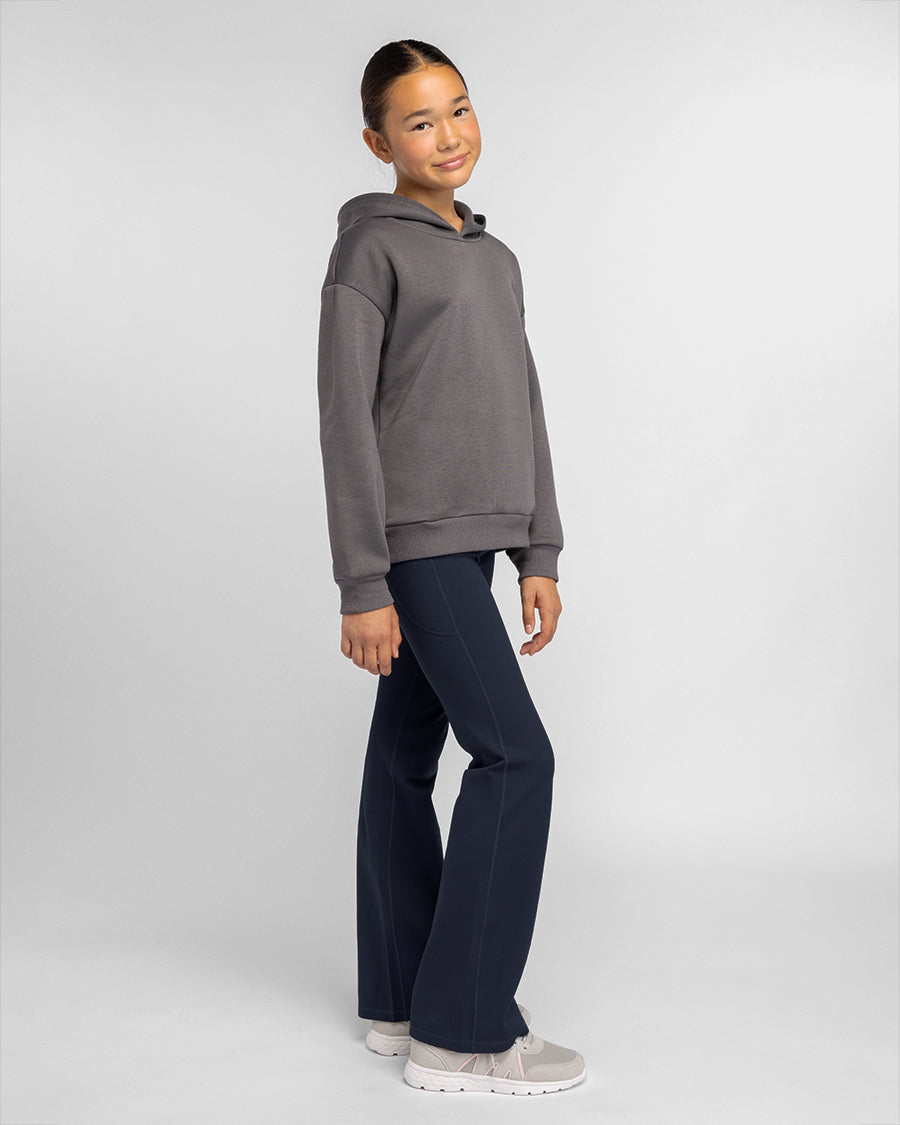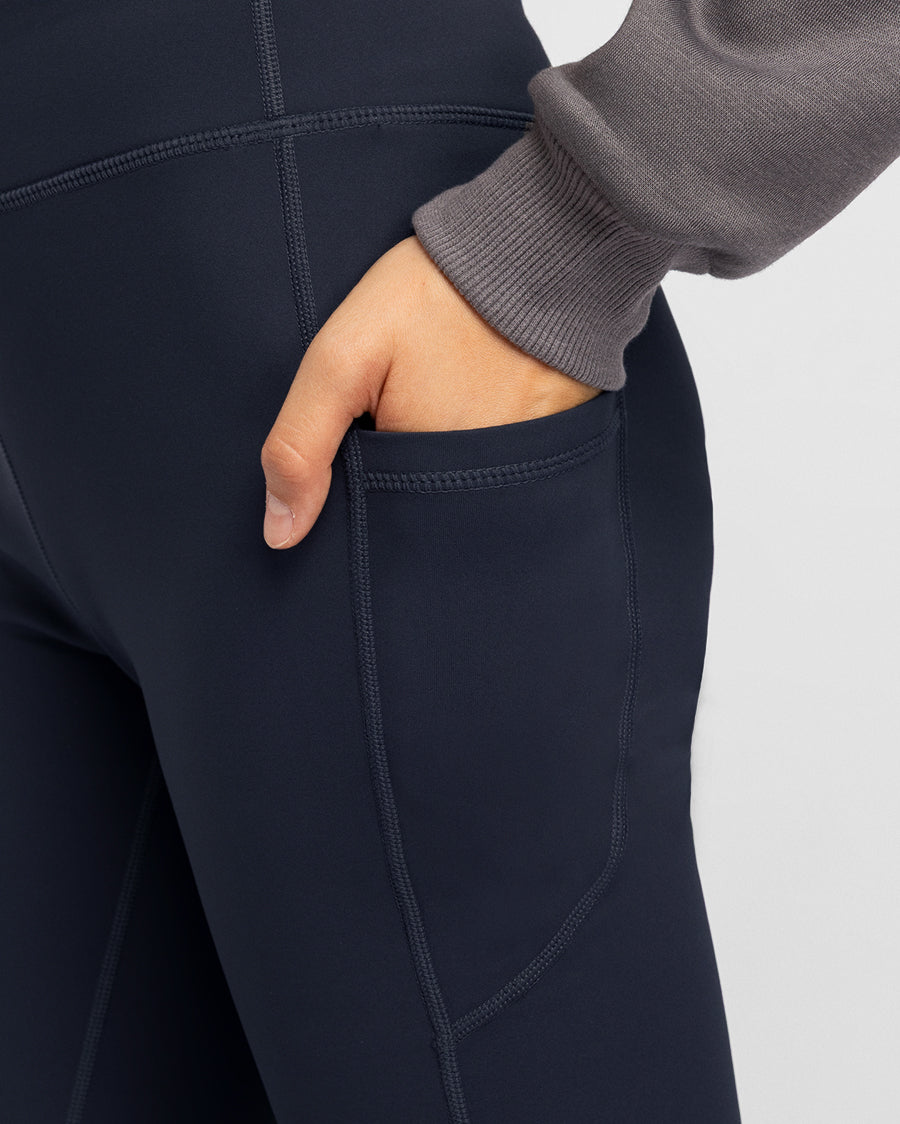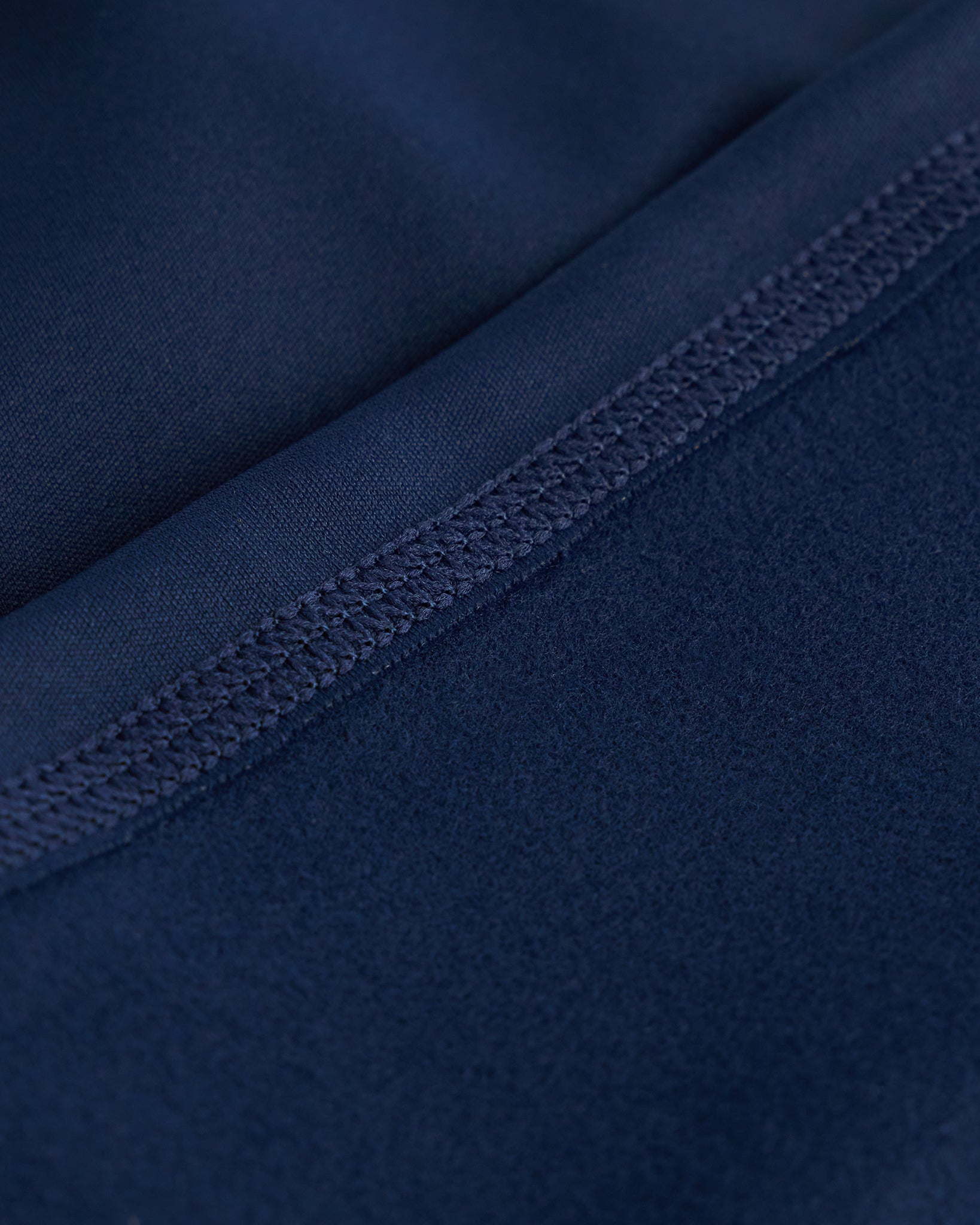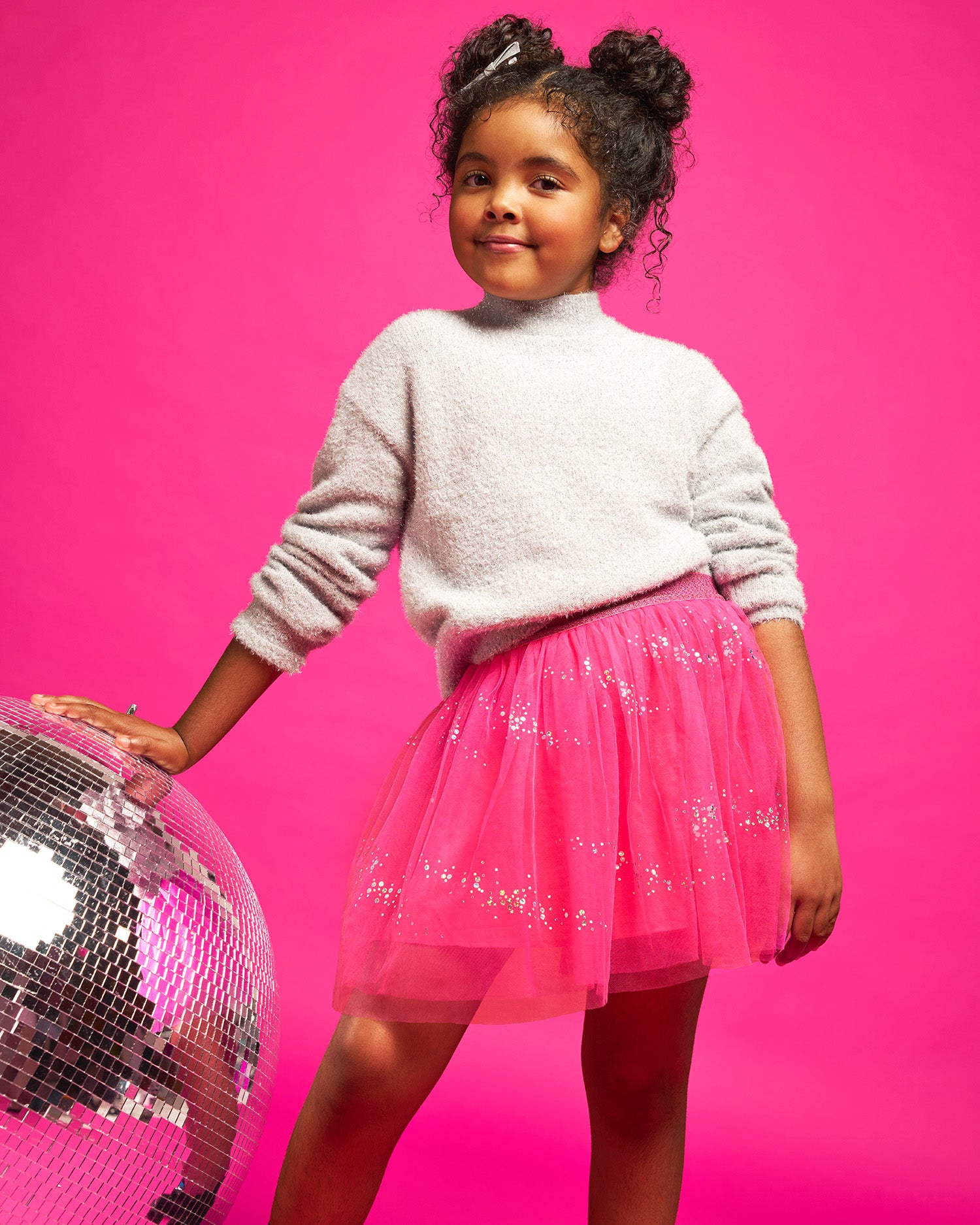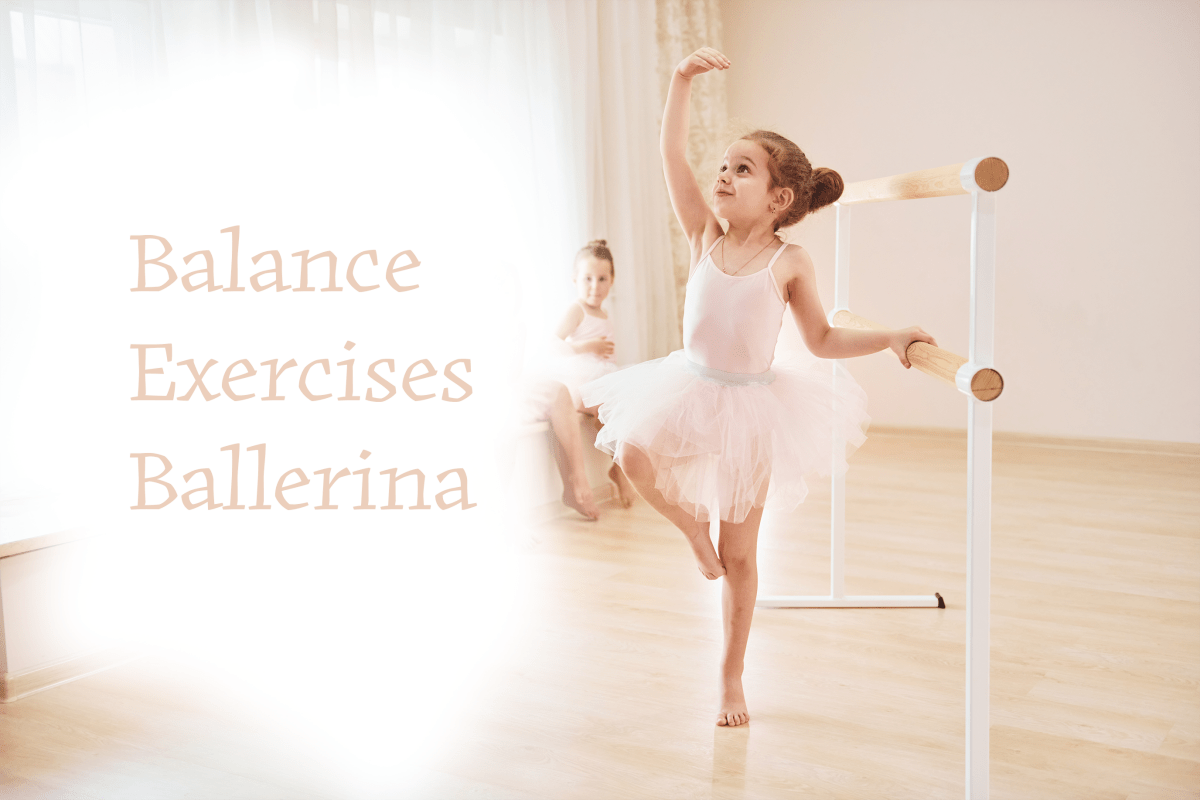
Did you know that the word "ballet" originates from the Greek word ballizo, which means to dance or "jump about"? In order to jump about properly in ballet, you need to have good balance and form, but it can be one of the most difficult aspects of ballet when little ones are first starting out.
As their skills progress, they'll naturally become better at balancing on their own. However, there are still some balance exercises for ballet you can try to make it easier for them in the long run.
Are you wondering how to improve balance in ballet? We're here to help you out. Read on to learn some of the top balance exercises you can help your little ballet dancer in order to improve their form!
Why is Balance in Ballet Important?
We'll first talk about why balance in ballet is so important. If you're not familiar with ballet, this can help you understand why these exercises are recommended as well as give you a greater appreciation for this dance that originated in the 15th century.
Balance is a key aspect of ballet because it's all about keeping a graceful form in motion. Professional ballet dancers appear like liquid across the stage, each part of their body working together in order to create a story. Balance requires a discipline of the mind as well as the body in order to dance consistently.
Balance also requires the right form and posture. As your child works on their balance each day, they're also strengthening core muscles, pulling back their shoulders, and lifting up the chin. This enables them to have a better stage presence as well as an easier time learning more ballet moves!
Balance Exercises for Ballet Dancers
Remember that your ballerina or ballerino should always work at their own pace. Practicing new exercising and learning new steps should never feel painful.
Work with your child's instructor so that they can give you the right advice on how often to practice these exercises. To make it even more fun, try the exercises with them!
Single Leg Lifts
This is a great exercise to start off with because it's simple and doesn't require a lot of space in your home. Your child will first start by placing their hands on their hips. All they need to do is extend and point their leg to the front, to the side, and to the back. Then they'll switch legs and copy the movement.
This exercise helps strengthen the legs and glutes. Remember to keep your back straight and adjust the height of your leg depending on how comfortable you feel.
Walking the Tight Rope
This is a fun, dynamic balance exercise because your child can imagine that they're walking on a tight rope. You can even do this outside with a chalk line, but remember that you'll want them to keep their back straight and eyes facing forward.
In demi-pointe, take tiny steps forward, crossing one foot in front of the other as you move forward. Squeeze your thighs and your glutes tight in order to stay balanced. You'll want to aim for four walks forward and four walks back.
As you walk, keep your hands straight out in front of you while pulling a towel or a rope taut.
See-Saw
This is a more challenging exercise that mimics the motion of a see-saw. With one foot flat on the ground, stretch the other leg in a long line behind you as you tip your body forward, keeping your back and neck straight. As your leg rises and your torso lowers, you'll want to be looking down at the ground as your torso and leg become parallel with the floor.
Lower your leg and raise your torso keeping your body as straight as before. You'll then switch legs and do the same thing on the other side!
Single-Leg Balance

Another fun exercise is the single-leg balance, but to make it even more challenging, try to do it for 60 seconds with your eyes closed. This should be in parallel passé on each leg with your hands resting lightly on your hips. Keep your back straight and your chin up with your other foot on a flat surface.
If you've mastered this exercise and want even more of a challenge, try slightly more unstable surfaces such as a pillow. When your child tries this for the first time, ensure that you're near them so that they don't get hurt if they lose their balance. Your child should also make sure to try this exercise in their dance shoes to get them accustomed to balancing in their ballet gear!
Practice Makes Perfect for Ballerinas
When it comes to balance exercises for your ballerina or ballerino, practice makes perfect! It's important that your child goes at their own pace so that they can stay excited about ballet and continue to want to go to classes. When your child is young, the goal should be on motivating them to try out a new skill–not pressure them to excel if they're not ready.
We love these balance exercises because they're simple, don't require a lot of space, and don't require any extra accessories. They're easy enough to learn but hard to master, and even the whole family can work on balancing alongside your little ballet dancer as they practice!
Ready to invest in some leotards, skirts, or more to get your child ready for their dance lessons? Take a look at the affordable dancewear we have available today!







